Are you interested in exploring historic homes? Here are the must-see historic houses in Spain:
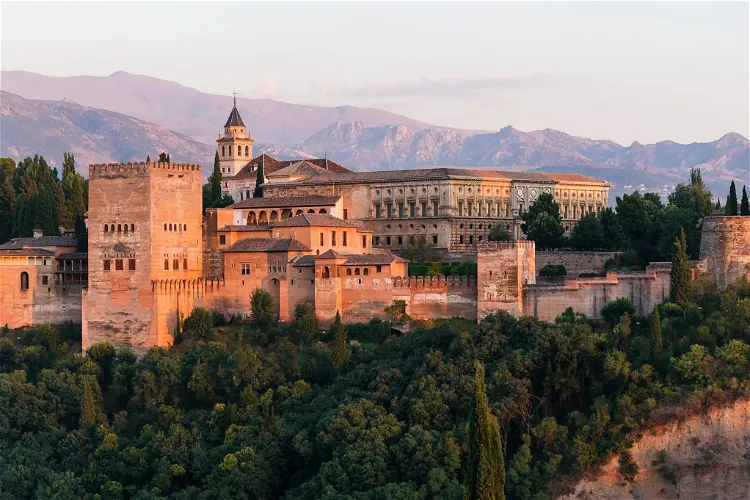
Alhambra
GranadaThe Alhambra, located in the city of Granada in the Andalusian region of Spain, is a historical building that was originally used as a palace and fortress. It was constructed with the architectural style of Islamic Arab, specifically the Kalʿatü'l-Hamrâ. Today, the Alhambra serves as a museum, offering visitors a glimpse into its rich history and architectural beauty.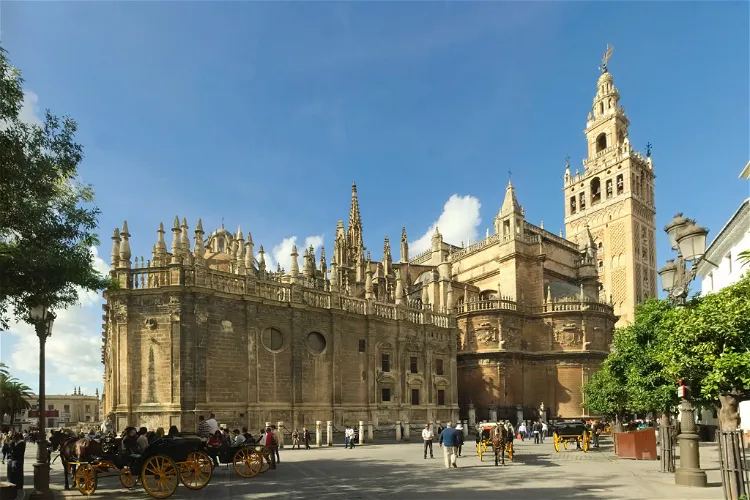
Seville Cathedral
SevilleSeville Cathedral, also known as the Cathedral of Saint Mary of the See, is a significant landmark in Seville, Spain. It holds the distinction of being the world's largest Gothic church and the third largest church overall. This Roman Catholic cathedral is a testament to the architectural prowess of the Gothic era and offers a unique insight into the religious history of Spain.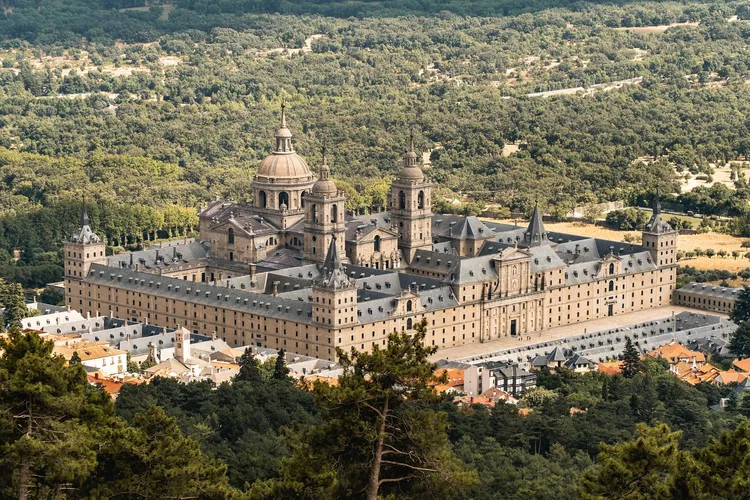
Royal Site of San Lorenzo de El Escorial
MadridEl Escorial, located in the Madrid Autonomous Region at the foot of the Sierra de Guadarrama mountain, is a significant religious and cultural structure. It comprises a monastery, palace, library, and other sections. This complex was used as a residence by King Philip II of Spain, adding to its historical significance.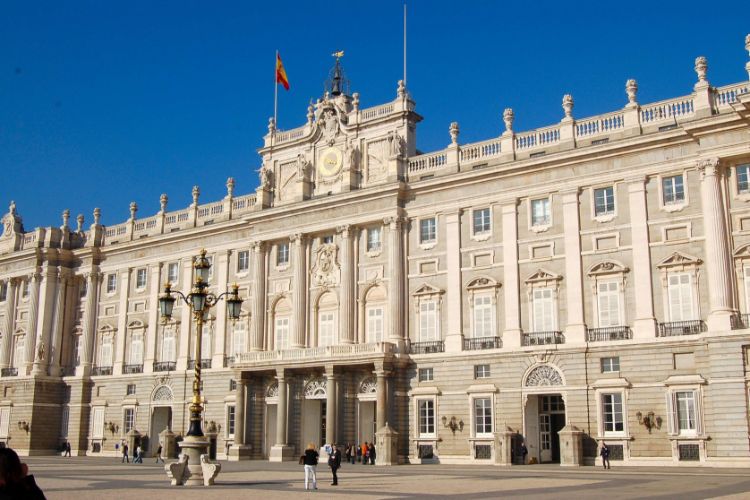
Royal Palace of Madrid
MadridThe Royal Palace of Madrid is the official residence of the Spanish royalty but is used only for state ceremonies. Visitors can see the marvelous interior decorations, made using various materials, from marble to mahogany. The palace is also home to Royal Armoury of Madrid. Surrounded by large and p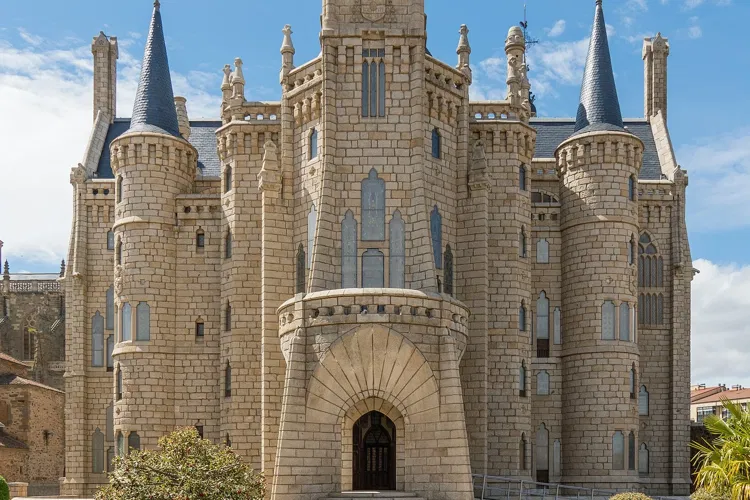
Palace of Gaudí
AstorgaThe Episcopal Palace of Astorga, a masterpiece by the renowned Catalan architect Antoni Gaudí, stands as a testament to the Catalan Modernisme style. Constructed between 1889 and 1913, this architectural marvel is one of only three buildings by Gaudí outside Catalonia. Its unique design and historical significance make it a fascinating destination for those interested in architecture and history.
Granada Cathedral
GranadaThe Granada Cathedral, also known as Santa María de la Encarnación de Granada, is a significant religious site located in Granada, southern Spain. It serves as the seat of the Archbishop of Granada. The cathedral's rich history and architectural grandeur make it a notable point of interest for visitors.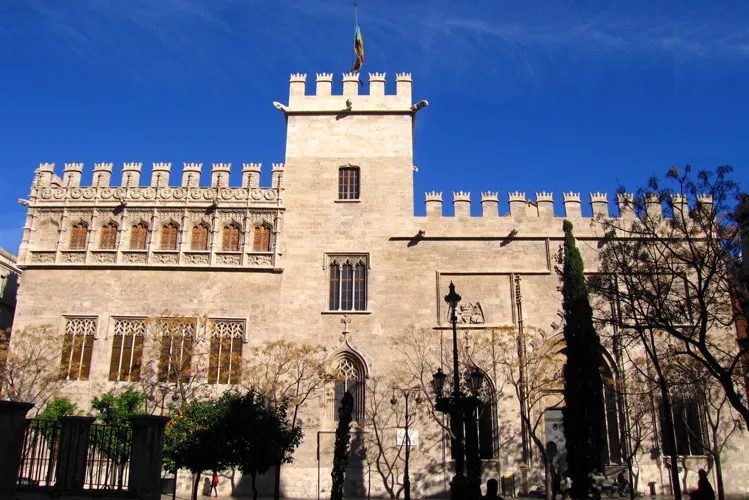
The Silk Exchange
ValenciaThe Silk Exchange, also known as Lonja de la Seda or Llotja de la Seda, is a significant historical building in Valencia, Spain. It showcases the late Valencian Gothic architectural style, making it a unique attraction for those interested in history and architecture.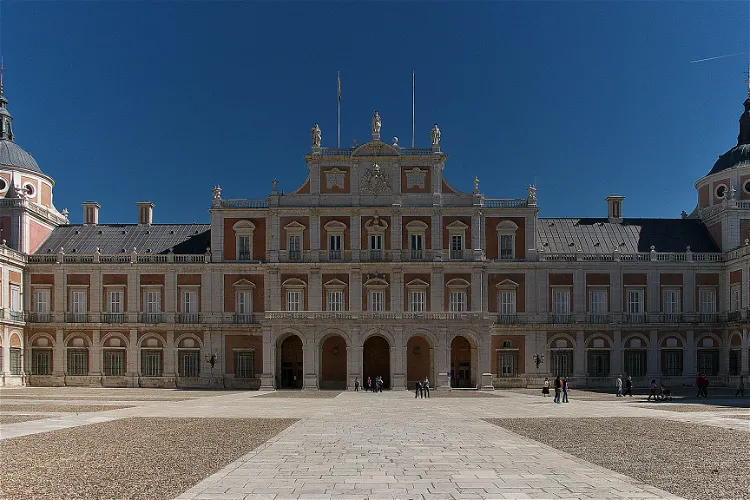
Royal Palace of Aranjuez
MadridThe Royal Palace of Aranjuez is a baroque palace situated in the Spanish city of Aranjuez, approximately 50 kilometers south of Madrid. The palace was built on the remains of a monastery, which was acquired by the Spanish king in the 16th century. Over the centuries, it became one of the summer residences of the royal family.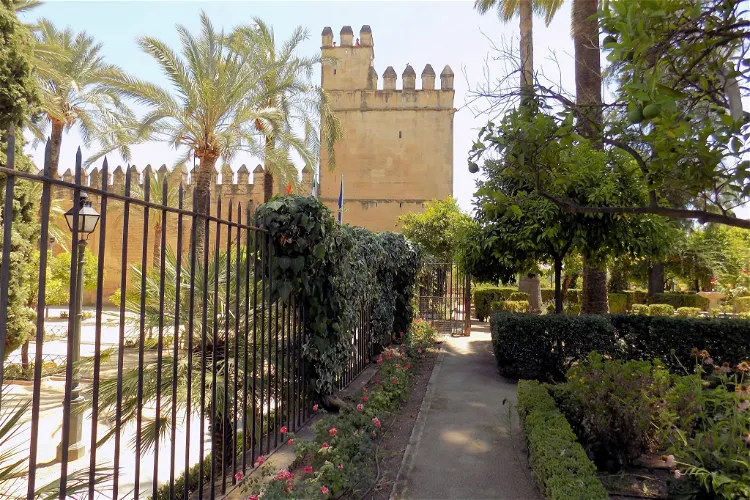
Castle of the Christian Monarchs
CórdobaThe Alcázar de los Reyes Cristianos, or Castle of the Christian Monarchs, is a palace-fortress located in Cordoba. It was constructed in 1328 by Alfonso XI on the site of an ancient Arab palace. This historical site offers a glimpse into the rich history of the region, with its architecture reflecting the various cultures that have influenced it over the centuries.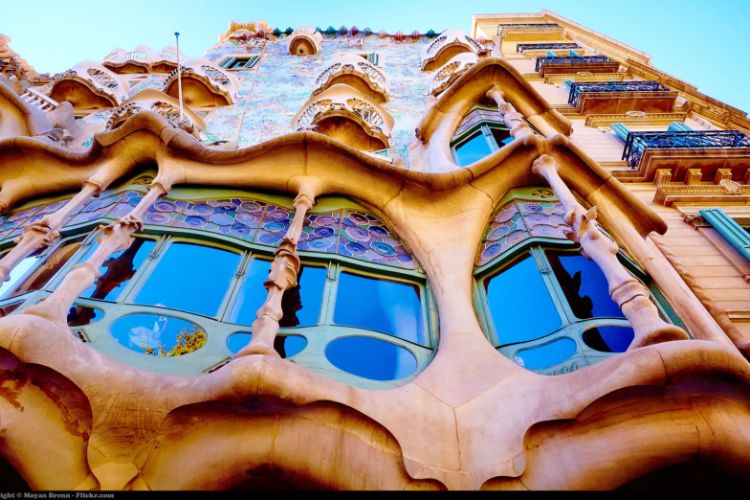
Casa Batlló
BarcelonaCasa Batlló is a building in the city centre of Barcelona that was designed by Antoni Gaudí, which is considered one of his masterpieces. Casa Batlló has been open to the public since 2002. You can visit the former residence of the Batlló family (Noble Floor), the former storerooms and laundry rooms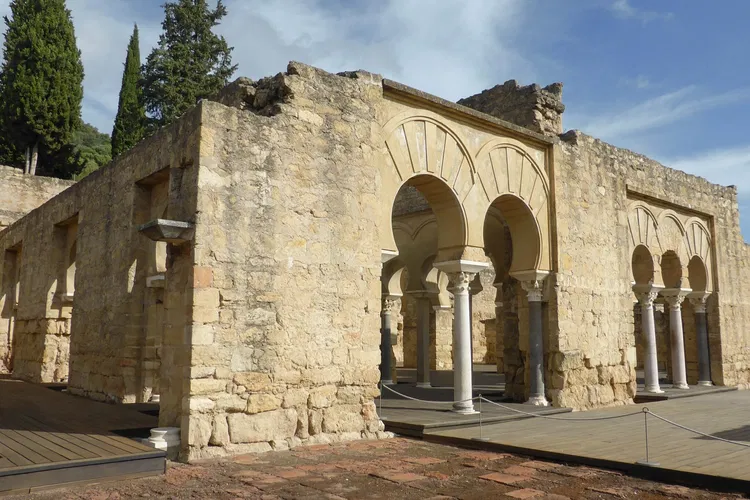
Madinat al-Zahra
CórdobaMadīnat az-zahrāʾ, also known as Medina Azahara, is a historical site located in southern Spain. It is situated approximately eight kilometers west of Córdoba and offers a panoramic view of the valley and the city of Córdoba. This former palace city is a significant part of Spain's rich history and is a fascinating destination for tourists interested in historical and architectural exploration.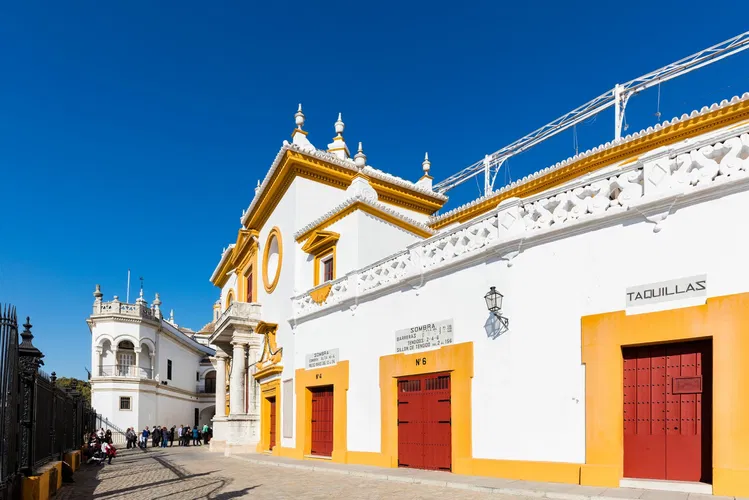
Maestranza (Seville)
SevilleThe Plaza de Toros de la Real Maestranza de Caballería de Sevilla is a significant landmark in Seville, Spain. This bullring, with a capacity of 12,000, is one of the most visited tourist attractions in the city. It is not only a stage for bullfighting but also a symbol of the city's rich history and culture.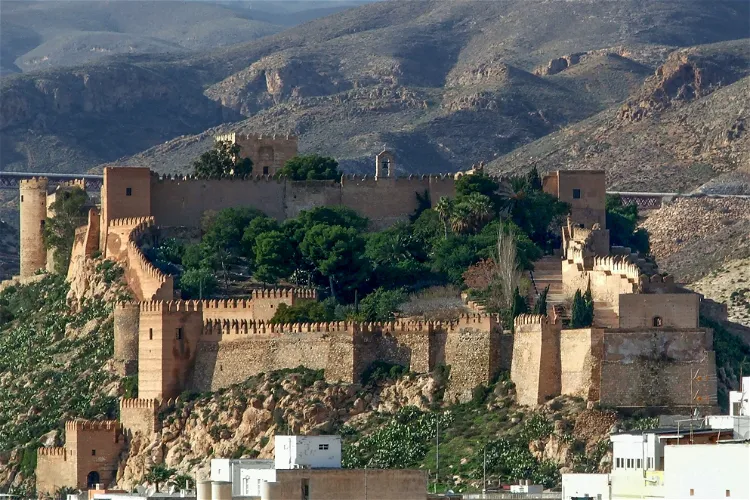
Alcazaba of Almería
AlmeriaThe Alcazaba of Almería, located in southern Spain, is a fortified complex with a rich history dating back to 955. This structure was not only a defensive citadel but also the seat of local government, overseeing the city and the nearby sea. Its strategic location and historical significance make it a fascinating destination for tourists interested in history and architecture.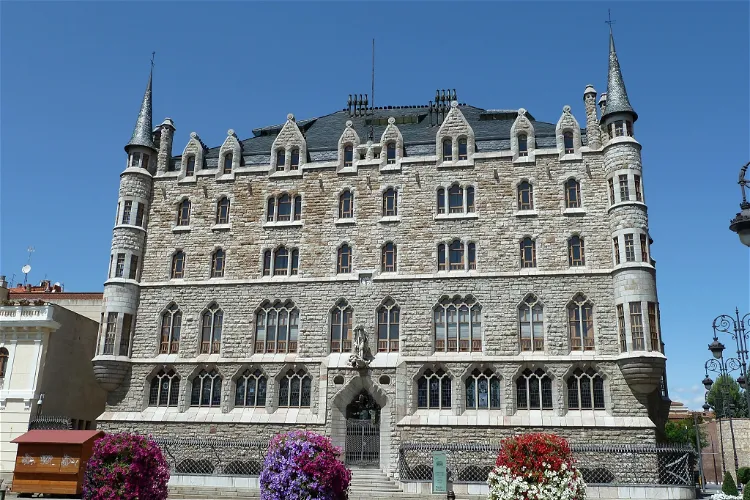
Gaudí Botines House Museum
LeónThe Casa Botines, constructed between 1891 and 1892, is a Modernist building located in León, Spain. This architectural masterpiece was designed by the renowned architect Antoni Gaudí. Today, it serves as a museum that showcases the works of Gaudí, Spanish art from the 19th and 20th centuries, and the history of the Casa Botines itself.
Arco de Santa María
BurgosThe Arco de Santa María in Burgos, Spain, is a significant historical site, being one of the twelve medieval gates that the city had during the middle ages. This gate is a testament to the city's rich history and offers a glimpse into the past.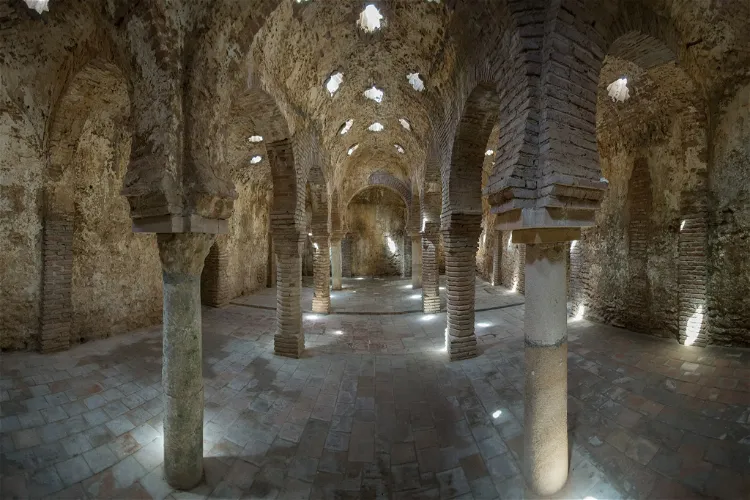
Arab Baths
RondaVisit the richly ornate spa complex that is really extraordinarily well preserved. Situated in a charming old quarter, too.
Museo do Pobo Galego
Santiago de CompostelaThe Museo do Pobo Galego, or Museum of the Galician People, is a private institution located in Santiago de Compostela. It was established in 1976 and opened to the public in 1977. The museum is housed in the former Dominican convent San Domingos de Bonaval, adding a layer of historical significance to the site.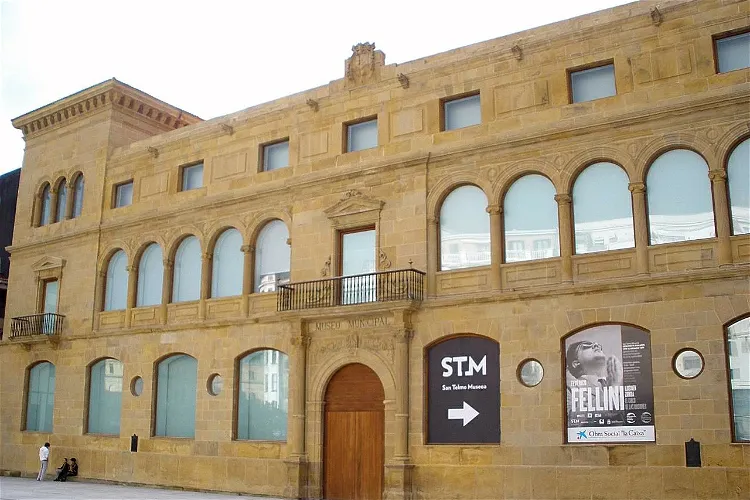
San Telmo Museum
San SebastiánThe San Telmo Museum is situated in a prime location in San Sebastián, Spain. It is nestled on the plaza de Zuloaga, adjacent to the scenic Mount Urgull. This location not only offers easy access to the museum but also provides visitors with stunning views of the surrounding landscape.
Nau Gaudí
MataróBuilt between 1878 and 1883 by Antonio Gaudí. Highlight is the structure of the whitening room with parabolic arches.
Gaudí Center
ReusThe Gaudí Centre, located in Reus, Catalonia, Spain, is a museum dedicated to the life and works of the renowned Spanish architect Antoni Gaudí I Cornet. This museum offers a comprehensive insight into Gaudí's artistic journey, showcasing his unique architectural style and innovative design techniques.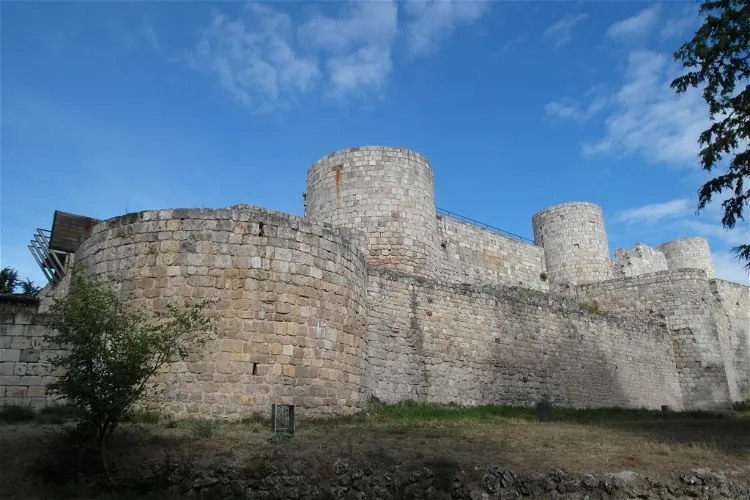
Castle of Burgos
BurgosThe Castle of Burgos is located on top of a small mountain, Cerro del Castillo, and stands about 75 meters above the city. This strategic location offers a panoramic view of the city, making it a great spot for sightseeing. The castle's elevated position also provides insight into its historical role as a defensive structure.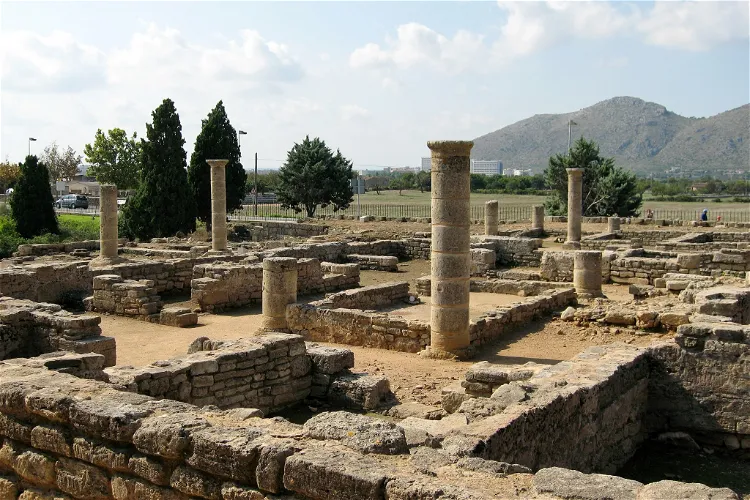
Roman City of Pollentia
AlcudiaPollentia, located in the municipality of Alcudia, is the most significant Roman archaeological site in Mallorca, Spain. This ancient city offers a unique glimpse into the Roman era, providing a rich historical context for visitors.
Museum of Santa Cruz
ToledoThe Museum of Santa Cruz is a significant cultural institution located in the historic centre of Toledo, Spain. It is an art, archaeology, and ethnographic museum that showcases collections related to the province of Toledo. The museum is a great place for tourists who are interested in art, history, and culture.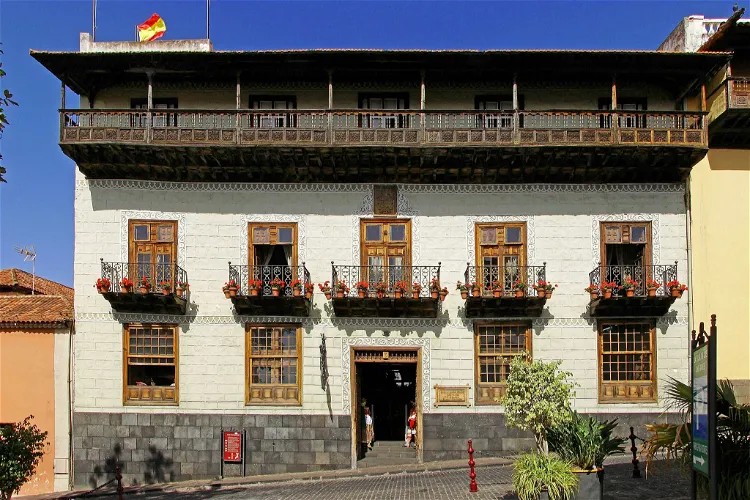
House of the Balconies
La OrotavaThe House of the Balconies, also known as Casa Méndez Fonseca, is a significant historical site in La Orotava, located in the north of Tenerife in the Canary Islands archipelago. This house is known for its unique three-story facade, referred to as 'sobrada', and its magnificent patio with carved wooden balconies. The house's history dates back to 1632 when it was originally built for Colonel Pedro Méndez de Castro. Over the years, the house has changed owners multiple times, with the ancestors of the current owners acquiring it in 1881.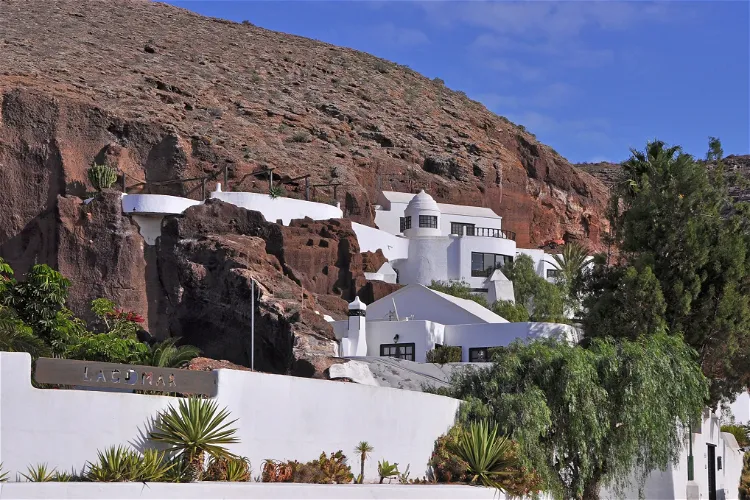
Lagomar Museum
TeguiseHouse and its garden built into the volcanic rock. Fascinating place that used to serve as a filming atelier, now it hosts art exhibitions.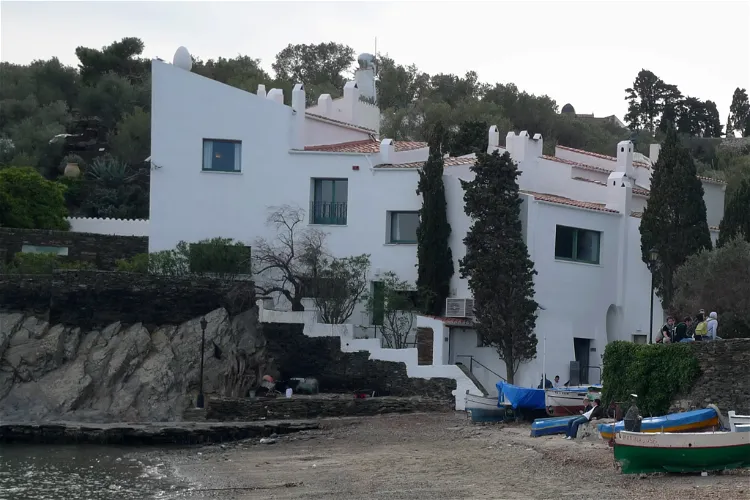
Salvador Dalí House Museum
CadaquésThe Salvador Dalí House Museum, located in Portlligat near Cadaqués, is a significant site as it was once the only stable residence of the renowned painter Salvador Dalí. Today, it serves as a museum, offering visitors a unique insight into the life and work of the artist.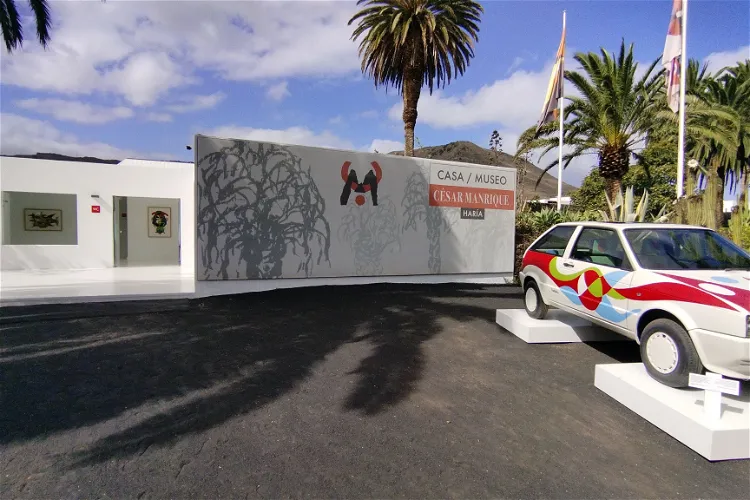
César Manrique House Museum
HaríaCésar Manrique's artistic influence extends to many buildings and projects on Lanzarote. These include the Mirador del Río, Jameos del Agua, Jardín de Cactus, the restaurant El Diablo in Timanfaya National Park, and the Gran Meliá Salinas hotel in Costa Teguise. These works reflect his unique style and his commitment to harmonizing architecture with nature.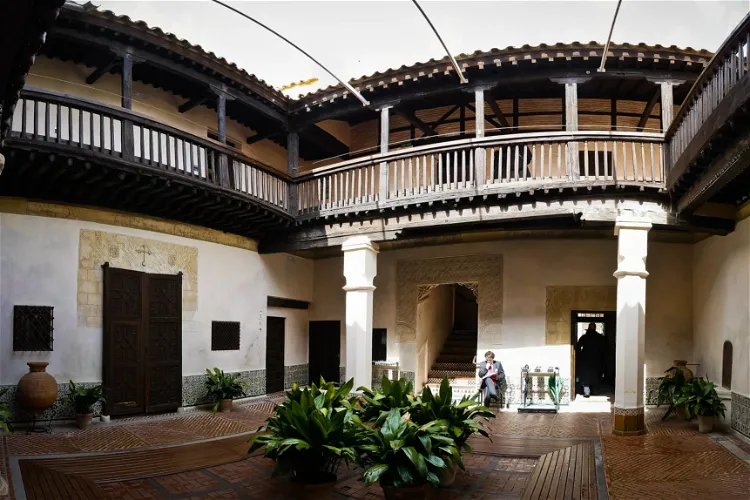
El Greco Museum
ToledoThe El Greco Museum, situated in the city of Toledo, Spain, is a tribute to the life and work of the renowned painter El Greco. Born in Crete, El Greco spent a significant part of his life in Toledo, where he created most of his masterpieces. The museum offers a unique opportunity to delve into the artist's life and explore his prolific work.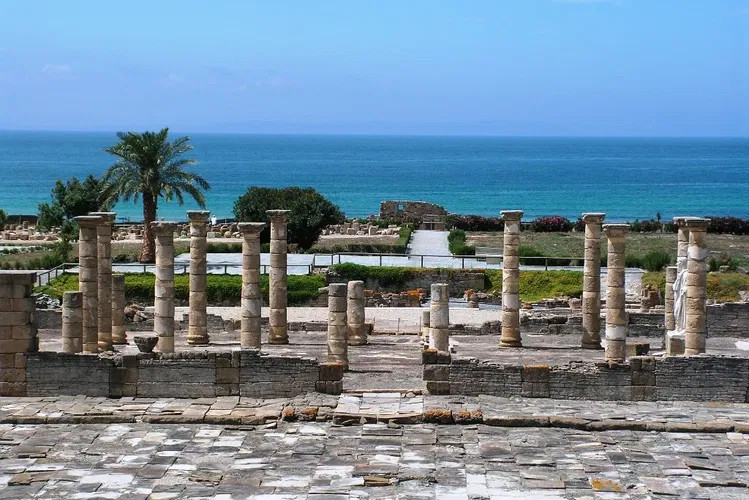
Baelo Claudia
TarifaBaelo Claudia is a Roman ruin city that is situated approximately 17 kilometers northwest of Tarifa, in the direction of Cádiz on the Atlantic coast. It is located right on Playa de Bolonia, offering visitors a unique blend of historical exploration and beachside relaxation.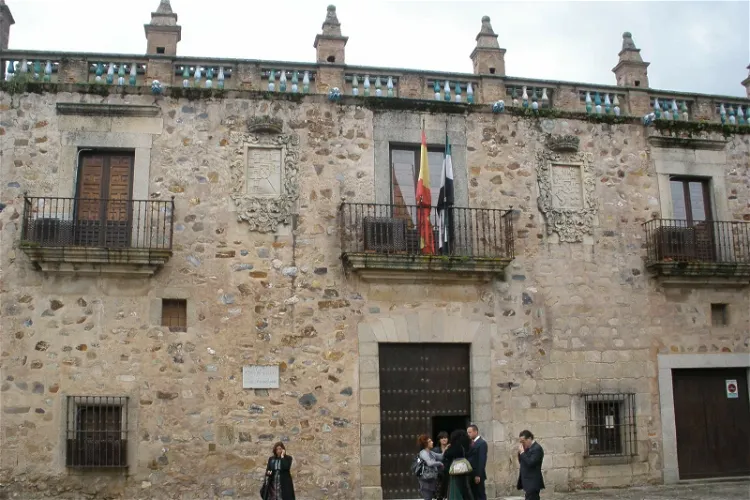
Cáceres Museum
CáceresThe Cáceres Museum is situated in the old town of the city, occupying two historic buildings: the Palace of Veletas and the House of Horses. These buildings themselves are a part of the city's history and their architecture is a testament to the region's past.
Roman Theatre Museum
CartagenaThe Roman Theatre Museum in Cartagena, a creation of architect Rafael Moneo, was officially opened to the public on July 11, 2008. The museum is dedicated to the excavation, restoration, and enhancement of the Roman Theatre of Cartagena.- Online discount!

La Pedrera
BarcelonaCasa Milà, popularly known as ‘La Pedrera’ (the stone quarry), an ironic allusion to the resemblance of its façade to an open quarry, was constructed between 1906 and 1912 by Antoni Gaudí (1852-1926). For its uniqueness, artistic and heritage value have received major recognition and in 1984 was ins 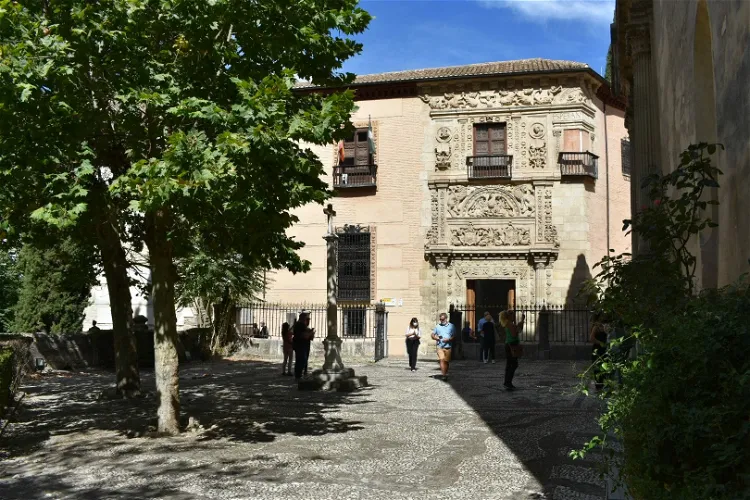
Castril Palace
GranadaCastril House, a Renaissance palace, is situated in the Spanish city of Granada, within the autonomous community of Andalusia. Today, it serves as the home of the Granada Archaeological Museum. This location offers visitors a chance to explore the rich history of the region through the museum's extensive collection.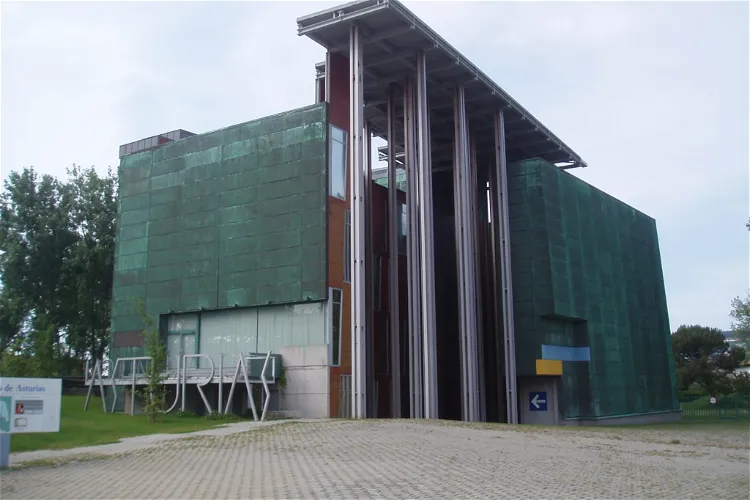
Museum of the Asturian People
GijónThe Museum of the Asturian People is situated in the city of Gijón, in the Principality of Asturias, Spain. This location is easily accessible for tourists visiting the region and offers a unique insight into the culture and history of the Asturian people.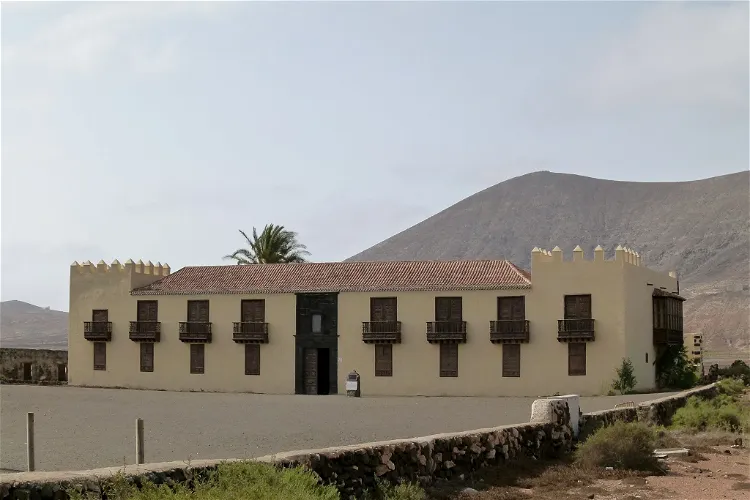
House of the Colonels
La OlivaCasa de los Coroneles is a historic building located in La Oliva, Canary Islands, Spain, on the island of Fuerteventura. This building holds a significant place in the history of the island and is a testament to the architectural style of the time.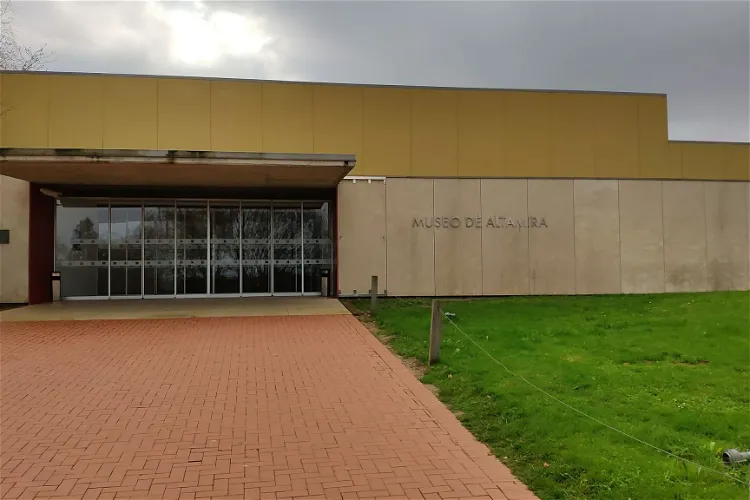
National Museum and Research Center of Altamira
Santillana del MarVisitors to the National Museum and Research Center of Altamira can participate in prehistoric technology workshops, offering a unique opportunity to learn about the tools and techniques used by early humans. The museum also hosts a permanent exhibition, 'Times of Altamira', which showcases objects not only from the Altamira cave but also from other palaeolithic caves in the Cantabria region.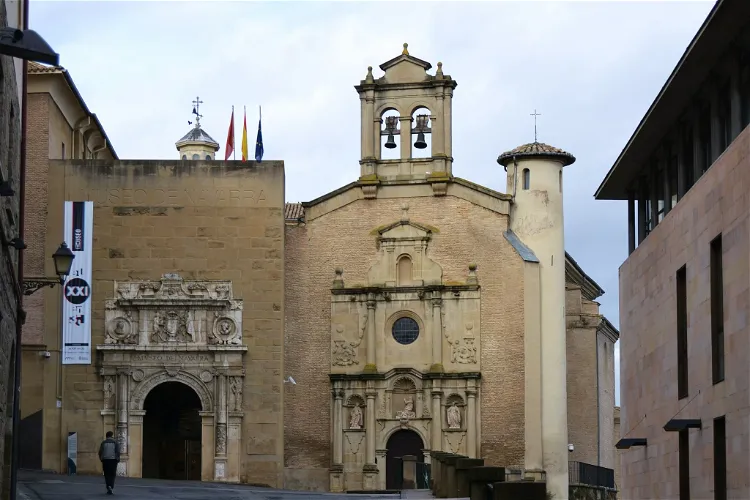
Museum of Navarre
PamplonaThe facade and chapel of the Museum of Navarre date back to the 16th century. The front is a work of Juan de Villarreal and Martín de Azcárate from 1556 and is the only example of civil Renaissance architecture in Pamplona. The side entrance to the chapel has a facade in the form of a 17th-century altarpiece from a church that was located on the main street, opposite the church of Santiago, in Puente la Reina.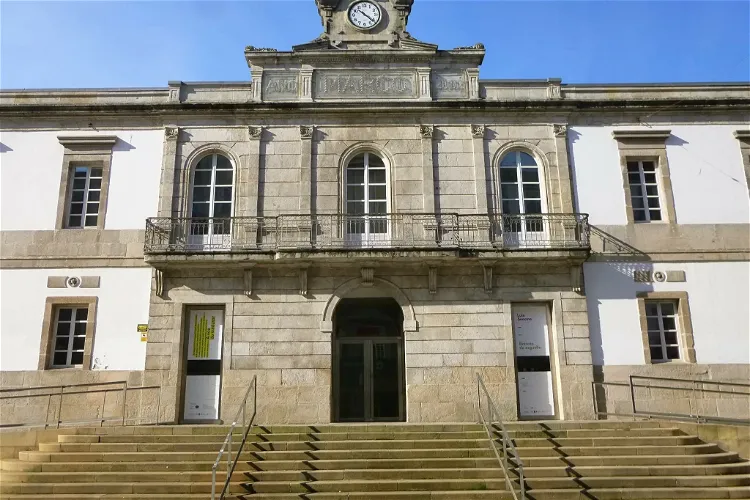
Museum of Contemporary Art
VigoThe Museum of Contemporary Art in Vigo, also known as MARCO, was officially opened to the public on November 13, 2002. It is located in the city of Vigo, in the region of Galicia, Spain. This museum is a significant cultural landmark in the city and offers a unique experience for art enthusiasts and tourists alike.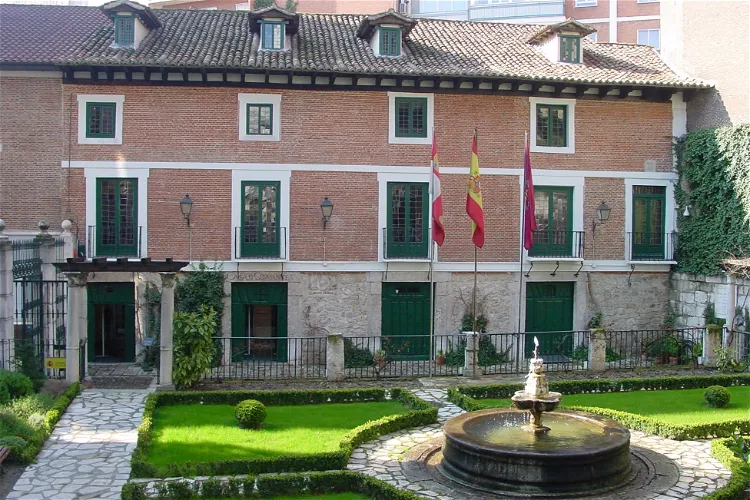
Cervantes Museum
ValladolidThe Casa de Cervantes, or Cervantes' House, is a museum situated in the city of Valladolid, Spain. This building was once the residence of the renowned Spanish author, Miguel de Cervantes. It offers a unique opportunity to explore the life and times of the author in the very place he once called home.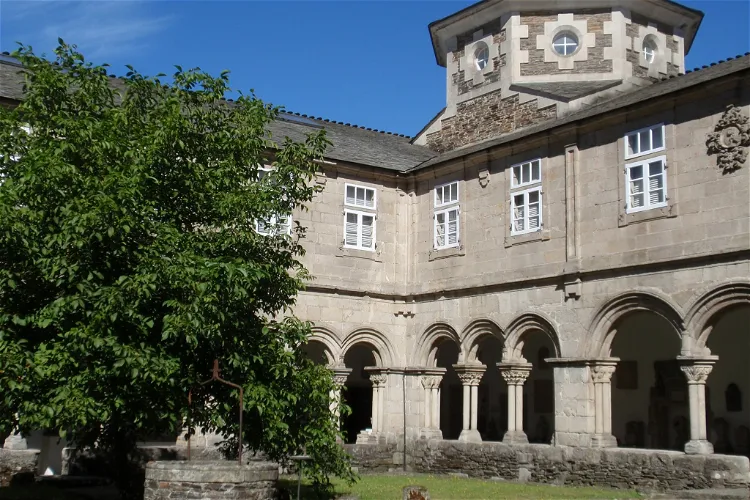
Provincial Museum of Lugo
LugoThe Provincial Museum of Lugo, situated in the Galician city of Lugo in Spain, was established in 1932 by the Provincial Council of Lugo. This museum is a significant cultural institution in the region, offering a rich collection of archaeological, historical, and artistic materials for visitors to explore.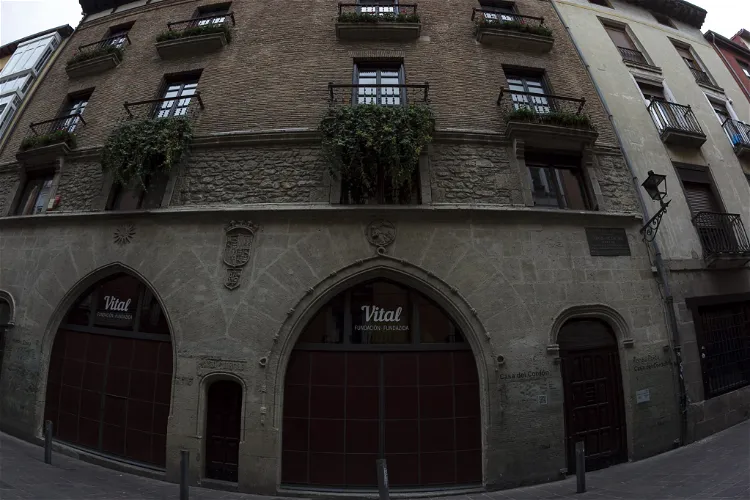
House of Cordón
Vitoria-GasteizThe Casa del Cordón is a significant historical building located in the Cuchillería street of the Old Quarter in Vitoria-Gasteiz, in the province of Alava, Basque Country, Spain. This monumental house or palace is a notable example of civil Gothic architecture and has been a residence for illustrious figures of its time.
Roman Museum of Astorga
AstorgaThe Roman Museum, situated in Astorga, Spain, is a significant historical site that offers a deep dive into the Roman history of the region. The museum is housed in the 'Roman Ergástula', a Roman-era construction that has been declared a National Historic Monument since 1951. This location adds a unique historical context to the museum, making it a fascinating destination for those interested in Roman history and architecture.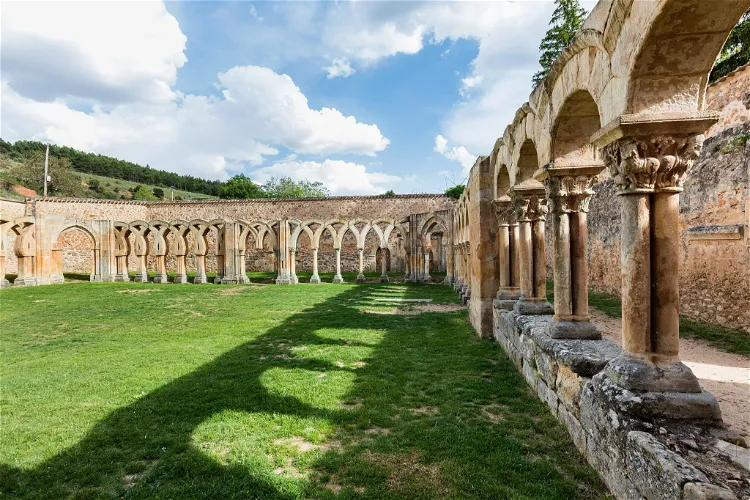
Monastery of San Juan de Duero
SoriaSan Juan de Duero, also known as Arcos de San Juan de Duero, is a significant site of Castilian Romanesque architecture. It is situated on the outskirts of the city of Soria, in the region of Castilla y León, Spain. This historical site serves as the Medieval Section of the Numantine Museum, offering visitors a glimpse into the architectural style and history of the period.
Tower of Infantado
PotesToday, the Tower of Infantado serves as an exhibition center, showcasing various displays that reflect its rich history. Recognized as a Site of Cultural Interest since 1985, it offers visitors a unique insight into the region's past.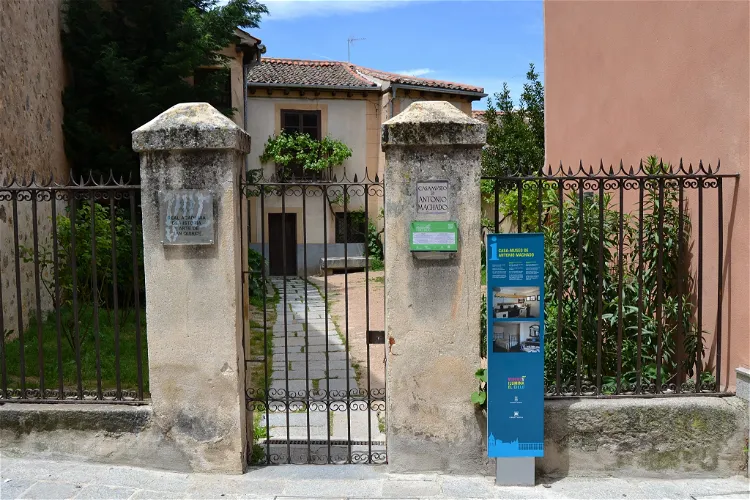
Antonio Machado House-Museum
SegoviaThe Antonio Machado House-Museum in Segovia is a traditional dwelling that was used as a boarding house in the 19th and part of the 20th century. It is located in the historic center of the city of Segovia, Spain. This location offers visitors a chance to step back in time and experience a piece of Spanish history.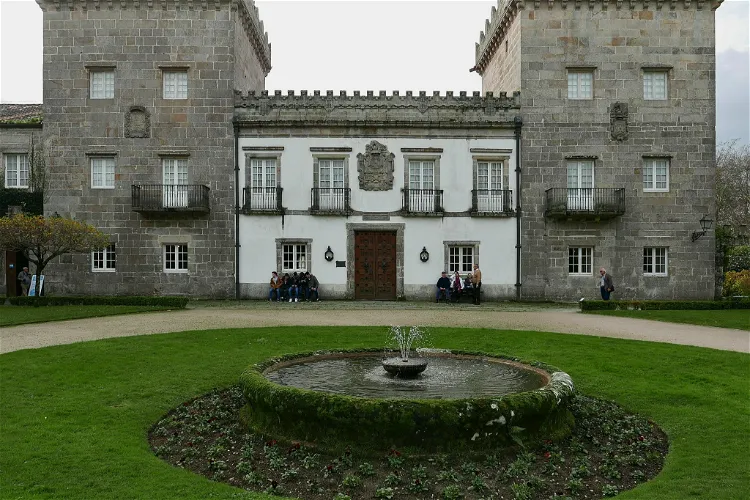
Quiñones de León Museum
VigoThe Quiñones de León Municipal Museum, located in Vigo, is renowned for its extensive collection of Galician painting. This collection is one of the best permanent displays of Galician art in the region. Additionally, the museum also houses an interesting archaeology section, providing visitors with a glimpse into the rich history and culture of the area.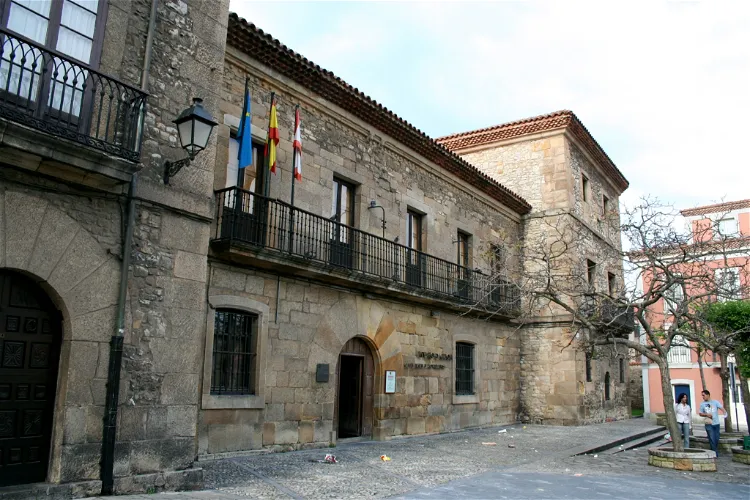
Jovellanos Birthplace Museum
GijónThe Jovellanos Birthplace Museum is situated in a palatial house in the Cimadevilla neighborhood of Gijón, Asturias, Spain. This location is steeped in history and offers a unique insight into the life and times of Jovellanos, a prominent figure in Spanish history. The museum is easily accessible and is a significant landmark in the city.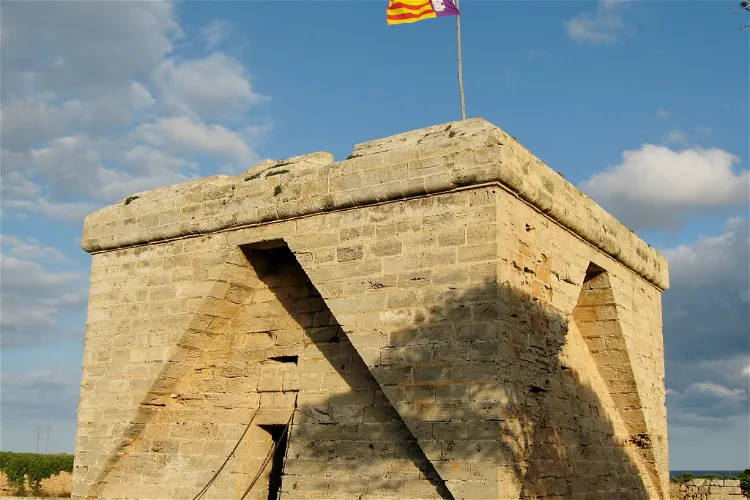
Castle of la Punta de Amer
San Lorenzo del CardessarThe Castell de sa Punta de n’Amer is a historical site located on the east coast of the Spanish Balearic island of Mallorca. This 17th-century defense tower is situated on the Punta de n’Amer peninsula, within the municipality of Sant Llorenç des Cardassar. The castle offers a glimpse into the island's past, providing a unique perspective on its history and architecture.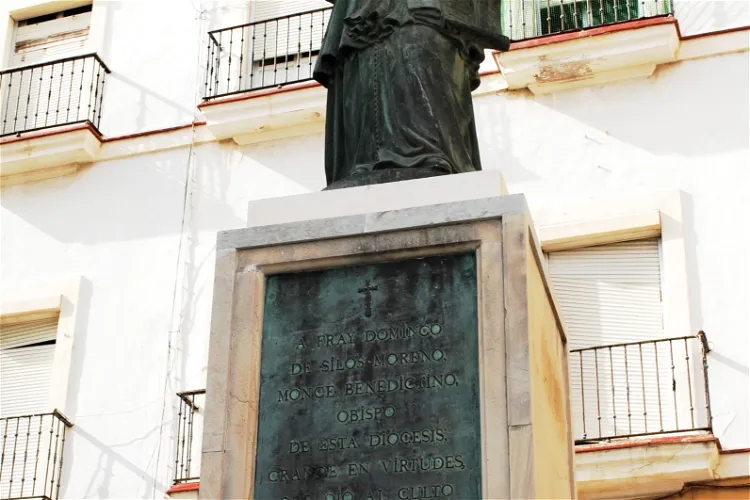
Women's Hospital
CádizThe Hospital de Nuestra Se ora del Carmen, situated in the city of Cádiz, Spain, is a noteworthy example of Baroque architecture from the mid-18th century. The building was designed by Pedro Luis Gutiérrez de San Martín, a master architect from Seville. This historical site offers a glimpse into the architectural style and cultural heritage of the period.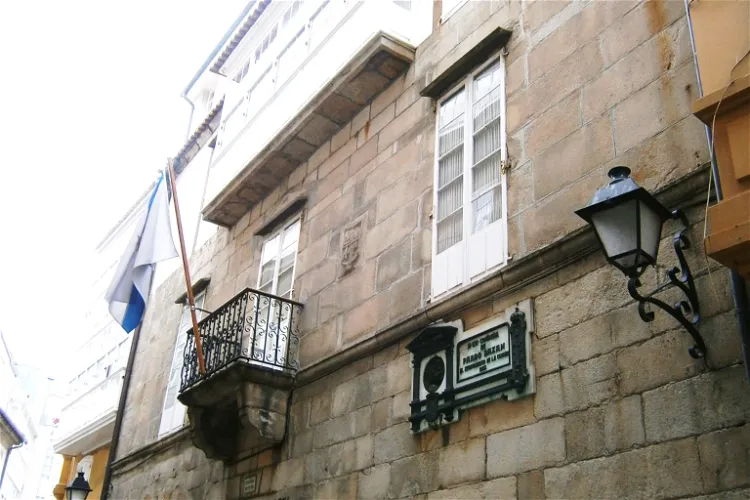
Emilia Pardo Bazán House Museum
A CoruñaThe Emilia Pardo Bazán House Museum is located at C/Tabernas number 11, in the Old Town of La Coruña. It was inaugurated on March 22, 1979. This location is in a historic part of the city, adding to the cultural experience of visiting the museum.
Municipal Museum of Tossa de Mar
Tossa de MarThe Municipal Museum of Tossa de Mar is a significant cultural asset of national interest located in the town of Tossa de Mar in Catalonia. The museum's primary purpose is to display the works of artists who have stayed in Tossa de Mar, making it a rich repository of artistic heritage.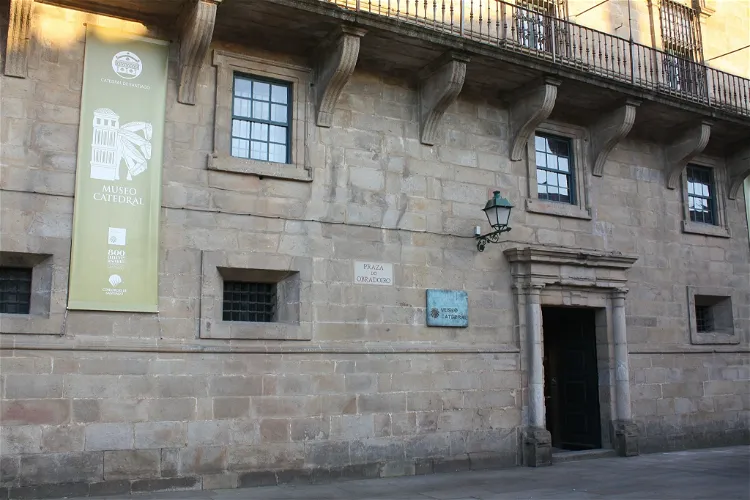
Santiago Cathedral Museum
Santiago de CompostelaThe Santiago de Compostela Cathedral Museum is a significant institution that houses a wide range of artistic and archaeological works. These works are owned by the Santiago de Compostela Cathedral and cover a broad timeline from the Roman era to the present day. This extensive collection provides a unique opportunity for visitors to explore the rich history and culture of the region through the various exhibits.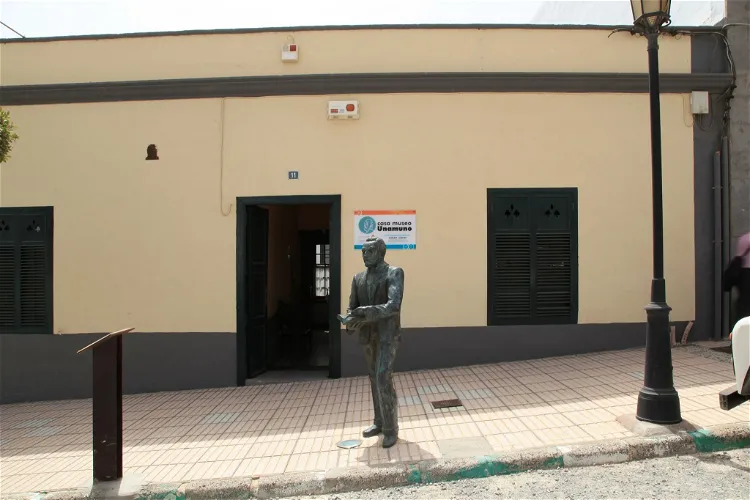
Unamuno House Museum
Puerto del RosarioThe Unamuno House Museum is situated in the historic heart of Salamanca, Spain. This location offers visitors the opportunity to explore the rich history and culture of the city, in addition to visiting the museum itself. The museum is easily accessible and is surrounded by other points of interest, making it a convenient stop on any tour of Salamanca.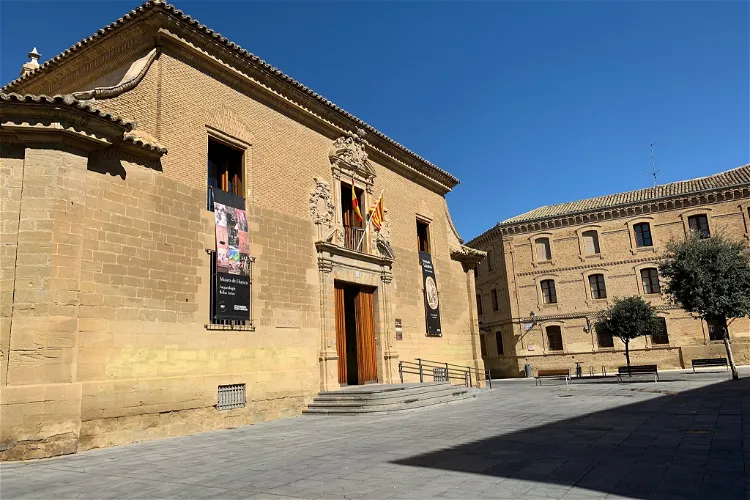
Huesca Museum
HuescaThe Huesca Museum is conveniently located in the University Square in the north of the city. Its location is ideal for tourists as it is near the cathedral and the town hall, making it a perfect addition to any sightseeing itinerary. The museum's location also offers easy access to other attractions and amenities in the city.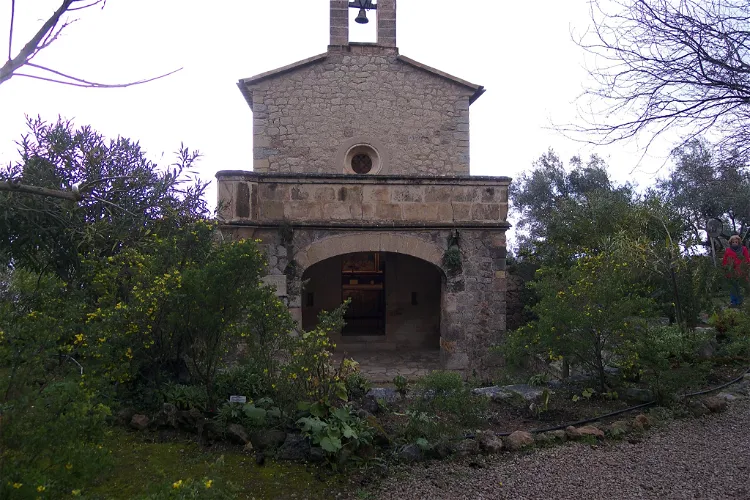
Miramar Monastery
ValldemossaFounded by King Jaume II in 1276, it originally served as a missionary school. There is a small museum now.
Royal Quarters of Santo Domingo
GranadaThe Cuarto Real de Santo Domingo, located in the Realejo quarter of Granada, Spain, is a former Nasrid palace and convent. This historical site offers visitors a glimpse into the past, showcasing the architectural and cultural heritage of the Nasrid dynasty.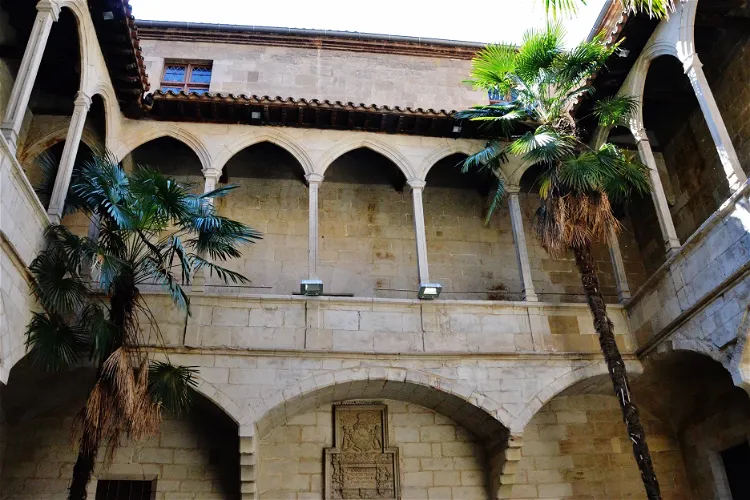
Old hospital of Santa Maria
LleidaThe Old Hospital of Santa Maria is a significant historical site in the Spanish city of Lleida. It is a prime example of Catalan Gothic civil architecture from the 15th and 16th centuries. The building's structure is simple, with a square layout and a square courtyard in the center. The ground floor has thick walls to support the weight of the roof beams and thinner walls on the upper floors. The building was declared an Architectural Artistic Monument by royal order on March 15, 1920.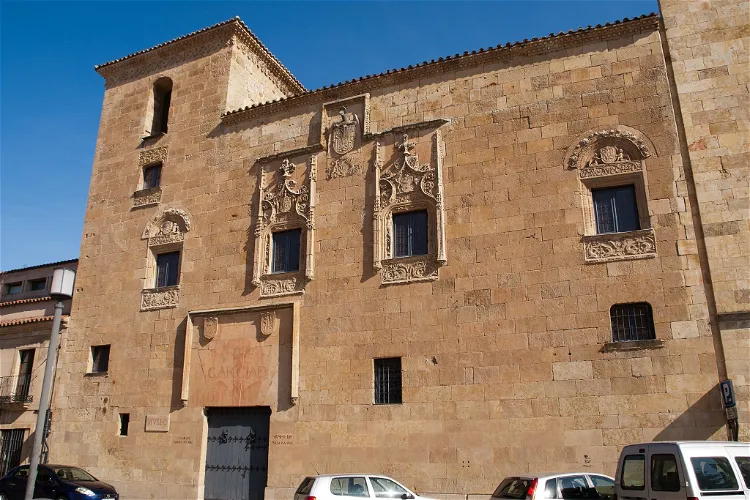
Museo de Salamanca (Casa de los Doctores de la Reina)
SalamancaThe Salamanca Museum, previously known as the Provincial Museum, has a rich history dating back to its establishment in 1835. Since 1947, it has been housed in the Casa de los Abarca, a former palace built in the late 15th century. This location adds to the museum's charm and historical significance.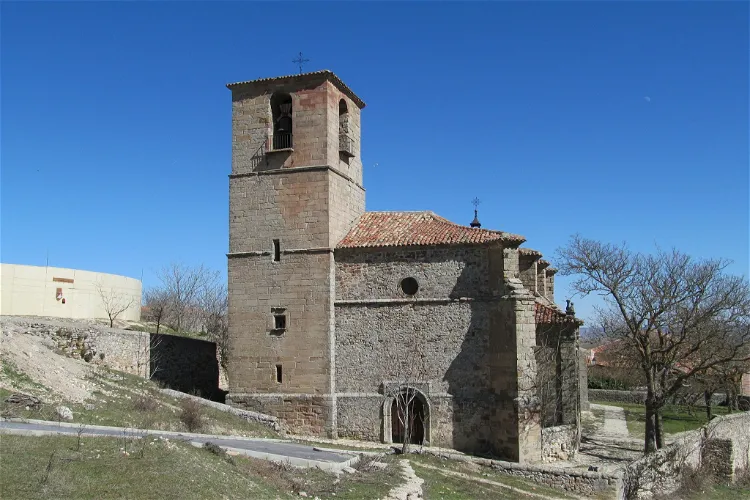
Church of the Holy Trinity
AtienzaThe Church of the Holy Trinity, located in Atienza, is a Romanesque style Catholic church that dates back to the late 12th century. This historical monument offers a glimpse into the architectural style and religious practices of the period. Its unique design and historical significance make it a point of interest for tourists visiting Atienza.
Cerralbo Museum
MadridThe Cerralbo Museum is a museum in Madrid that is housed in a historical mansion where it exhibits an extensive collection of artwork (over 50.000 objects). The museum is named after the marquis of Cerralbo, who used to own it. What was once considered the greatest private art collection in Spain, c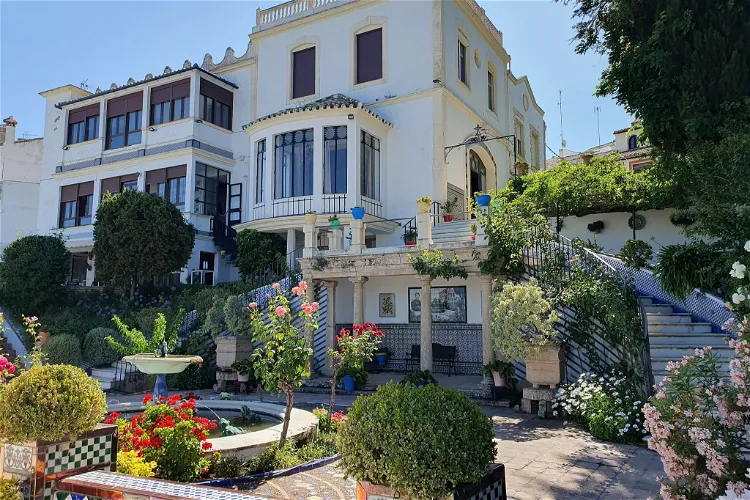
Don Bosco House Museum
RondaThe Don Bosco House Museum is a historic mansion situated in the heart of Ronda, Málaga. The interior of the house has been preserved in its original modernist style from the early 20th century, offering visitors a glimpse into the past.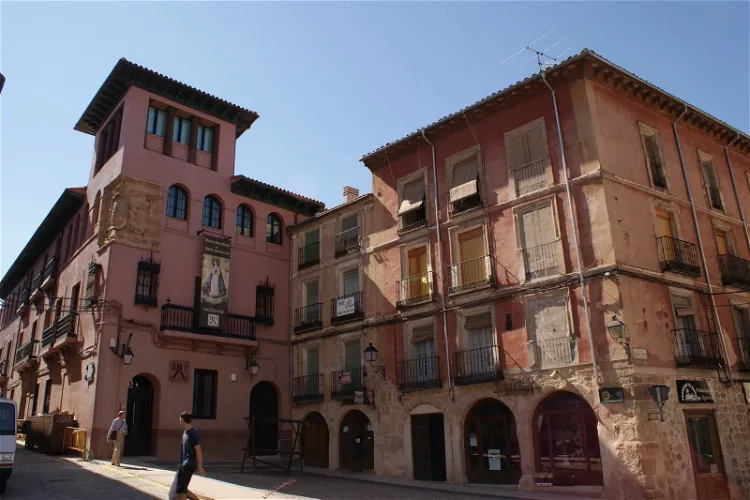
Diocesan Museum
SigüenzaThe Diocesan Museum of Ancient Art in Sigüenza is housed in a 16th-century neoclassical mansion known as the 'Antigua Casa de los Barrena'. This historic building is conveniently located in the heart of the city of Sigüenza, directly opposite the cathedral. This central location makes it easily accessible for tourists visiting the city.
Casita del Príncipe
El EscorialLa Casita del Príncipe, also known as Casita de Abajo, is a royal residence from the 18th century. It is located in the municipality of El Escorial, in the Community of Madrid, Spain. The building was designed by Juan de Villanueva, one of the most important architects of Spanish neoclassicism, and was built between 1771 and 1775. It was declared a Cultural Interest Property in 1931.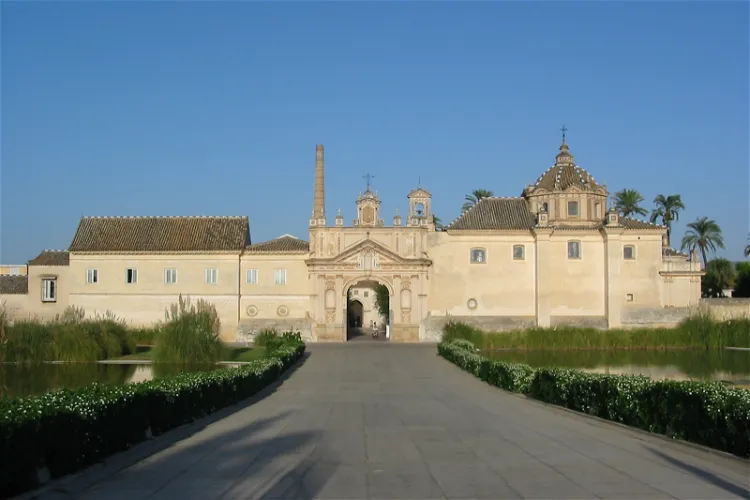
Monastery of the Cartuja
SevilleThe Monastery of Santa María de las Cuevas, also known as La Cartuja, is a former Carthusian monastery located in Seville, the capital of the Andalusia region in Spain. It is situated between the arms of the Guadalquivir on the island of La Cartuja, which got its name from the Carthusian monastery. The monastery was the symbolic center of the Expo 92, the World Exposition 1992 in Seville.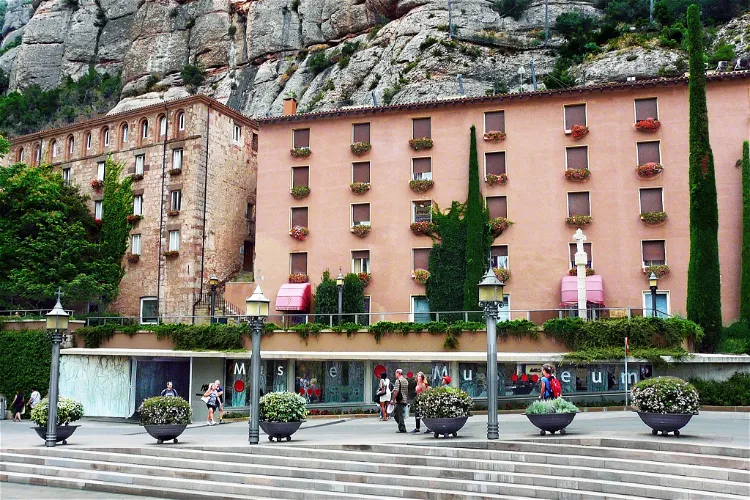
Museum of Montserrat
Monistrol de MontserratThe Museum of Montserrat is located within the Abbey of Montserrat, a thousand-year-old institution. It showcases a selection of the most outstanding artistic and archaeological heritage. This includes a wide range of collections, each unique and different, providing a comprehensive view of various historical periods and cultures.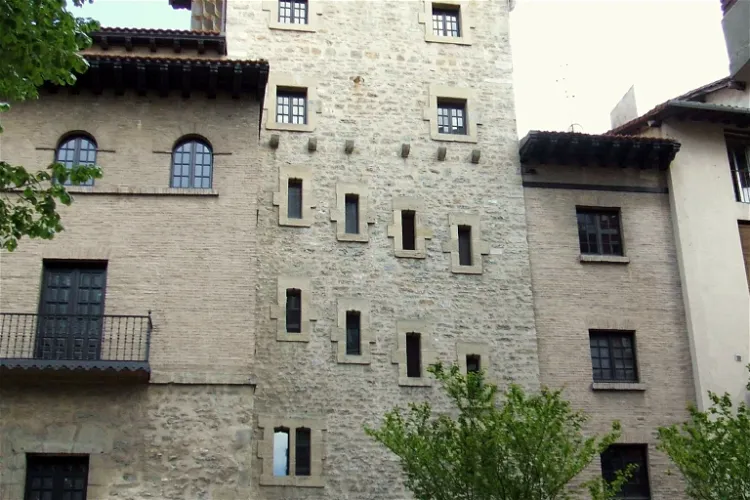
Museum of Natural Sciences of Álava
Vitoria-GasteizThe Museum of Natural Sciences of Álava (MCNA) is housed in the Torre de Doña Ochanda, a medieval defensive building in the city of Vitoria, Basque Country, Spain. This historic building, which once served as a stronghold in the 15th century, adds a unique historical charm to the museum experience.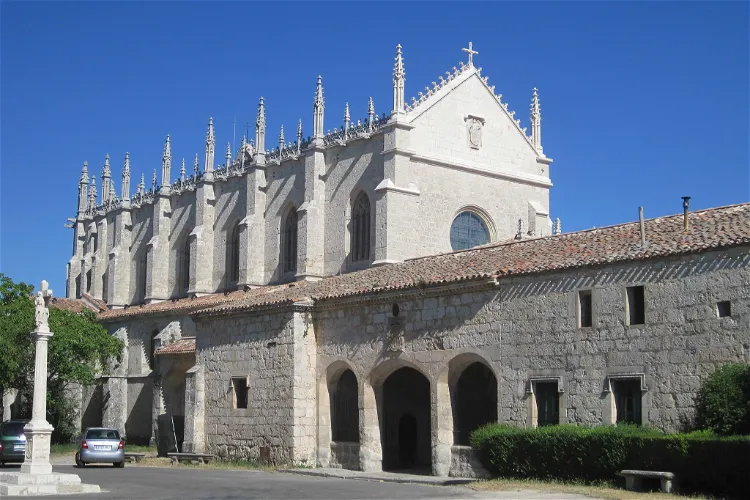
Miraflores Charterhouse
BurgosLa Chartreuse Notre-Dame de Miraflores, an ancient Carthusian monastery, is located on a hill known as Miraflores. This historical site is situated approximately three kilometers from the city center of Burgos, in the Fuentes Blancas park. The serene surroundings and the historical significance of the monastery make it an interesting site for tourists visiting Burgos.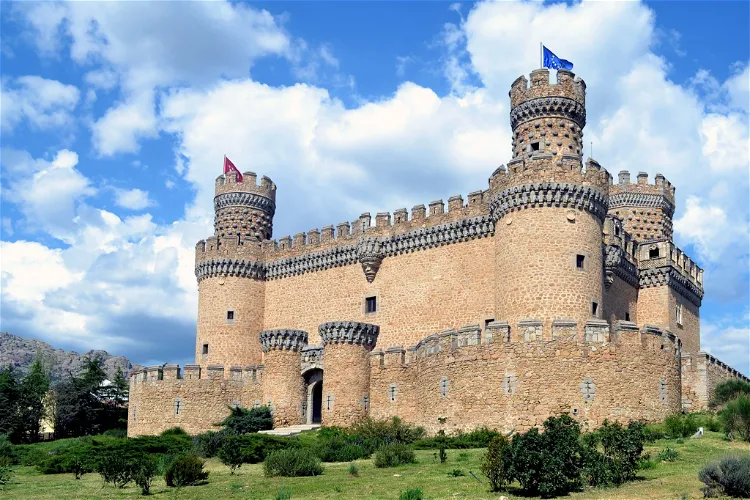
New Castle of Manzanares el Real
Manzanares el RealThe New Castle of Manzanares el Real, also known as the Castle of los Mendoza, is a palace-fortress that was built in the 15th century. It is located in the town of Manzanares el Real, which is part of the Community of Madrid in Spain. The castle is situated next to the Santillana reservoir and at the foot of the Sierra de Guadarrama mountain range. This location offers visitors stunning views of the surrounding landscape.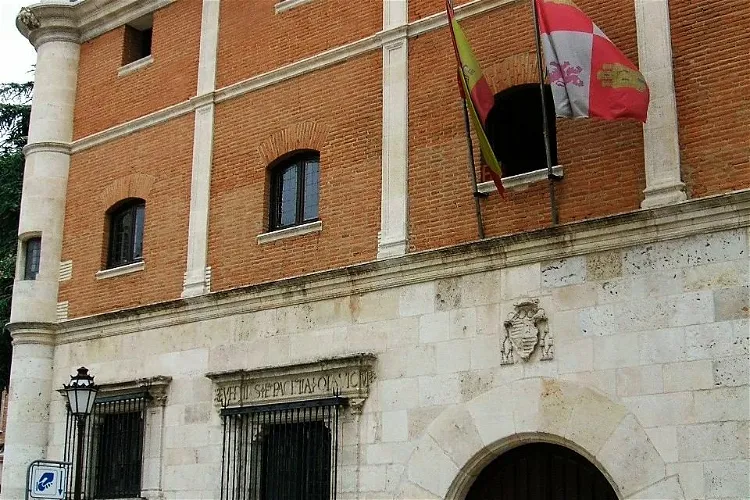
Burgos Museum
BurgosThe Museo de Burgos, previously known as the Museo Arqueológico Provincial, is situated in two neighboring 16th-century palaces, the Casa de Miranda and the Casa de Íñigo Angulo. These palaces form a block between Calle Calera and Calle Miranda in the Spanish city of Burgos. The museum's collections, which exclusively originate from the province of Burgos, showcase the historical and cultural evolution of the province.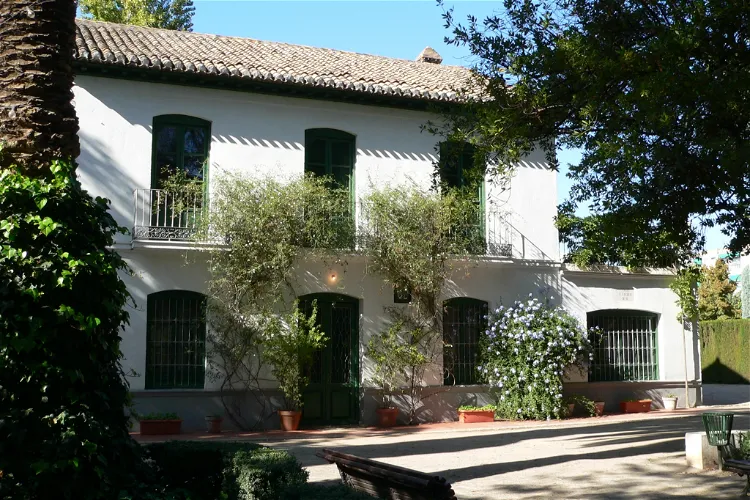
Huerta de San Vicente
GranadaThe Huerta de San Vicente, popularly known as the Casa-Museo de Federico García Lorca, served as the summer residence of the García Lorca family from 1926 to 1936. This period was up until the assassination of the poet during the early weeks of the Spanish Civil War. The house and its orchards are located in the heart of the Federico García Lorca Park, which was inaugurated in 1995.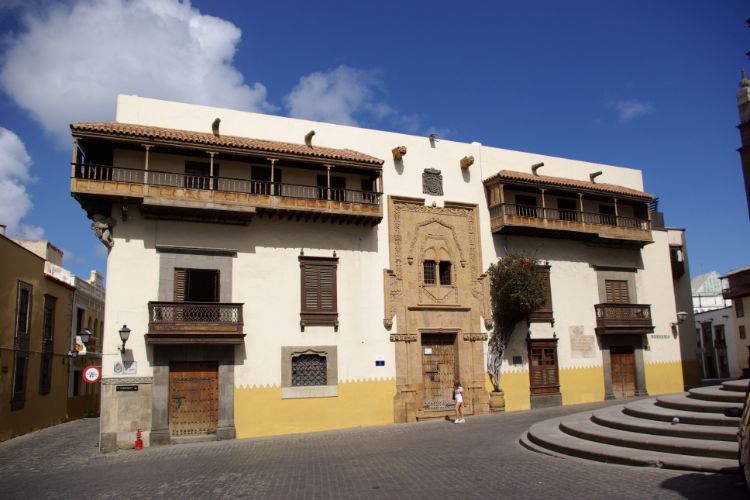
Casa de Colón
Las Palmas de Gran CanariaThe Casa de Colón is a cultural institution in Las Palmas de Gran Canaria.It is one of the most emblematic buildings of the city. It is dedicated to the history of the Canary Islands and its relations with America. It houses a museum, a library and study center, as well as spaces for temporary activ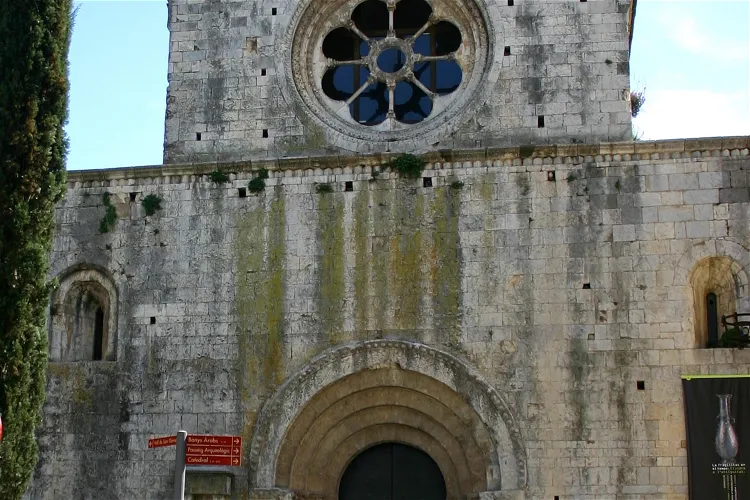
Archaeology Museum of Catalonia
GeronaThe Archaeology Museum of Catalonia in Gerona is housed in the historic monastery of San Pedro de Galligans. Established in 1857, the museum continues to operate from this location, offering visitors a unique blend of history and culture. The museum's setting in a former monastery adds a layer of historical significance to the artifacts on display.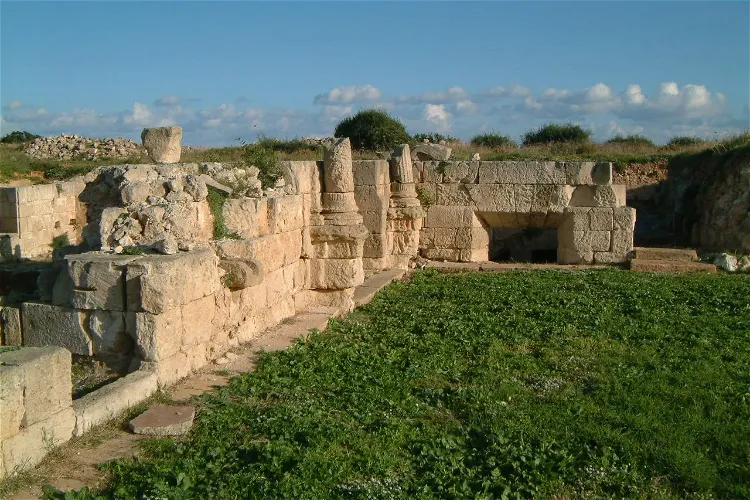
Castle of San Felipe
VillacarlosThe Castle of San Felipe in Menorca is a historical Spanish fortification dating back to the 16th century. It is situated on the southern shore of the port of Mahón, in the municipality of Villacarlos. This location offers visitors a unique opportunity to explore a significant piece of Spanish history while enjoying the beautiful coastal views of the port.
Palacio-Museo de Viana
CórdobaPalacio-Museo de Viana (The palace of the Marquises of Viana) is a palace-museum in Córdoba. The palace is an example of how the Cordovan nobility lived. The history of the palace begins in the 15th century. The collection of the museum is separated over various rooms, namely: the Gallery of the Azu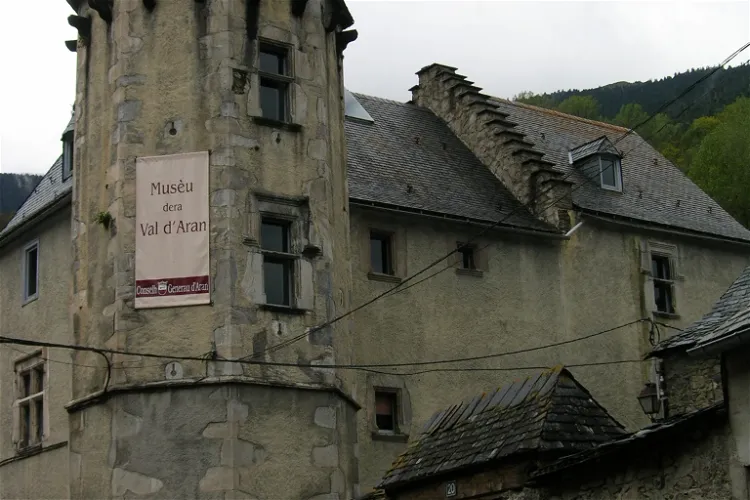
Musèu dera Val d'Aran
Viella Mitg AránThe Museo del Valle de Arán, also known as Musèu dera Val d'Aran, is a regional museum located in Viella. It is dedicated to the history, art, ethnography, and ethnology of the Aran Valley. The museum is housed in a late Gothic-style manor house known as the Torre del general Martinón. It also occupies the Casa Joanchiquet in Vilamós and the church of San Juan de Artiés. The museum's main objective is to preserve the Aranese culture in all its aspects, through the different stages and epochs of the Aran Valley.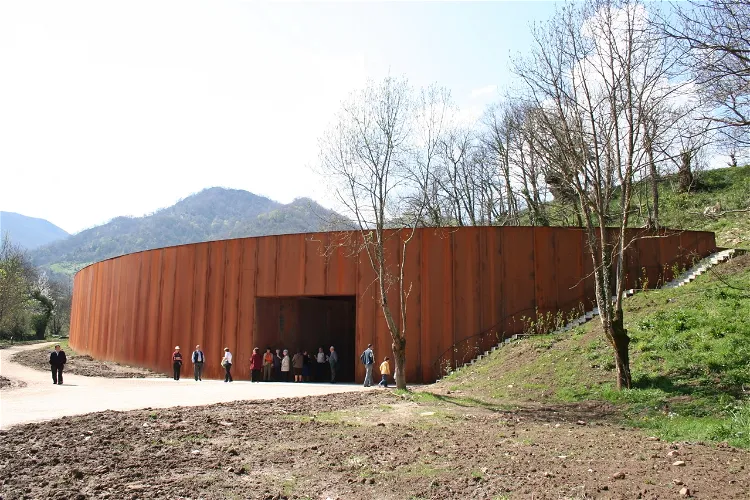
Prehistoric Park Teverga
TevergaThe park features two exhibition areas: The gallery and the Cave of Caves. Both these facilities, along with the service area that includes a cafeteria and a shop, are seamlessly integrated into the natural landscape. Only the entrances stand out in the relief, with the rest of each facility being underground.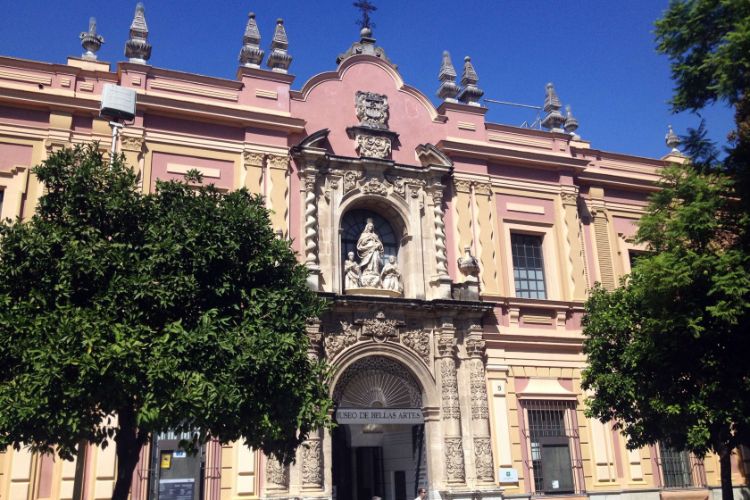
Museum of Fine Arts of Seville
SevilleThe Museum of Fine Arts of Seville is is an art museum in Seville that is considered one of the most important art museums in Spain. The museum holds a collection of mainly Spanish visual arts from the medieval period to the early 20th century, and is especially known for its baroque Sevillian paint
Cap de Tossa Lighthouse
Tossa de MarThe Tossa Lighthouse is a significant landmark located in the resort town of Tossa de Mar. This town is situated at the southern end of the Costa Brava, in the Province of Girona, Catalonia, Spain. The lighthouse offers a unique blend of historical and cultural significance, making it a point of interest for tourists visiting the area.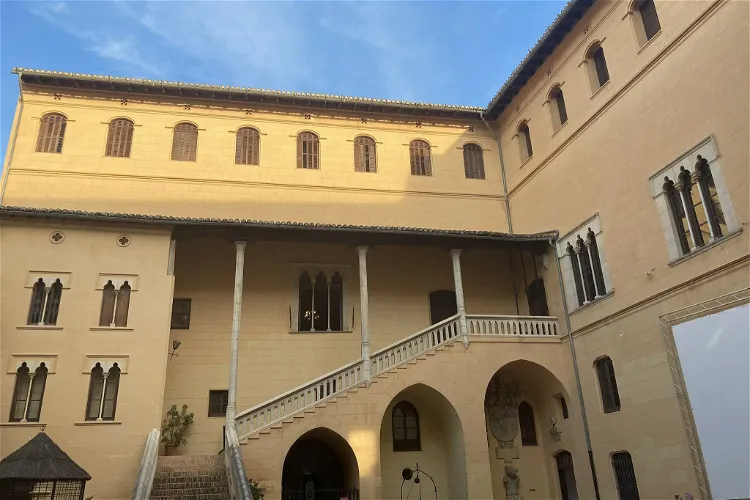
Ducal Palace of Gandia
GandíaThe Ducal Palace of Gandía, a significant monument in the city of Gandía, has seen numerous restorations over the years. This important example of Valencian civil Gothic architecture is a testament to the city's rich history and cultural heritage.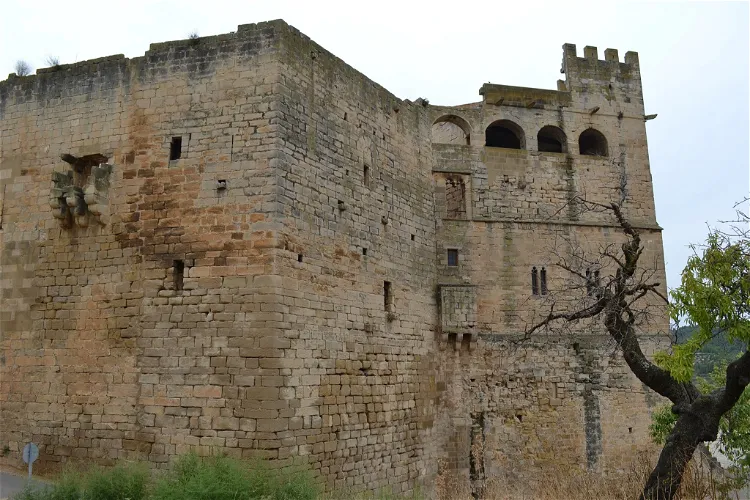
Valderrobres Castle
ValderrobresThe castle has recently undergone a restoration process, which was completed in 2021. This has ensured that the castle's historical features are preserved, while also making it safe and accessible for visitors. The restoration has breathed new life into the castle, making it a fascinating place to visit.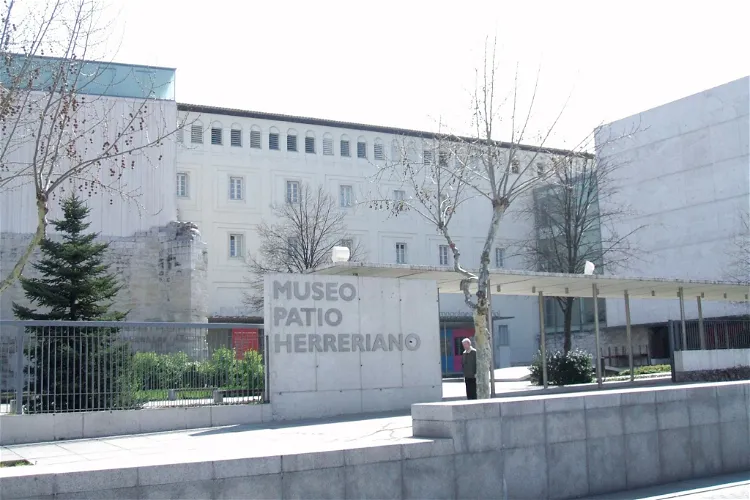
Museum of Contemporary Spanish Art
ValladolidThe Museum Patio Herreriano of Contemporary Spanish Art, which opened its doors in 2002, is a prominent art center located in the city of Valladolid. It showcases a vast collection of contemporary Spanish style artworks, which have been sourced from various private collections. The museum's collection spans the period from 1918 to the present day, offering visitors a comprehensive view of Spanish contemporary art over the last century.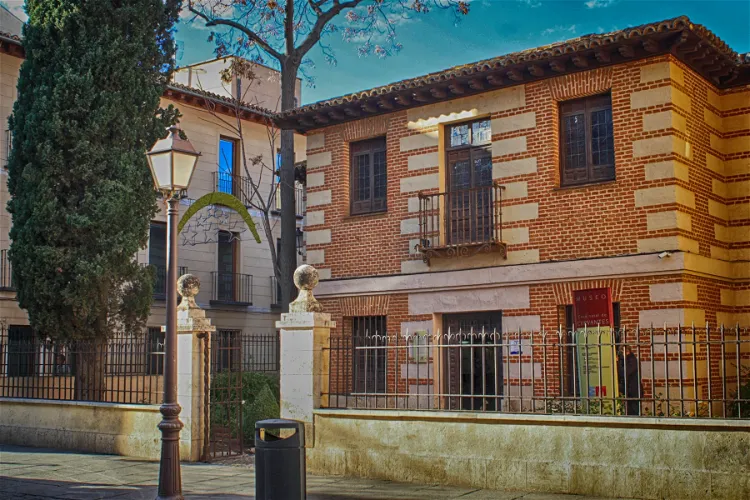
Cervantes Birthplace Museum
Alcalá de HenaresThe Cervantes Birthplace Museum is situated in Alcalá de Henares, Spain. This museum is housed in a building that recreates the home where the renowned writer Miguel de Cervantes was born. It offers a unique opportunity to step back in time and experience the environment that influenced one of Spain's most celebrated literary figures.
Salazar Tower
PortugaleteThe Salazar Tower, a 14th-century house tower, is a significant historical site in Portugalete, Vizcaya. Constructed around 1380, the tower is a testament to the architectural prowess of the era. Its masonry construction has stood the test of time, making it a fascinating destination for those interested in history and architecture.
Casa Natal de Blas Infante
CasaresThe Blas Infante house museum is a significant site in Casares, Málaga, located on Carrera street nº 31. This museum is dedicated to Blas Infante, a prominent figure in Andalusian history, who was born in this very building on July 5, 1885. The museum offers a deep dive into the life and works of Infante, providing a unique perspective on his contributions.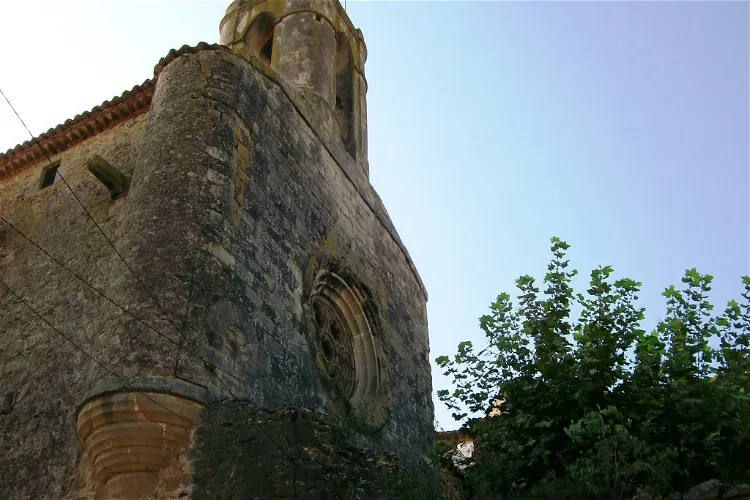
Castle of Púbol
PúbolThe Castle of Púbol, a Gothic-Renaissance fortification from the 11th century, is located in the hamlet of Púbol, which belongs to the municipality of La Pera, in the Baix Empordà. This historical site offers a unique glimpse into the past, with its well-preserved architecture and rich history.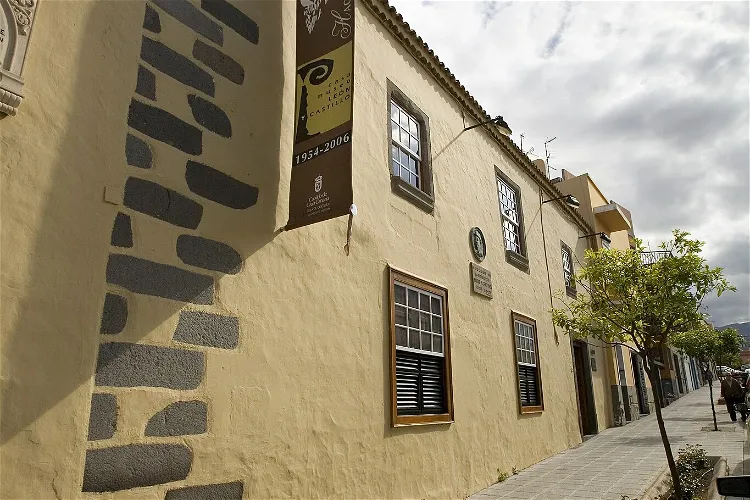
León y Castillo House Museum
TeldeThe León y Castillo House Museum is a public institution that is part of the Ministry of Culture, Historical Heritage and Museums of the Cabildo de Gran Canaria. It is situated in the city of Telde, on the island of Gran Canaria, which is part of the Canary Islands in Spain.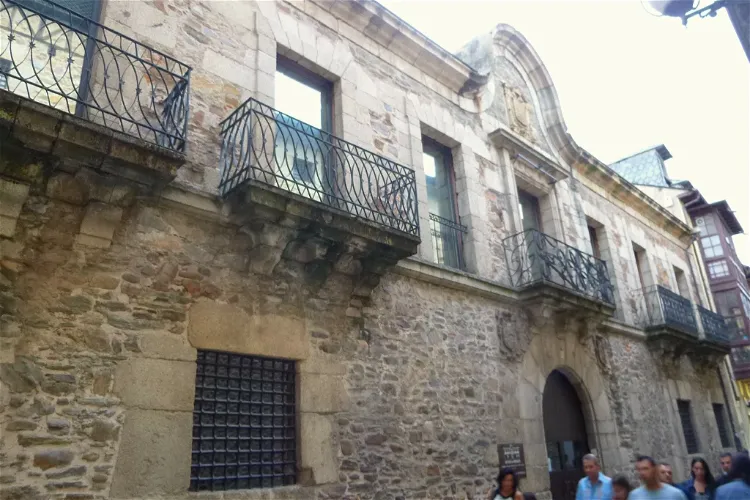
El Bierzo Museum
CompostillaEl Museo del Bierzo is situated in the city of Ponferrada, which is part of the Bierzo region in the province of León, within the autonomous community of Castilla y León. This location is significant as it provides visitors with a chance to explore not only the museum but also the rich cultural and historical heritage of the region.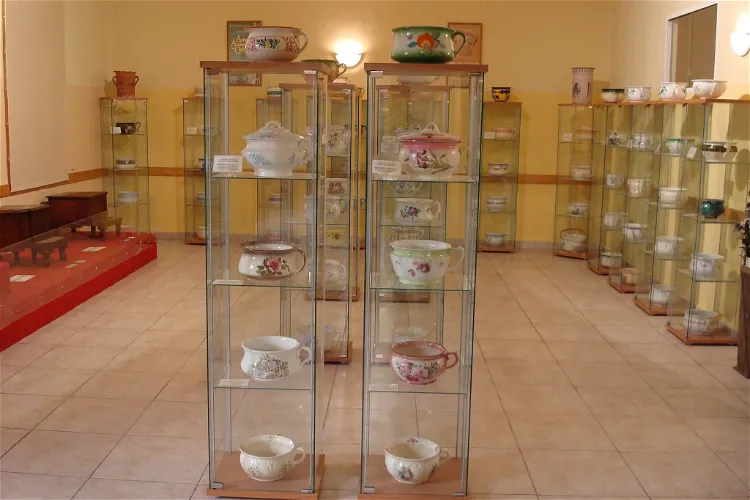
Urinal Museum
Ciudad RodrigoThe Urinal Museum in Ciudad Rodrigo, Salamanca, Spain, is a unique institution dedicated to the domestic hygiene utensil, the urinal. The museum showcases a variety of styles, models, and designs of this common household item, reflecting the craftsmanship applied to meet a biological need over centuries. It provides a unique perspective on a mundane object, making it an interesting destination for those interested in unusual museums.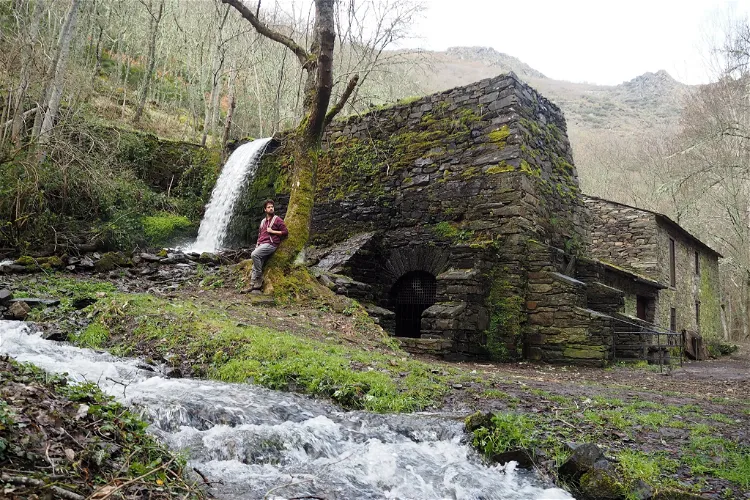
Herrería de Compludo
PonferradaLa herrería de Compludo is a medieval forge that is situated in the valley of Compludo, in the Spanish municipality of Ponferrada. This historical site is located in the region of Bierzo, within the province of León, in the autonomous community of Castilla y León. It offers a unique glimpse into the past, providing an opportunity to explore the rich history and culture of the region.
National Archaeological Museum of Tarragona
TarragonaThe National Archaeological Museum of Tarragona, also known as Museu Nacional Arqueològic de Tarragona or MNAT, is a public museum situated in the city of Tarragona in Catalonia, Spain. The museum is home to a variety of elements and remains that reflect the city's rich history and heritage.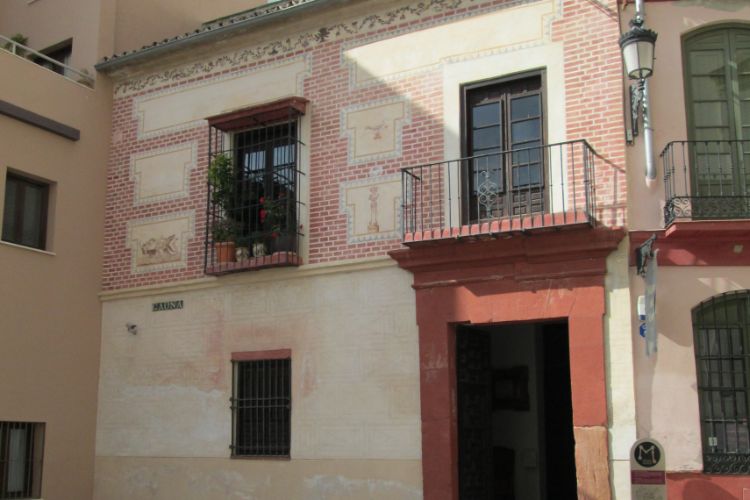
Museo del Vidrio y Cristal de Málaga
MálagaMuseo del Vidrio y Cristal de Málaga (The Glass and Crystal Museum) is a museum of decorative arts in Malaga. The museum is housed in an eighteenth-century building known as Posada de San Felipe Neri that, after its restoration, features some 900 m² of exhibition space. Museo del Vidrio y Cristal de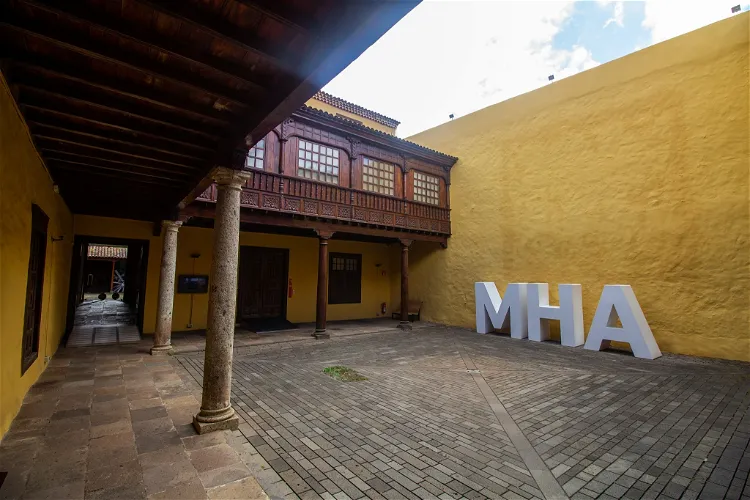
Museum of the History of Tenerife
San Cristóbal de La LagunaThe Museum of History and Anthropology of Tenerife provides a comprehensive overview of the island's history, from the 15th to the 20th century. It aims to disseminate the institutional, socioeconomic, and cultural development of Tenerife. Visitors can gain a deep understanding of the island's evolution through various exhibits and collections that highlight significant periods and events in its history.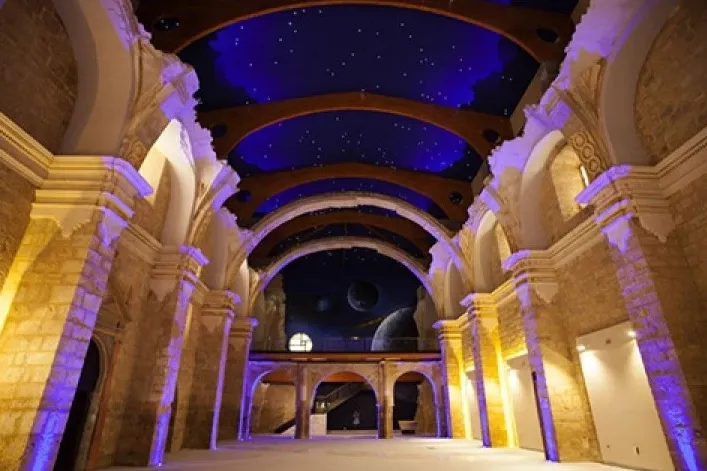
San Pedro Cultural
Becerril de CamposSan Pedro Cultural is a unique monument that was inaugurated on March 19, 2015. It was built from the ruins of the Church of San Pedro in the town of Becerril de Campos. This town was declared the most beautiful village in Spain by internet users in 2016. This makes it a significant location for tourists who are interested in history, architecture, and natural beauty.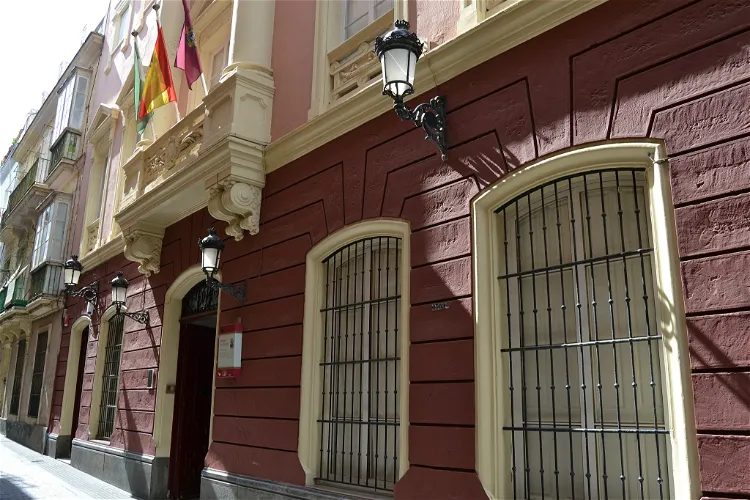
Cadiz Court Museum
CádizThe Museo de las Cortes de Cádiz is not strictly dedicated to the constitutional era, but rather provides a journey through the social, political, and economic situation of Cádiz in the 18th and 19th centuries. It houses various tapestries of Fernando VII, Celestino Mutis, and other celebrities of the referred centuries, maps and nautical charts, medals, flags, and several busts, including those of Carlos II and Cayetano del Toro himself.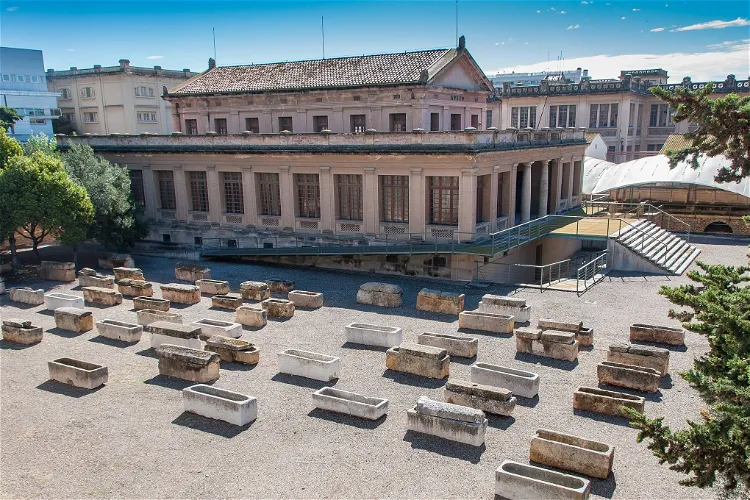
Roman Necropolis of Carmona
CarmonaThe Carmona Archaeological Ensemble, also known as CAC or CAE, is an archaeological site located in the Spanish municipality of Carmona. The site is represented by a Roman necropolis and amphitheater, which date back to the 1st and 2nd centuries AD. These historical structures provide a glimpse into the past and offer a unique opportunity to explore the rich history of the region.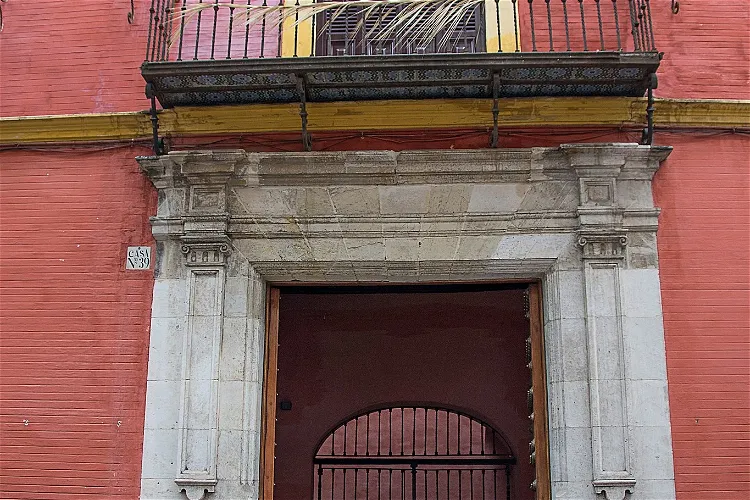
Casa de Salinas
SevilleLa Casa de Salinas is a significant historical site located in the heart of Seville, Andalusia, Spain. This 16th-century building is a testament to the rich architectural heritage of the region. Its location in the city's historic center makes it easily accessible for tourists.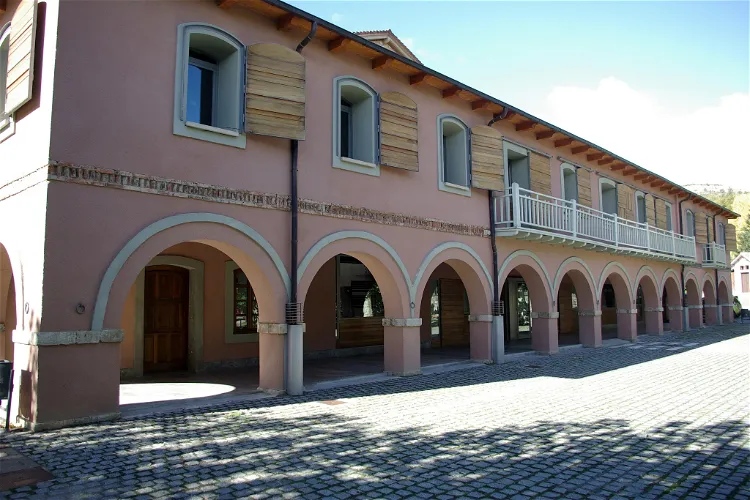
Museo de la Siderurgia y la Minería de Castilla y León
SaberoThe Museo de la siderurgia y la minería de Castilla y León, also known as MSM, is a museum situated in Sabero, León, within the autonomous community of Castilla y León in Spain. The museum was officially opened to the public on the 3rd of July, 2008.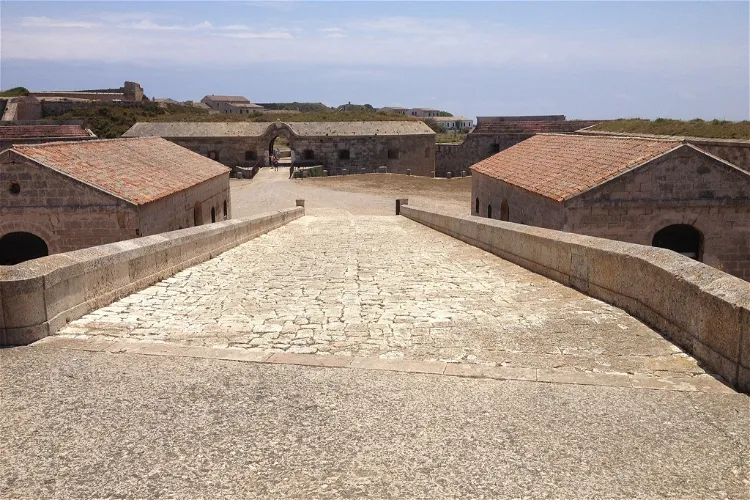
La Mola Fortress
MahónLa Mola Fortress, also known as Isabel II Fortress, is a Spanish military complex located on the Mola Peninsula, at the entrance of Mahón port, on the island of Menorca. It was built in the mid-19th century under the orders of Queen Isabel II. The fortress was designed with three main objectives: to defend the port, to serve as the base of operations for all the army forces on the island, and to provide a last resort stronghold for these forces.
Museum of the Mediterranean
Torroella de MontgríThe Museum of the Mediterranean, established in 2003, is situated in the town of Torroella de Montgrí. It is housed in Can Quintana, a historical building dating back to the 16th century. This location adds a touch of historical charm to the museum, making it an interesting destination for tourists who appreciate both history and culture.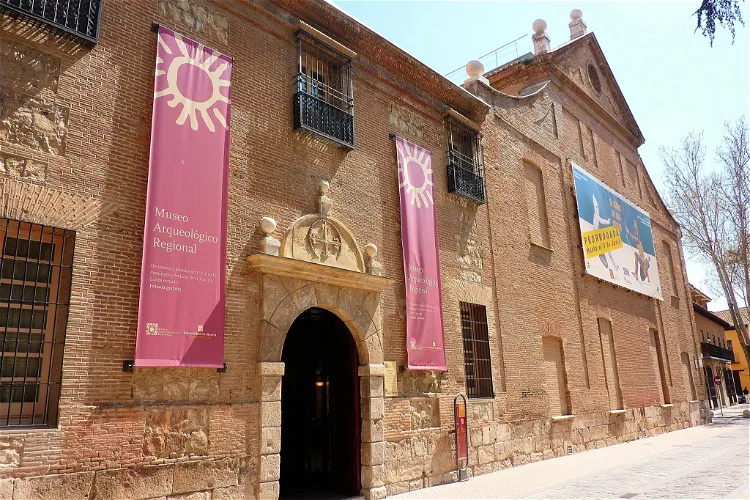
Regional Archaeological Museum
Alcalá de HenaresThe Regional Archaeological Museum of the Community of Madrid, established on November 27, 1997, is housed in the historic building of the old Dominican College Convent of the Mother of God. This location in Alcalá de Henares adds a layer of historical significance to the museum, making it a fascinating destination for those interested in both history and archaeology.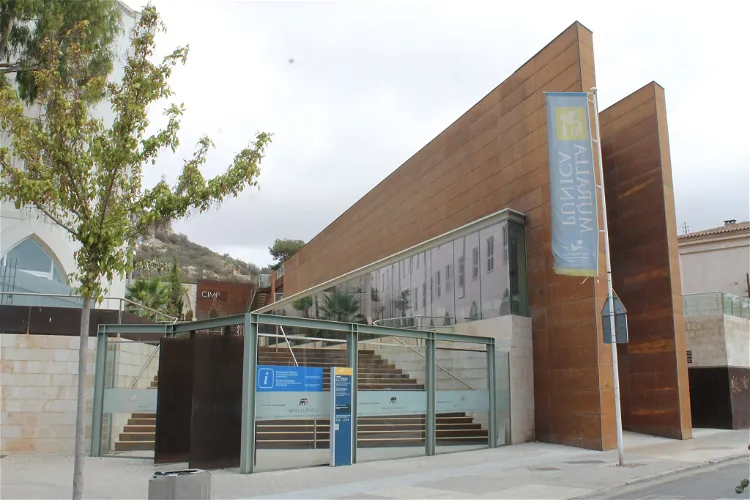
Punic Wall
CartagenaThe Punic wall of Cartagena is a significant archaeological site dating back to the 3rd century BC. It was constructed by the Carthaginians and stands as one of the few remnants of Carthaginian civilization in Spain. The wall bears witness to one of the most important events of Ancient history in the Mediterranean Sea: the Second Punic War.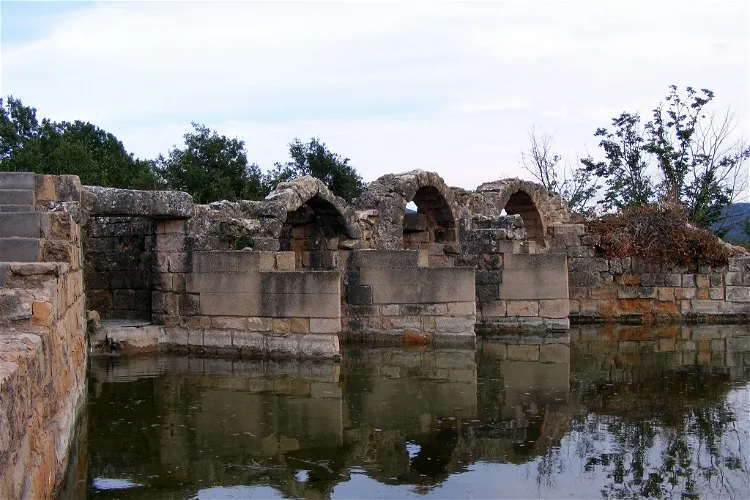
Los Molinos de la Vila
MontblancLos Molinos de la Vila, also known as Els Molins de la Vila in Catalan, are situated one kilometer east of the village of Montblanch, nestled between the Francolí and Anguera rivers. Specifically, they are located on the bank of the Anguera river. This location provides a picturesque setting for visitors to explore and appreciate the historical significance of these mills.
Pedagogic Museum of Aragón
HuescaThe Pedagogic Museum of Aragón is conveniently located in the same building as the Huesca Tourism Office, in Plaza López Allué, Spain. This central location makes it easily accessible for tourists visiting the city. The museum was established in 2006 and specializes in the education, culture, and society of the 20th century, as well as educational heritage and the school as a reflection of society.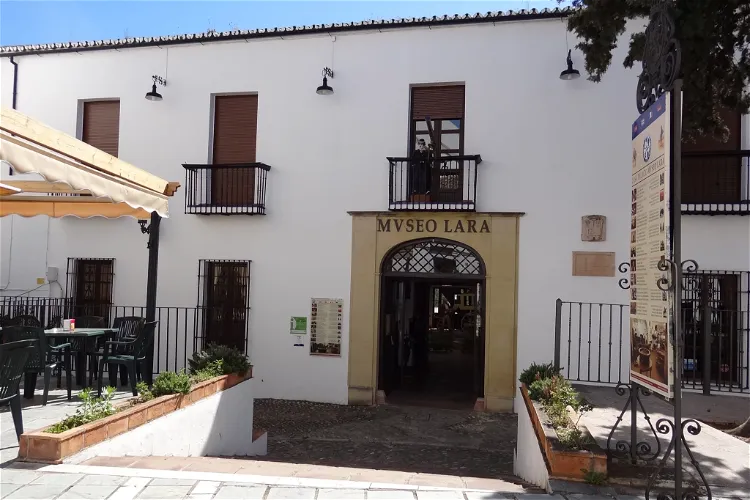
Lara Museum
RondaEl Museo Lara is an art and antiquities museum situated in the city of Ronda, in the province of Malaga, Spain. This museum is a significant cultural landmark in the region, offering visitors a chance to explore a vast collection of art and antiquities.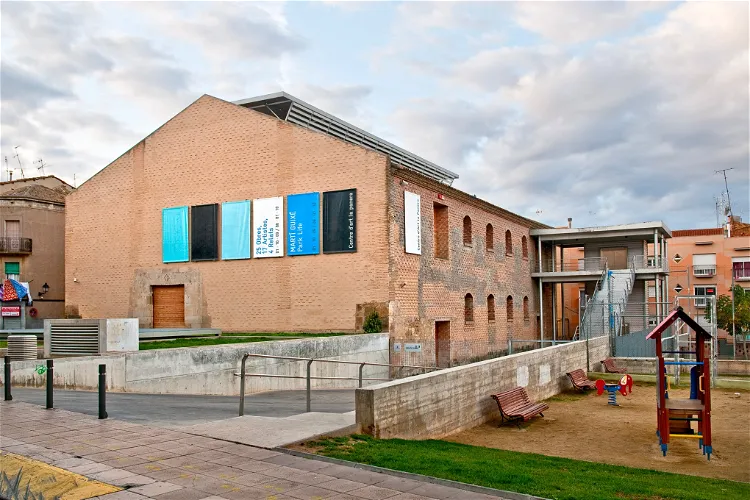
Art Centre of La Panera
LleidaThe Art Centre of La Panera is an art museum situated in the city of Lleida, Catalonia, Spain. It is a significant cultural institution in the region, offering visitors a chance to explore a wide range of contemporary art, particularly from Catalan and Spanish artists.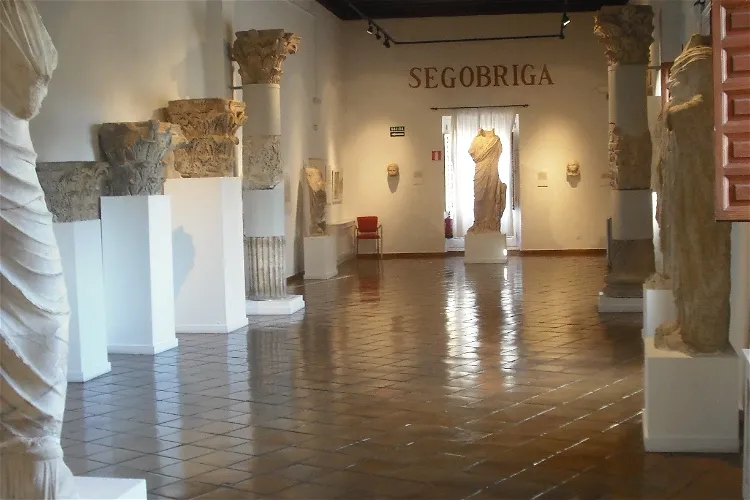
Museo de Cuenca
CuencaThe Museo de Cuenca, located in the historic Casa del Curato in the old town of Cuenca, Spain, offers visitors a unique opportunity to explore the rich history and culture of the region. The museum's location in the heart of the old town makes it easily accessible and adds to the overall cultural experience.
Toy Museum of Catalonia
FigueresThe Toy Museum of Catalonia is housed in the historic Casa Terradas, a building that dates back to 1767. Located in the city of Figueres, Spain, the museum offers visitors a unique opportunity to explore the rich history of toys in Catalonia. The museum's location adds an extra layer of historical significance, making it a fascinating destination for tourists interested in both history and toys.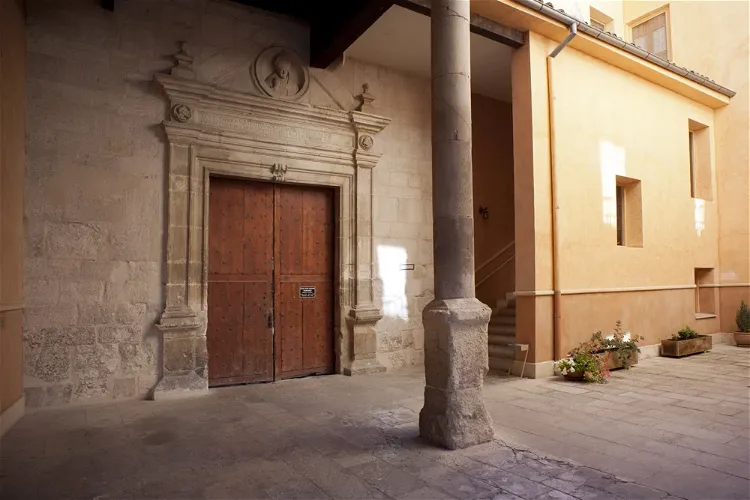
Episcopal Palace of Cuenca
CuencaThe Episcopal Palace is a significant historical building located in the Spanish city of Cuenca. It is home to the Diocesan Museum, which showcases a variety of religious artifacts and artworks. The palace itself is a testament to the city's rich history and architectural prowess, making it a worthwhile visit for those interested in history, architecture, and art.
Museo del Romanticismo
MadridThe Museo del Romanticismo is a musuem in Madrid that is housed in an 18th-century palace with more than 20 rooms filled with interesting period artifacts from paintings and decorative arts, to furniture and sculptures. Visitors can explore the place where romantic writers used to gather. One of the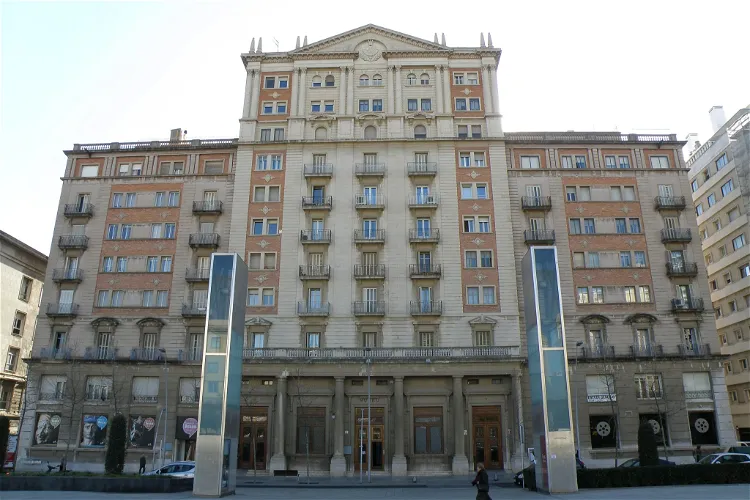
Reus Art and History Museum
ReusThe Reus Art and History Museum is a significant cultural landmark in the municipality of Reus, Tarragona, Spain. It is a protected building, recognized as a Cultural Asset of National Interest. This recognition highlights the museum's importance in preserving and showcasing the rich cultural and historical heritage of the region.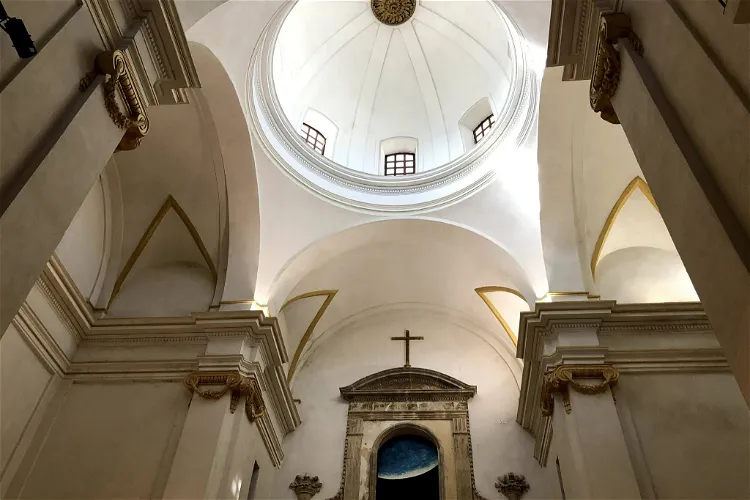
San Jose Church Cultural Center
Puerto RealThe San Jose Church, a declared Cultural Interest Site in the category of Monument, is a significant historical site located in the municipality of Puerto Real, Cadiz, in Andalusia. Its full name is Antigua Iglesia de Jesus, Maria y Jose, and it was constructed in the last third of the 18th century. The church is situated in the heart of the historic center of the town, making it a central point of interest for visitors.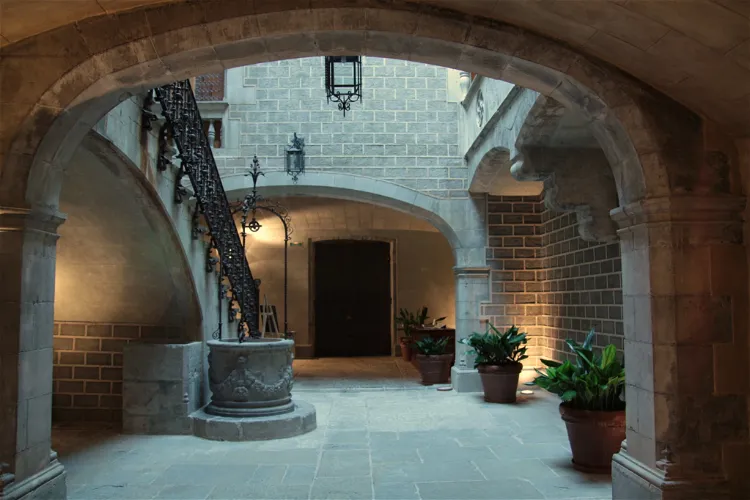
Palau Solterra Museum
Torroella de MontgríThe Palau Solterra is a museum dedicated to contemporary photography, located in the town of Torroella de Montgrí in Catalonia. It is part of the Fundació Vila Casas, which is a foundation dedicated to promoting contemporary Catalan art. The museum is housed in a 15th-century palatial mansion, adding a touch of historical charm to the modern art it displays.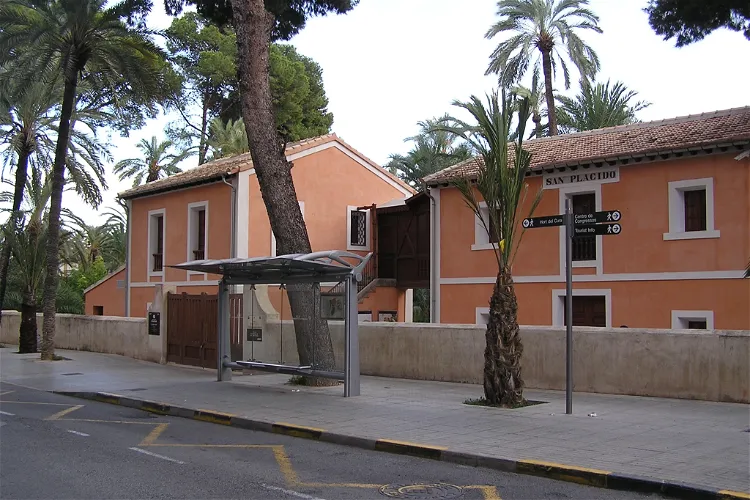
Museo del Palmeral
ElcheThe Palmeral Museum is situated in the city of Elche, in the province of Alicante, Spain. It is nestled within the Palmeral of Elche, a palm grove that was declared a World Heritage Site in 2000. The museum is housed in a traditional 19th-century house in the Huerto de San Plácido.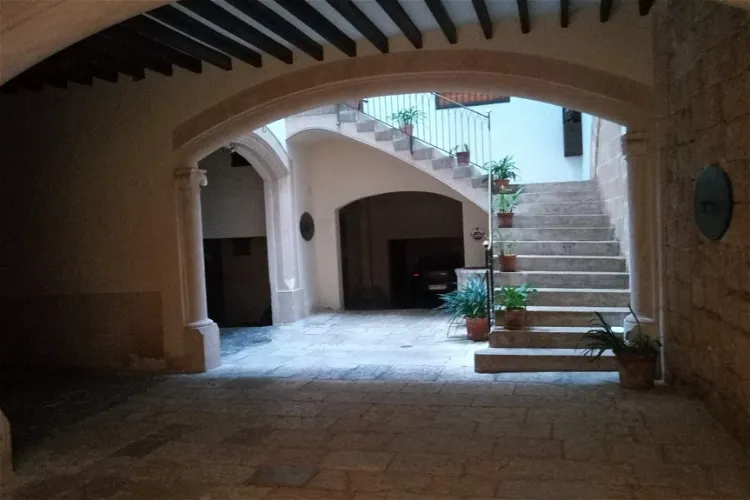
Casa Llorenç Villalonga
BinisalemThe famous Majorcan writer Lorenç Villalonga lived in this house. Nowadays it promotes his life and work.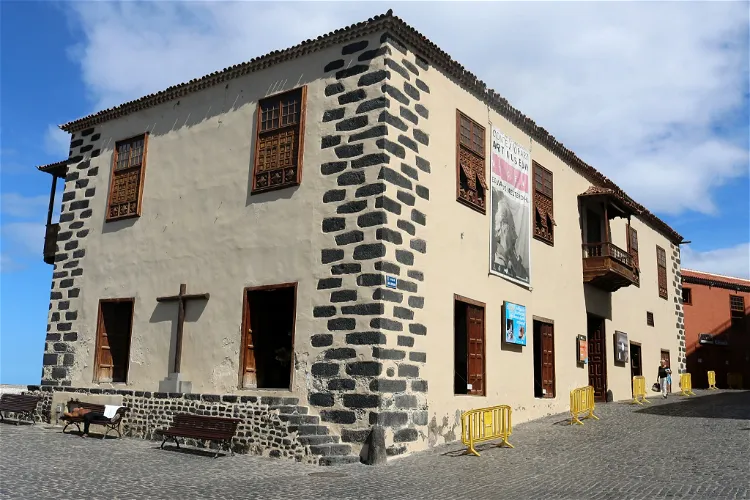
Museum of Contemporary Art Eduardo Westerdahl
Puerto de la CruzThe Museo de Arte Contemporáneo Eduardo Westerdahl (MACEW) is a museum dedicated to contemporary art, located in Puerto de la Cruz, Tenerife. The museum is managed by the Instituto de Estudios Hispánicos de Canarias. It showcases works from artists who were part of the European avant-garde, some of whom passed away more than 50 years ago.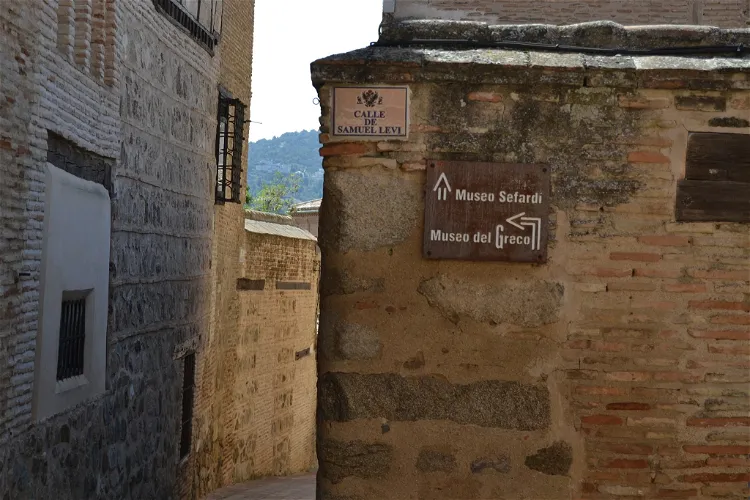
Sephardic Museum
ToledoThe Sephardic Museum, located in Toledo, Spain, is a national institution that showcases the rich Jewish cultural heritage of Spain. It also provides insights into the history and culture of the Sephardim, who are the descendants of the Jews who resided on the Iberian Peninsula until 1492. The museum is a testament to the enduring legacy of Jewish culture in Spain and offers a unique opportunity to explore this fascinating aspect of Spanish history.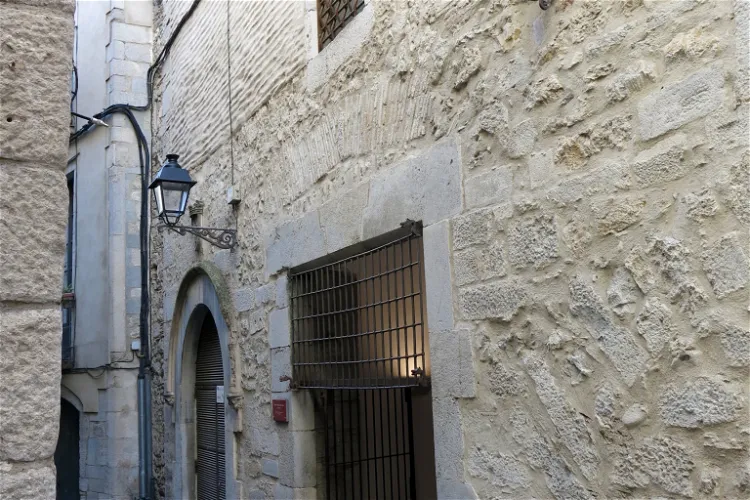
Girona History Museum
GeronaThe Girona City History Museum is situated in the heart of the Old Town of Girona. This unique location was once the convent of the Capuchin friars of Saint Anthony in the 18th century. The building still retains some fascinating remnants from that era, such as the cemetery, cloister, and cistern, adding to the historical charm of the museum.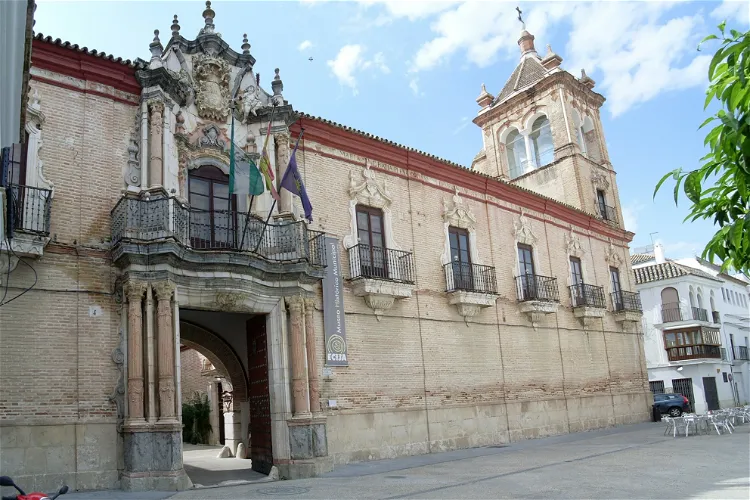
Municipal History Museum of Écija
ÉcijaThe Municipal Historical Museum of Écija is housed in the Benamejí palace, a significant historical site in the city of Écija, located in the province of Seville, Andalusia, Spain. This location adds a layer of historical significance to the museum, making it a fascinating destination for those interested in the rich history of the region.- 119
Dionís Bennàssar Museum
PollensaFormer house of Dionis Bennàssar currently displays his most important work. Watercolors, portraits, drawings, but also sculptures and his notebooks. 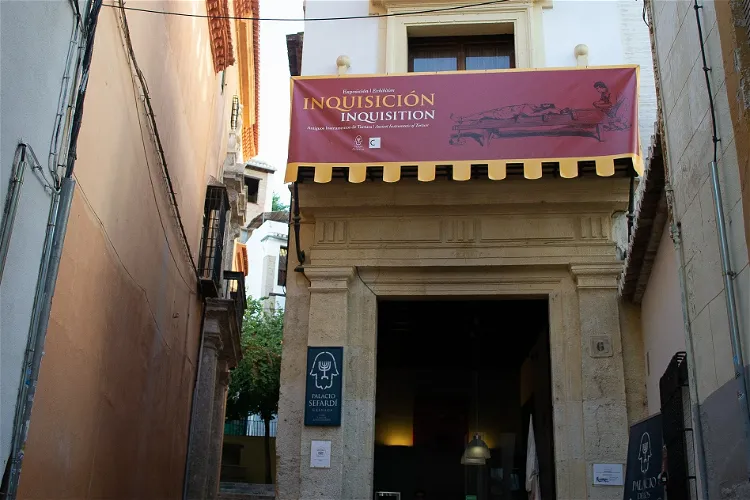
Palace of the Forgotten
GranadaThe Palace of the Forgotten, located in Granada, Spain, is a museum that focuses on the Spanish Inquisition, Jewish history, and the heritage of Granada and Andalusia. This museum provides a unique opportunity to delve into the rich and complex history of these subjects, offering a comprehensive understanding of the region's past.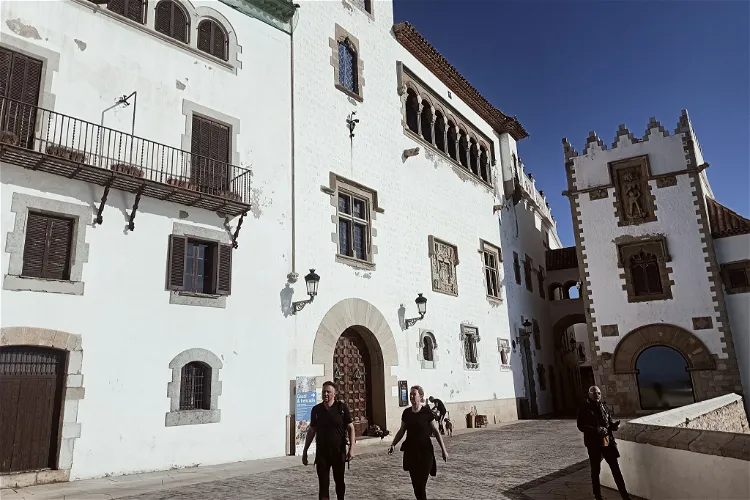
Cau Ferrat Museum
SitgesThe Cau Ferrat Museum, located in the picturesque town of Sitges in Catalonia, is a place of historical and artistic significance. Originally, it served as the home and workshop of the renowned artist and writer Santiago Rusiñol. This unique setting offers visitors a glimpse into the life and work of this influential figure in Catalan modernism.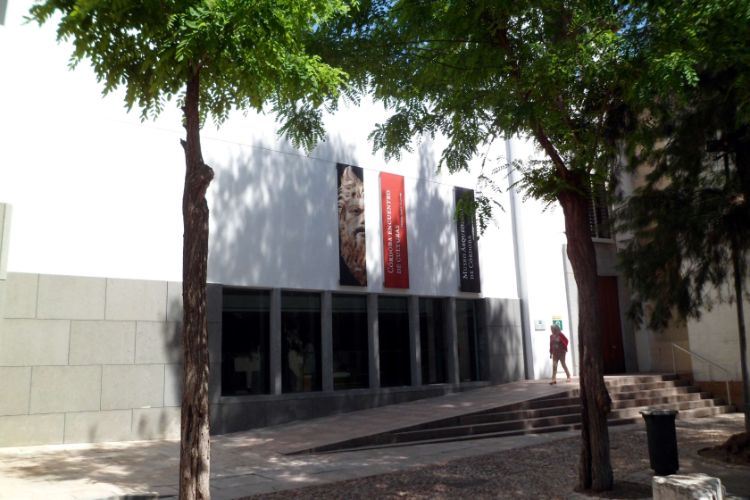
Archaeological Museum of Córdoba
CórdobaThe Archaeological Museum of Córdoba is housed in the former palace of the Páez de Castillejo and a contemporary building built next to it. Its collections consists of a wide variety of pieces that range from Prehistory to the Late Middle Ages. Underground, the museum displays the archaeological rem
National Museum of Science and Technology of Catalonia
TerrassaIn addition to its main location, the mNACTEC also operates three other sites: Farga Palau de Ripoll, Museu do Cimento Asland de Castellar de n’Hug, and the Museu da Colonia Sedó Esparreguera. These additional locations offer visitors the opportunity to explore different aspects of Catalonia's industrial and technological history.
Catalan Wine Cultures Museum
Vilafranca del PenedèsThe Catalan Wine Cultures Museum, also known as VINSEUM, is situated in an ancient palace that once belonged to the kings of the Crown of Aragon. This historic building is located in the Jaume I square in Vilafranca del Penedès, a town in Barcelona, Spain. The museum's location adds a touch of historical significance to the overall experience of the visitors.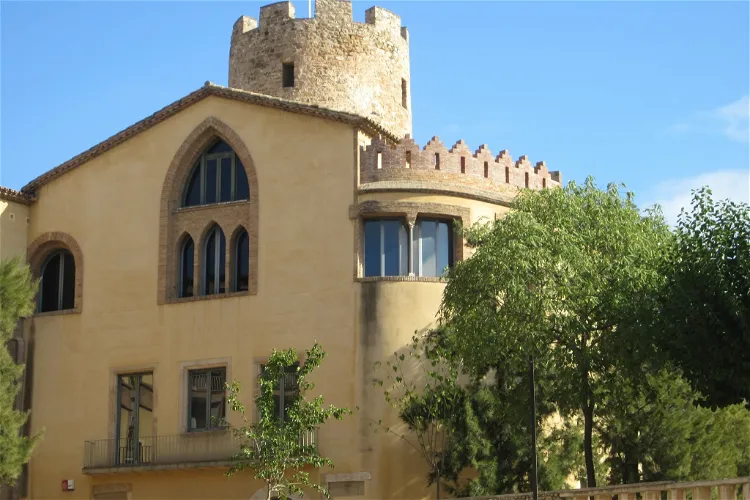
Balldovina Tower Museum
Santa Coloma de GramenetThe Balldovina Tower Museum in Santa Coloma de Gramanet is a multidisciplinary local museum. Its main objective is to protect, conserve, study, and disseminate the cultural and natural heritage of the territory. The museum collaborates with both public and private entities of the city to achieve these goals.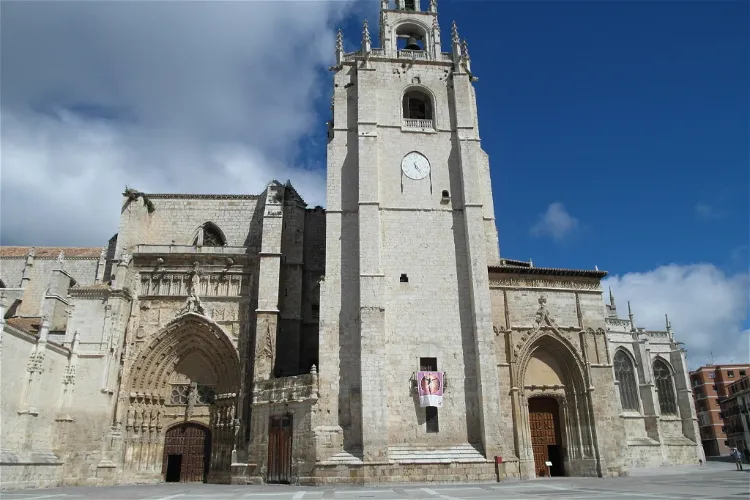
Palencia Cathedral
PalenciaThe Cathedral Basilica of Saint Antoninus, located in Palencia, Spain, is a Roman Catholic church dedicated to Saint Antoninus of Pamiers. This cathedral is a significant religious site and a remarkable example of Roman Catholic architecture.
Museo Palacio de la Condesa de Lebrija
SevilleMuseo Palacio de la Condesa de Lebrija (Museum of the palace of the countess of Lebrija or palace of Lebrija) is a house museum/palace in Seville that dates from the 16th century. The museum houses an important art collection with Roman mosaics and other antiquities as well as Asian art, paintings b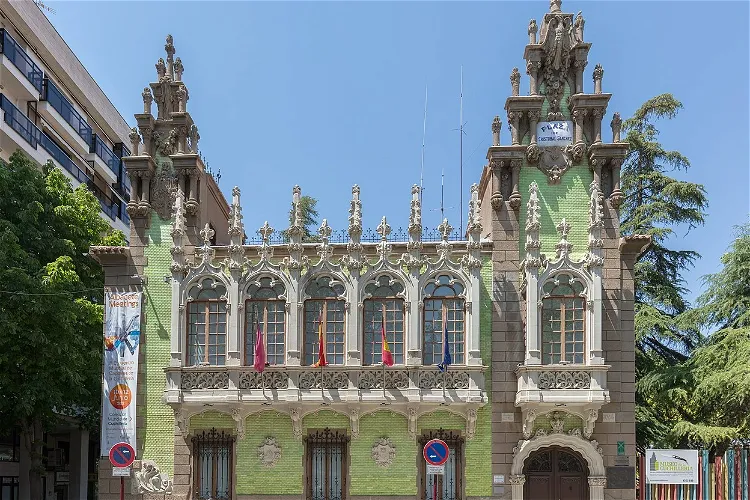
Municipal Museum of Cutlery
AlbaceteThe Municipal Museum of Cutlery in Albacete, also known as MCA, is a historical museum dedicated to the art of cutlery. It is located in the Spanish city of Albacete and is housed in the Hortelano house. This mansion, which dates back to the early 20th century, is situated in the central Cathedral square and was designed by the architect Daniel Rubio.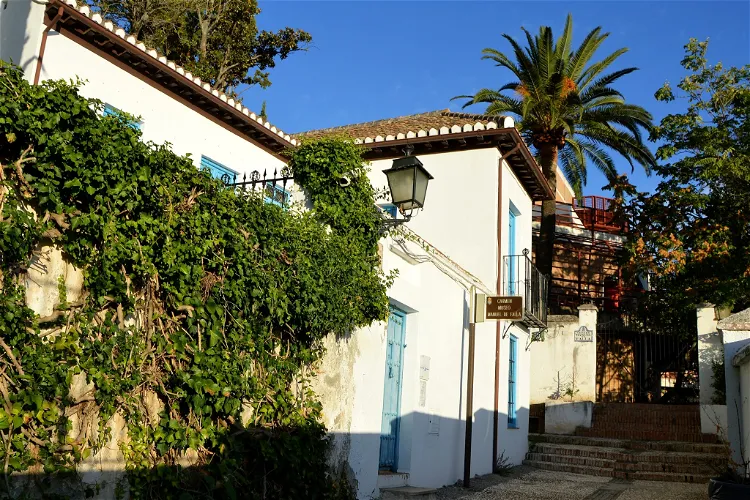
Manuel de Falla House Museum
GranadaThe museum and former home of Falla is dedicated to the interesting life and works of the famous Andalusian composer.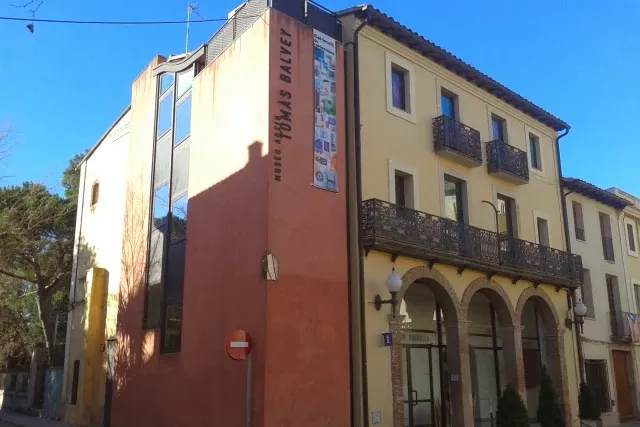
Cardadeu Tomàs Balvey Museum-Archive
CardedeuThe Tomàs Balvey Museum-Archive in Cardedeu is a unique institution that revolves around the legacy of Tomàs Balvey i Bas, who was the last in a long line of pharmacists in Cardedeu. The museum's narrative is built around the pharmacy and its pharmacist, focusing on the world of illness, remedies, and health. This makes it a fascinating destination for those interested in the history of medicine and pharmacy.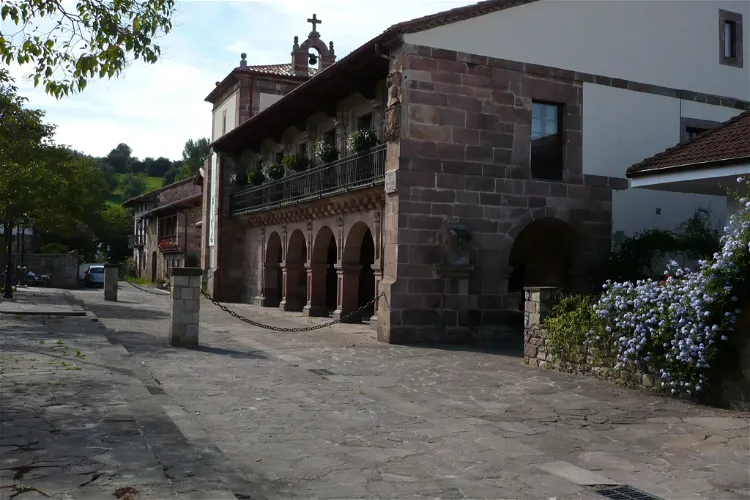
Museo De La Naturaleza De Cantabria
Cabezón de la SalThe Museo de la Naturaleza de Cantabria is situated in an 18th-century mansion in the Cantabrian village of Carrejo. This location is just 1.5 kilometers away from Cabezón de la Sal, Spain. The museum's location in a historical building adds a unique charm to the visitor's experience.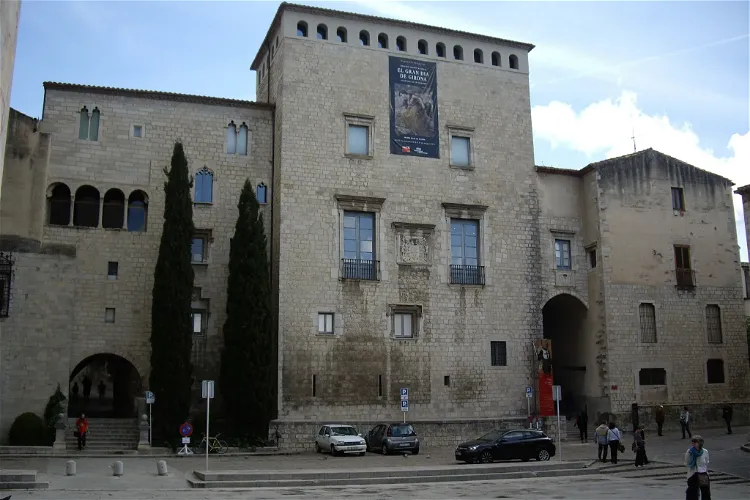
Girona Art Museum
GeronaThe Girona Art Museum, a public institution, was established in 1976. This was achieved by merging the collections of the provincial fine arts museum with those of the Girona Diocesan Museum. This merger resulted in a rich and diverse collection of artworks and artifacts, making the museum a significant cultural institution in the region.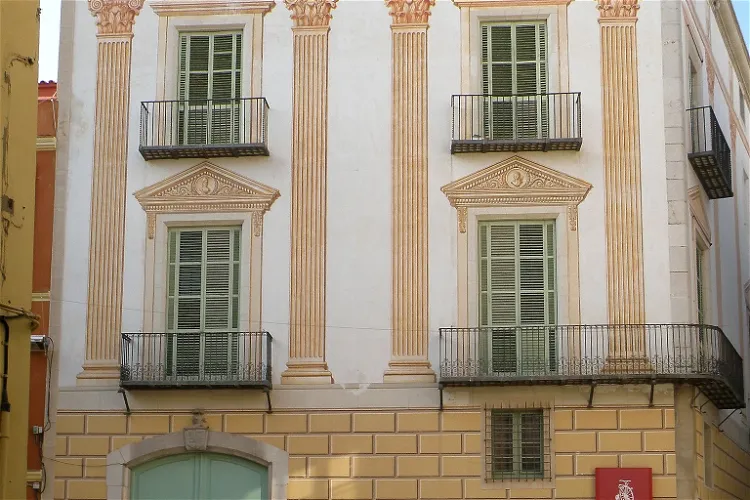
Can Papiol Romanticism Museum
Vilanova y GeltrúThe Can Papiol Romantic Museum is situated in the historic center of Villanueva and Geltrú, a location that adds to its charm. This museum is easily accessible and offers visitors a chance to step back in time and experience the romantic era in a unique and authentic setting.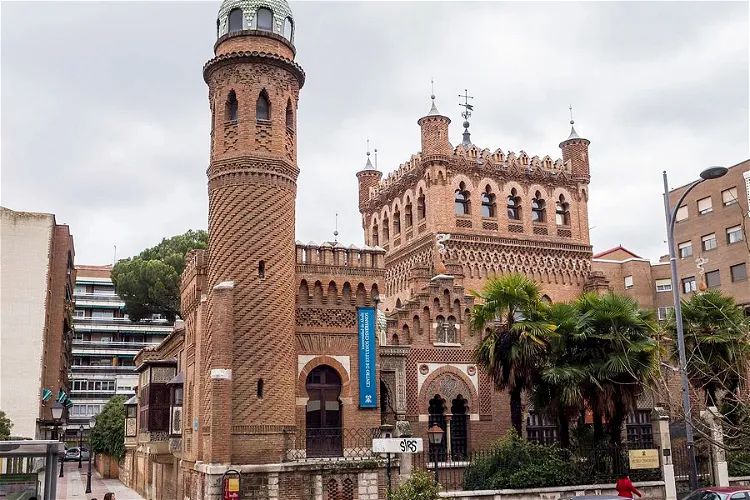
Laredo Palace
Alcalá de HenaresThe Laredo Palace, also known as Palacete Laredo or Palacio Laredo, is a significant cultural site located in Alcalá de Henares, Spain. This palace is a notable landmark in the region and offers a unique glimpse into the country's rich history and architectural heritage.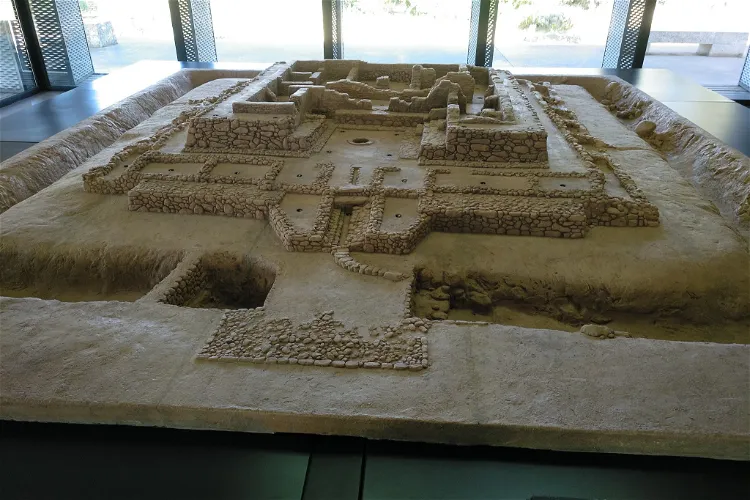
Cancho Roano Interpretation Center
Zalamea de la SerenaCancho Roano is an archaeological site situated in the municipality of Zalamea de la Serena, in the province of Badajoz, Spain. This site is known for being the best preserved Tartessian site, dating back to at least the sixth century BCE. The site is located three miles from Zalamea de la Serena in the direction of Quintana de la Serena Quintana, nestled in a small valley along the stream Cagancha.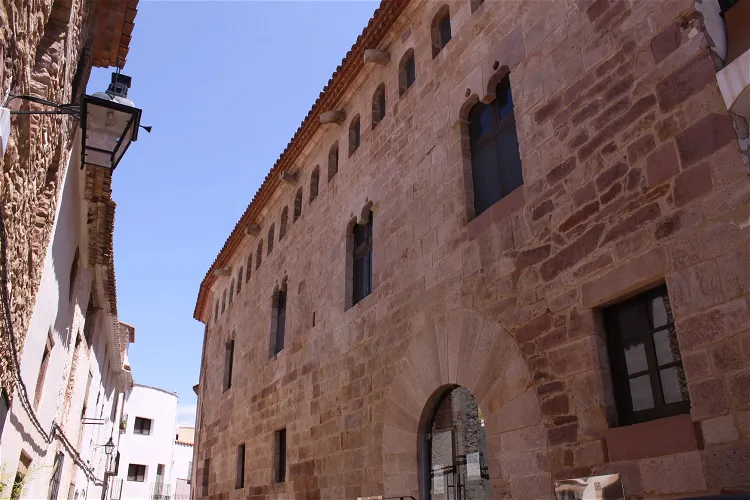
Museo de Arte Contemporáneo de Villafamés
VilafamésThe Museo de Arte Contemporáneo "Vicente Aguilera Cerni" de Villafamés is housed in the Palacio del Batlle. This civil Gothic palace was constructed in the mid-15th century and underwent renovations in the 18th century. The museum's location in this historic building adds a unique charm and historical context to the contemporary art pieces it houses.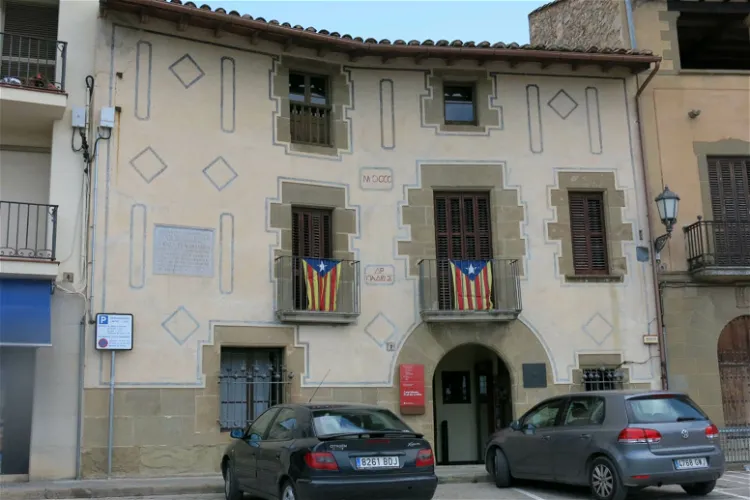
Casa Museu Prat de la Riba
CastellterçolThe Casa-Museo Prat de la Riba is a museum situated in the town of Castelltersol, in the Catalan region of Moyanés, Spain. It is the birthplace and deathplace of the Spanish politician Enric Prat de la Riba, a key theorist of Catalan nationalism, founder of the Lliga Regionalista, and the first president of the Mancomunidad de Cataluña.
Historical Ethnological Museum of Mijas
MijasThe Historical Ethnological Museum of Mijas is situated in the old part of Mijas Pueblo, a charming town in the province of Malaga, Spain. This location offers visitors a chance to explore the rich history and culture of the region while enjoying the picturesque surroundings of the town.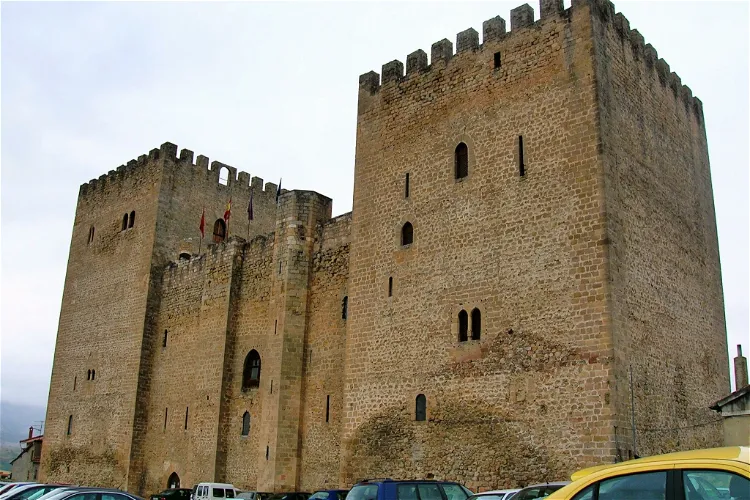
Alcázar de los Condestables
Medina de PomarEl alcázar de los Condestables de Castilla, a fortified palace, is situated in the Spanish town of Medina de Pomar, in the province of Burgos. This historical site offers a glimpse into the architectural style and history of the region.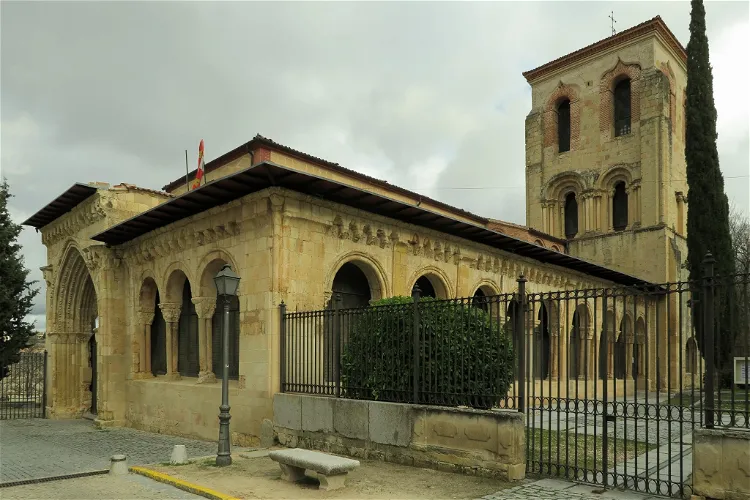
Zuloaga Museum
SegoviaThe Zuloaga Museum is a cultural institution managed by the Community of Castilla y León. It is located in the Plaza de Colmenares, a central location in the city. The museum is a part of the Spanish State's cultural heritage and is a significant site for those interested in Spanish history and culture.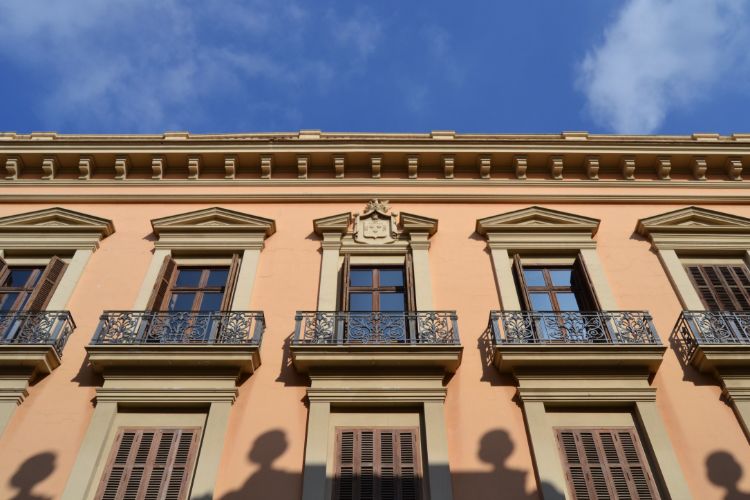
L'Iber Museo de los Soldaditos de Plomo
ValenciaL'Iber Museo de los Soldaditos de Plomo is a museum in Valencia that is housed in the palace of Malferit, a manor house of the late 14th and early 15th century. The collection the museum holds consists of more one million pieces of lead soldiers, which makes it the largest and most comprehensive mus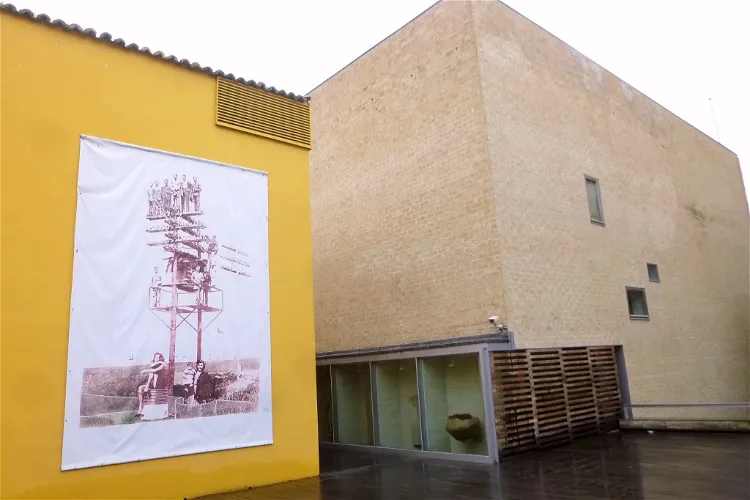
Zamora Museum
ZamoraThe Zamora Museum, a provincial museum, is situated in the Santa Lucía square in Zamora, Spain. This location is in a neighborhood known as Puebla del Valle during medieval times. The museum is a significant cultural institution in the region, offering a glimpse into the area's rich history and heritage.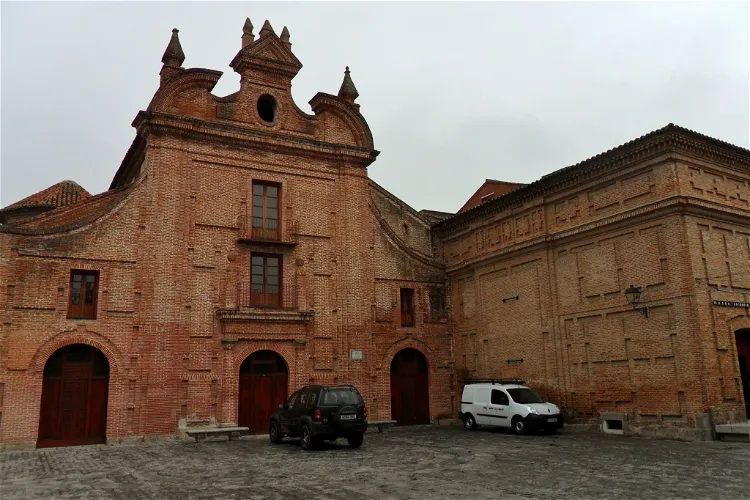
Ruiz de Luna Ceramic Museum
Talavera de la ReinaThe Ruiz de Luna Ceramic Museum is situated in the city of Talavera de la Reina, in the province of Toledo, Spain. This museum is a significant cultural landmark in the region, offering visitors a unique insight into the rich history and tradition of ceramics in the area.- 144
Sa Bassa Blanca Museum
AlcudiaThe Fundaci n Yannick y Ben Jakober, situated near Alcudia Mallorca Spain, was established in 1993. It is a private non-profit cultural institution that primarily focuses on the preservation and restoration of Spanish Historical Heritage. Additionally, it promotes the development of fine arts, including painting and sculpture. The foundation is known for its collection of Old Master Portraits of Children from the 16th to the 19th century, which is displayed to the public in an old water reservoir. 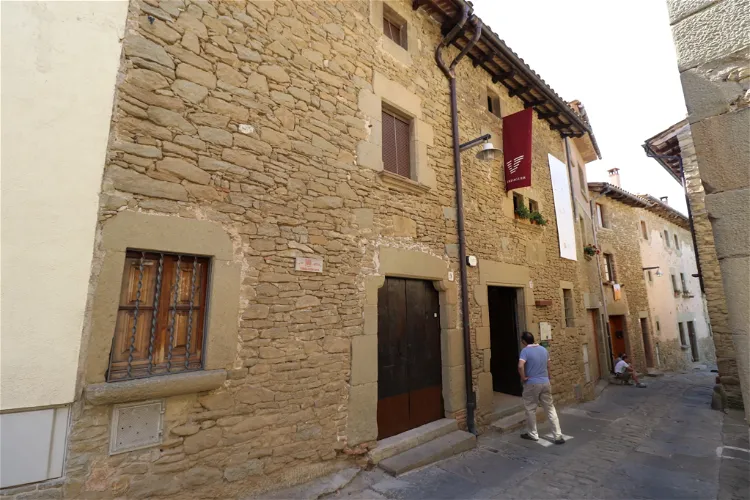
Verdaguer House-Museum
FolguerolesThe Cerdanyola Art Museum, also known as Can Domènech, is an art museum situated in the old town of Sardañola del Vallés in Spain. This museum is a part of the Local Museums Network of the Barcelona Provincial Council and the European Route of Modernism. It was inaugurated on September 10, 2009, and is housed in a building that is a significant example of local modernist architecture.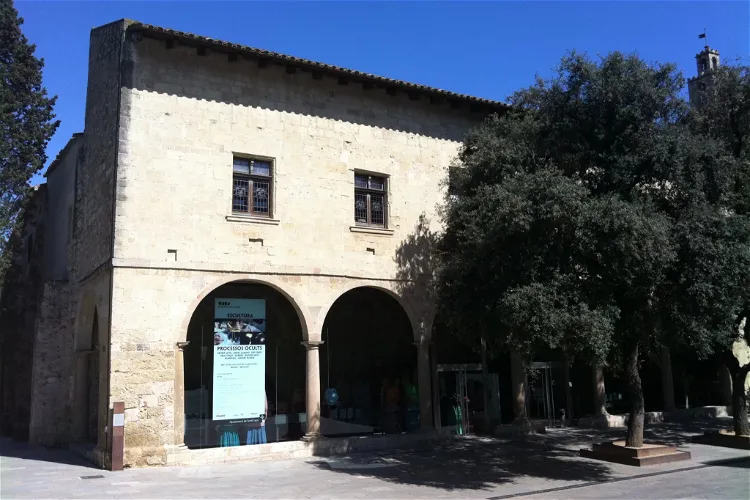
Sant Cugat Museum
Sant Cugat del VallèsThe Sant Cugat Museum, which opened its doors on 23 April 2003, is dedicated to the preservation and promotion of the historical, artistic, and cultural heritage of Sant Cugat del Vallès in Catalonia. As a visitor, you can explore the rich history and culture of the region through the museum's extensive collections and exhibitions.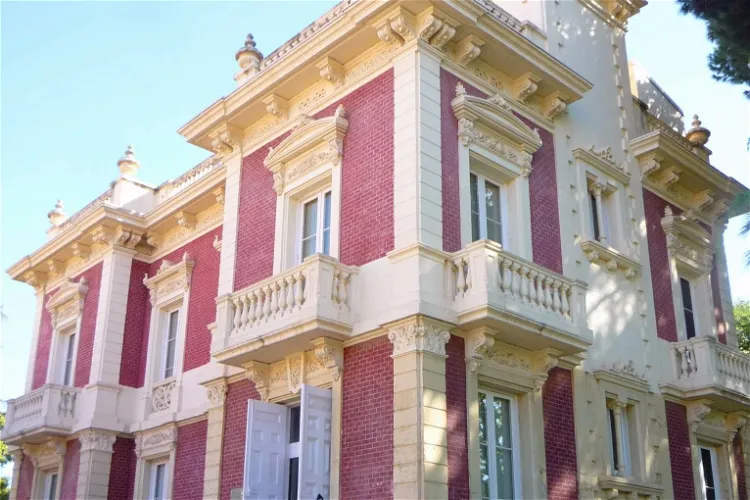
Can Tinturé Museum
Esplugues de LlobregatThe Can Tinturé Museum, situated in Esplugues de Llobregat, is a unique cultural destination as it is Spain's first monographic sample tile museum. The museum is housed in a late 19th-century house, which was designed by the renowned architect Claudi Duran i Ventosa. This historical setting adds to the overall charm and appeal of the museum, making it a noteworthy stop for those interested in architecture and art.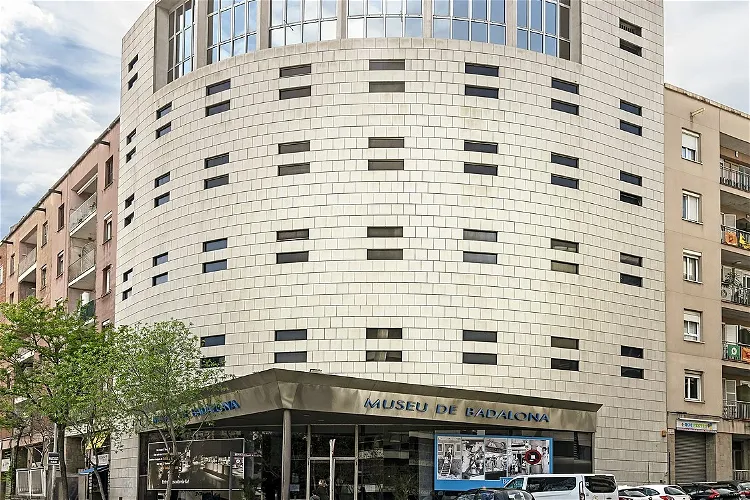
Badalona Museum
BadalonaThe Badalona Museum was founded in 1955, following the discovery of Roman baths by the local archaeologist and historian, Josep M. Cuyàs i Tolosa. This marked the beginning of the museum's journey, which has since become a significant cultural and historical site in the city.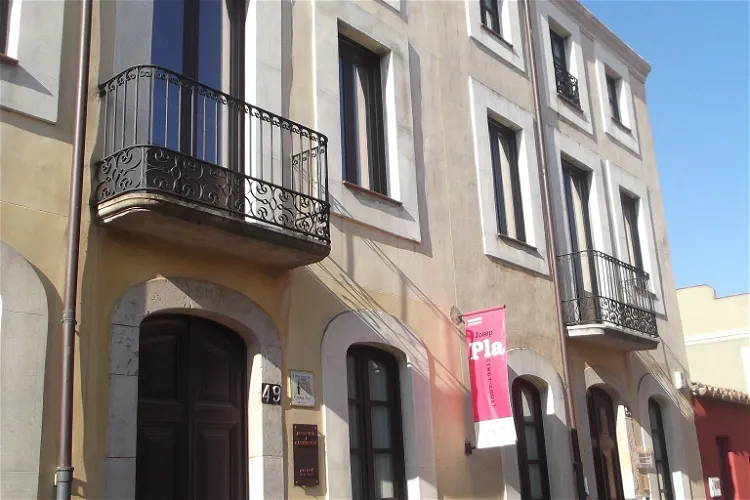
The Josep Pla Foundation
PalafrugellThe Josep Pla Foundation, located in Palafrugell, is a literary heritage center dedicated to promoting the reading and study of the works of Josep Pla. This includes both his literary and journalistic contributions. The foundation aims to facilitate access to Pla's works and encourage a deeper understanding of his contributions to literature.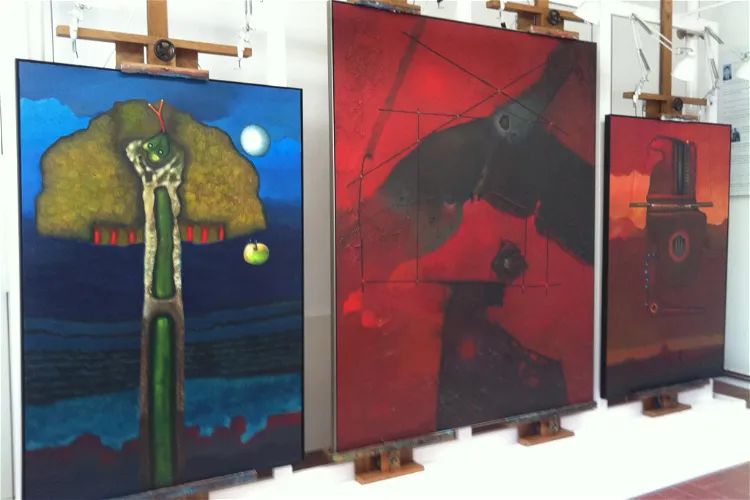
The Cuixart Foundation
PalafrugellThe Cuixart Foundation is in charge of maintaining the modernist house where Modest Cuixart lived from the 70s. This house, along with the painter's workshop, forms part of the cultural heritage of the Foundation. Visitors to the Foundation can explore these preserved spaces, offering a unique insight into the life and work of the artist.
Palacio de Elsedo en Liérganes
La HerránThe Elsedo Palace, also known as the Palace of the Counts of Torrehermosa, is a Spanish rural palace from the 18th century. It is located in the town of Pámanes, within the municipality of Liérganes, in Cantabria, Spain. This historical building offers a glimpse into the architectural style and grandeur of the 18th century.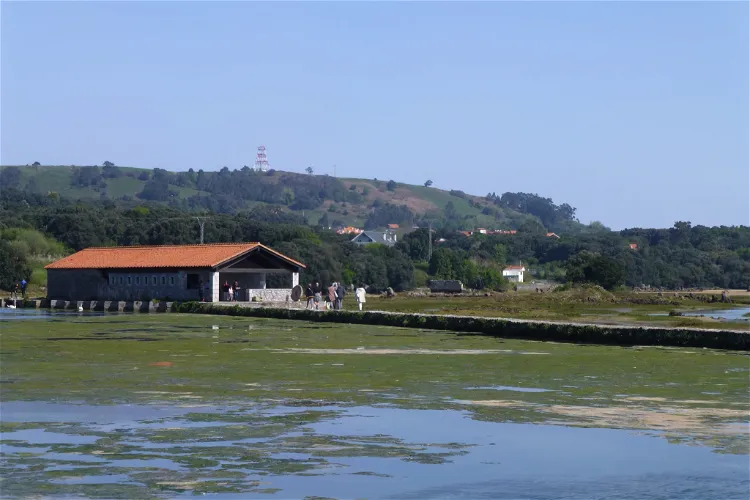
Santa Olaja Mill
Isla PlayaSanta Olaja Mill, also known as Santa Olalla, is a tidal mill located in the Joyel marsh in the municipality of Arnuero in Cantabria, Spain. It is part of the Trasmiera Ecopark and is one of the few mills that are still preserved in good condition. The mill is unique as it is the only one on the European Atlantic coast that functions as an Interpretation Center for these mechanical devices and maintains a visiting schedule open to the public all year round.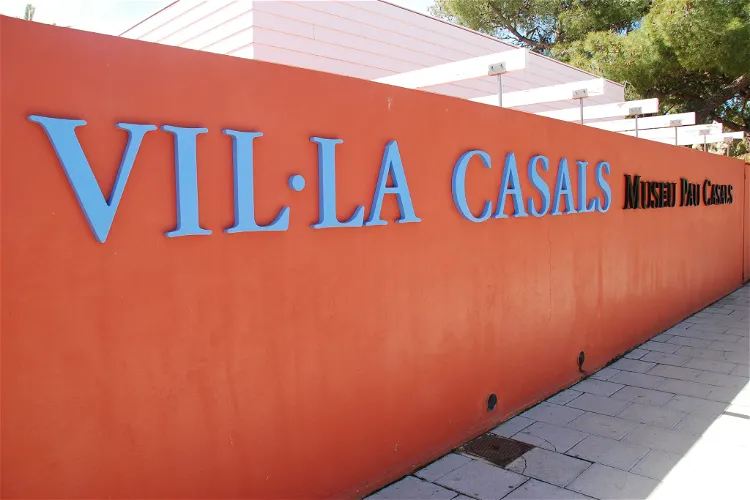
Pau Casals Museum
El VendrellThe Pau Casals Museum, located on the seafront of San Salvador in Vendrell, is dedicated to the life and work of Pau Casals. The museum, which was inaugurated in 1974, aims to conserve, preserve, and disseminate the figure of Pau Casals, his work, and his heritage.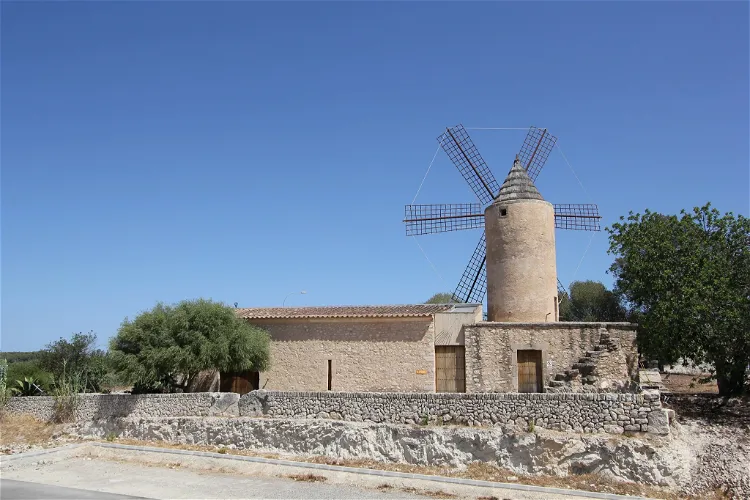
Museu Arqueològic de Son Fornés
MontuïriThe Museo Arqueol gico de Son Forn s is situated in the Spanish municipality of Montuiri, Baleares. It is housed in an old flour mill known as the Mol des Fraret. This location adds a unique historical charm to the museum, making it an interesting destination for tourists interested in history and archaeology.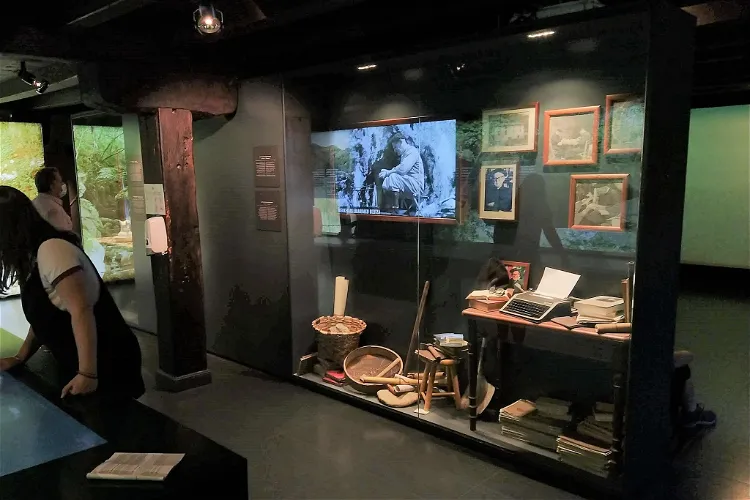
Museum of Witches
ZugarramurdiThe Museum of Witches in Zugarramurdi is situated in the Spanish town of Zugarramurdi, which is part of the Autonomous Community of Navarre. This location is significant as it is the setting for the museum's historical context and exhibits.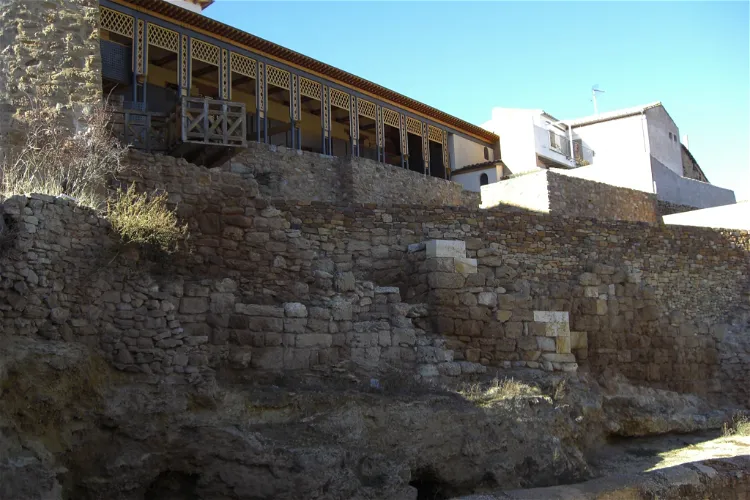
Centro de Interpretación de Ágreda
ÁgredaThe Centro de Interpretación de Ágreda provides a unique opportunity for visitors to delve into the history of Ágreda through a virtual tour. This interactive experience allows tourists to gain a deeper understanding of the town's past and the transformations it has undergone over the years.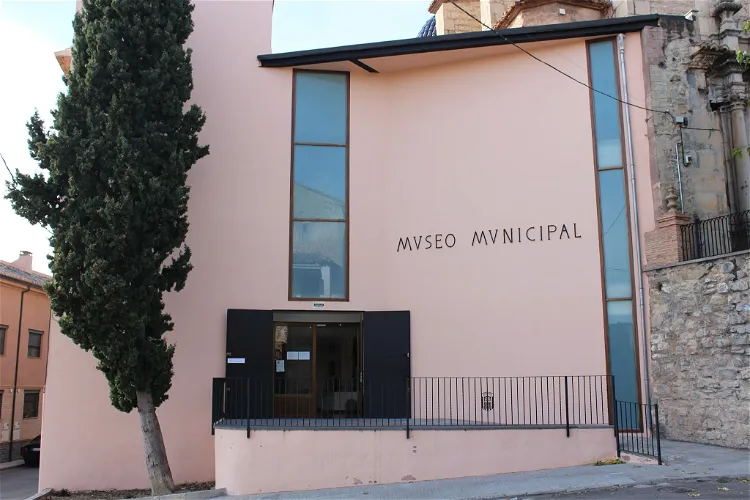
Museo Municipal de Jérica
JéricaThe Museo Municipal de Jérica has received several recognitions over the years. In 1962, it was declared a National Historic Artistic Monument. Later, on February 22, 1996, it was recognized as a permanent museum collection. In 2004, it was declared a Cultural Interest Property, further emphasizing its importance in preserving and showcasing local heritage.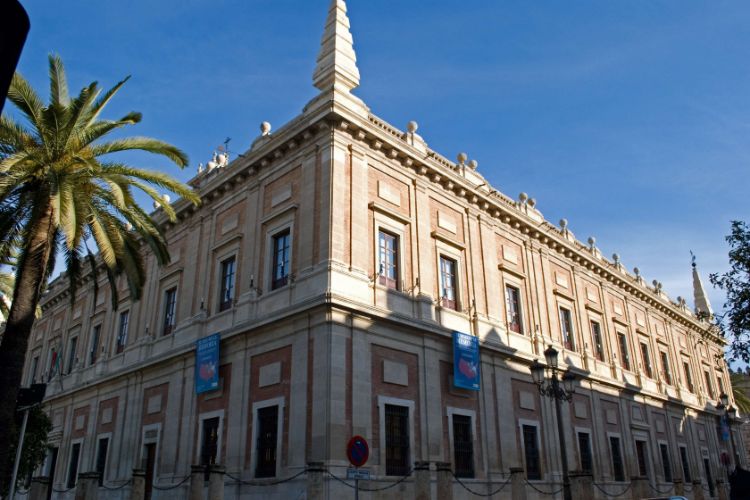
Archivo General de Indias
SevilleArchivo General de Indias (The General Archive of the Indies) is housed in the ancient merchants' exchange of Seville and holds the valuable archival documents that illustrate the history of the Spanish Empire in the Americas and the Philippines. The building, called Casa Lonja de Mercaderes, is a g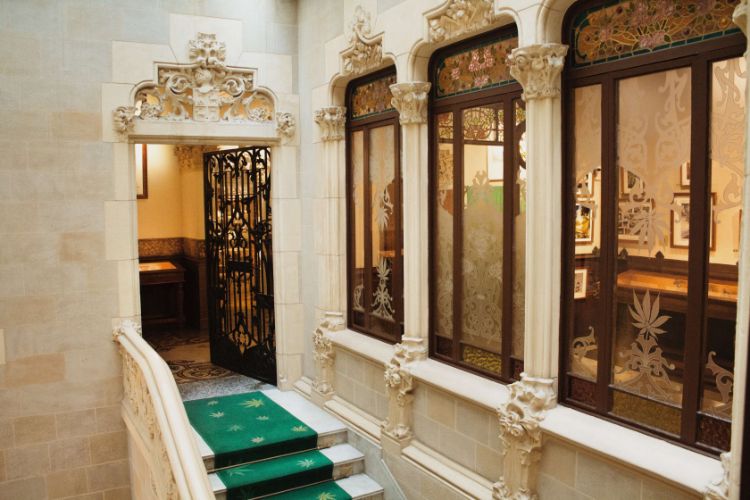
Hash Marihuana & Hemp Museum
BarcelonaThe Hash Marihuana & Hemp Museum manages and exhibits a unique collection of more than 12,000 objects related to all aspects of the cannabis plant. From cultivation to consumption, from ancient ritual to modern medicine, every aspect of cannabis in human culture is represented in some way in our two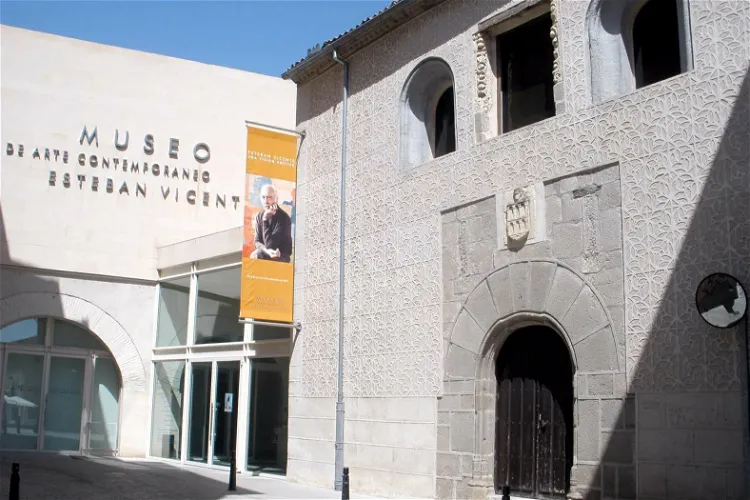
Museum of Contemporary Art Esteban Vicente
SegoviaThe Museum of Contemporary Art Esteban Vicente is a significant cultural institution in the Spanish city of Segovia. It is housed in the historic Palace of Enrique IV, a building of cultural interest located in the heart of Segovia's historic center. The museum's location adds to its charm, offering visitors a chance to explore both contemporary art and historic architecture in one visit.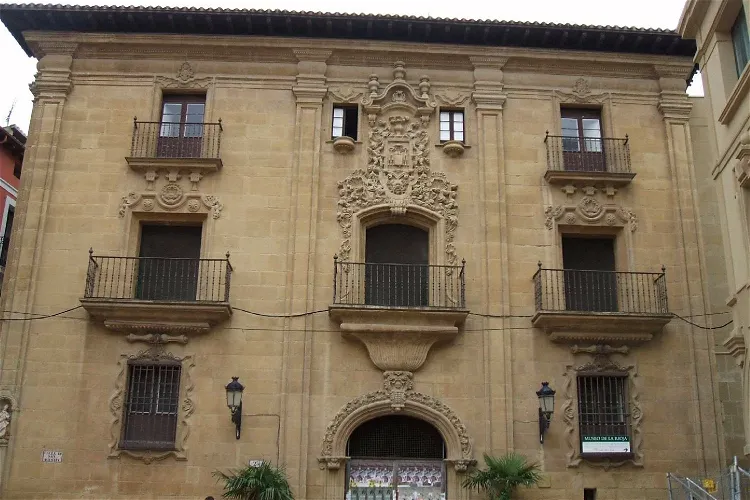
Museum of La Rioja
LogroñoThe Museum of La Rioja is housed in the Espartero Palace in Logroño, a Baroque construction from the 18th century. This palace was the residence of General Baldomero Espartero after he retired from politics and married María Jacinta Martínez. The palace's rich history and architectural beauty add to the overall experience of visiting the museum.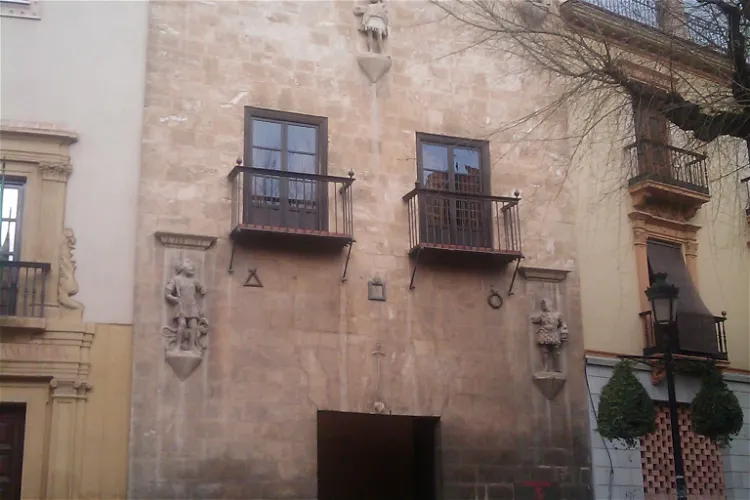
Museo Casa de Los Tiros de Granada
GranadaLa Casa de los Tiros is a museum and building situated in the Realejo neighborhood of the Spanish city of Granada, in the autonomous community of Andalusia. The museum is located on Pavaneras street, making it easily accessible for tourists visiting the city.
Centro de Interpretación Olivar y Aceite
ÚbedaThe Centro de Interpretación Olivar y Aceite is a unique tourist and museum center located in the historic Casa de la Tercia building in Úbeda, in the province of Jaén. The center is dedicated to the dissemination of virgin olive oil, a product deeply rooted in the culture and economy of the region. Visitors can learn about the history, production, and uses of this valuable product in a beautiful and historic setting.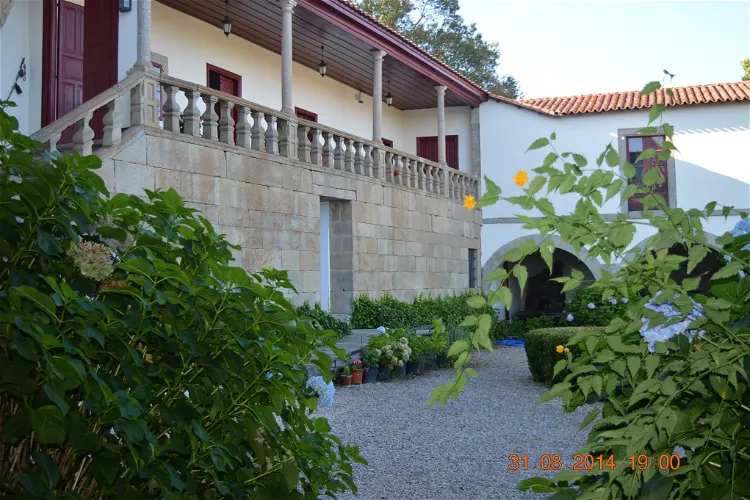
Pazo de Tor Museum
Monforte de LemosThe Pazo de Tor is a Baroque style building situated in the town of Tor, within the municipality of Monforte de Lemos, in the province of Lugo, Spain. This historical building offers a glimpse into the architectural style of the Baroque period, making it an interesting destination for those interested in architecture and history.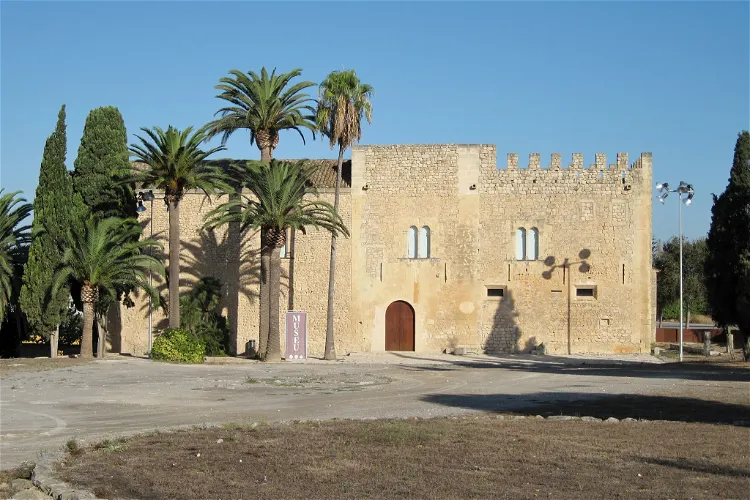
Manacor Museum of History
ManacorThe Manacor History Museum is a Spanish museum located in the building known as the Torre dels Enagistes. It is dedicated to the history of Manacor and the Levante region, in Mallorca. This museum is a great place to learn about the rich history and culture of the region.
Caja Granada Cultural Center
GranadaThe CajaGranada Cultural Center offers a wide range of cultural and educational activities, with a particular emphasis on art and culture. It is designed to adapt to the needs of specific artistic expressions and is equipped to support installations and audiovisual media. This flexibility allows the center to host a variety of events and exhibitions, making it a dynamic and engaging destination for visitors.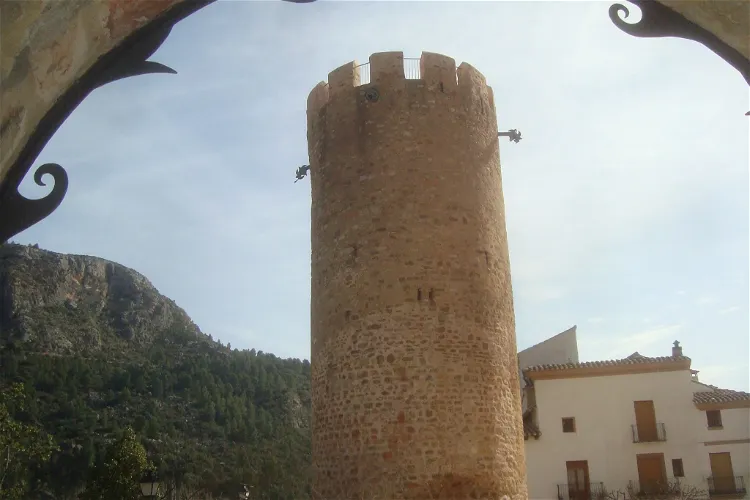
Torre Redonda
ArgelitaThe Torre Redonda de Argelita is situated in the urban area of the town, right in the center of the Church square. It is adjacent to the remains of the Palace of Abú Zayd. This location makes it easily accessible and a central point of interest for tourists visiting the town.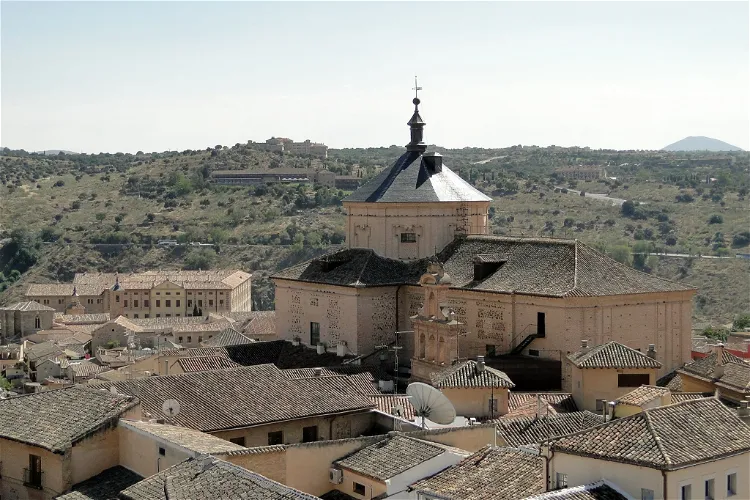
San Marcos Arts Centre
ToledoThe Church of San Marcos in Toledo, Spain, has a rich history dating back to the 17th century. It was originally part of the Convent of the Holy Trinity and was built from scratch during this period. This historical context adds a layer of depth to the visitor's experience, providing a glimpse into the religious and architectural practices of the time.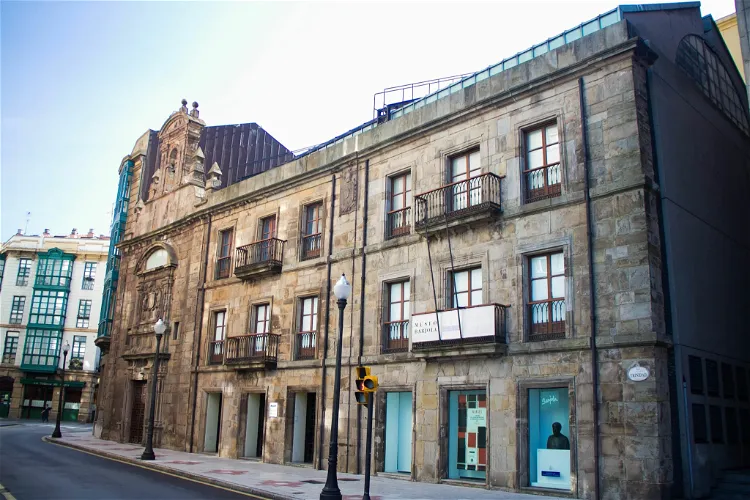
Barjola Museum
GijónThe Juan Barjola Museum is a cultural institution situated in the Asturian town of Gijón, Spain. This location is easily accessible and offers visitors the opportunity to explore the rich cultural heritage of the region.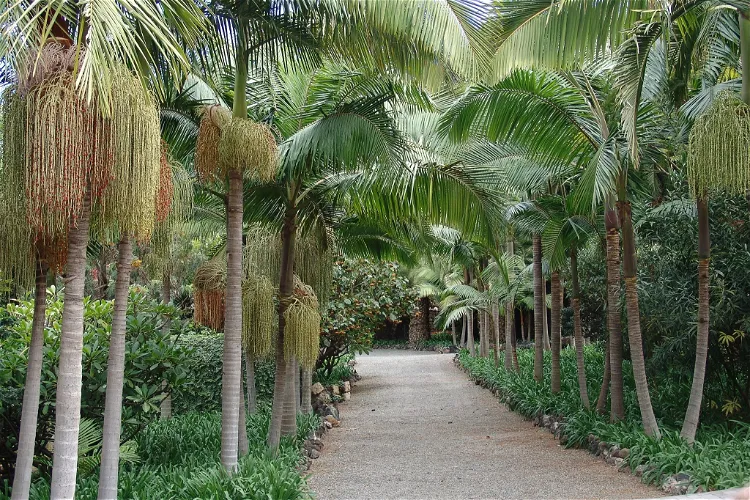
Jardín de la Marquesa
ArucasThe Marquesa de Arucas Botanical Garden is a 5000 m² botanical garden situated in the municipality of Arucas on the island of Gran Canaria, Canary Islands, Spain. This privately managed garden is nestled on the outskirts of Arucas, at the foot of the emblematic 'Montaña de Arucas'. The garden's location, surrounded by banana plantation terrains, offers a unique and lush environment for visitors.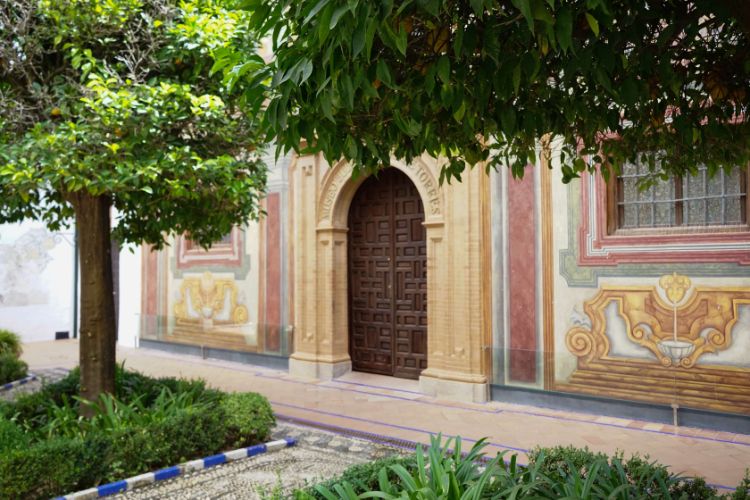
Museo de Julio Romero de Torres
CórdobaMuseo de Julio Romero de Torres (The Julio Romero de Torres Museum) is a museum in Córdoba, which is known for holding the largest collection of the Cordoba painter Julio Romero de Torres. The museum is housed in the building of the old Hospital de la Caridad, where the Museum of Fine Arts of Córdob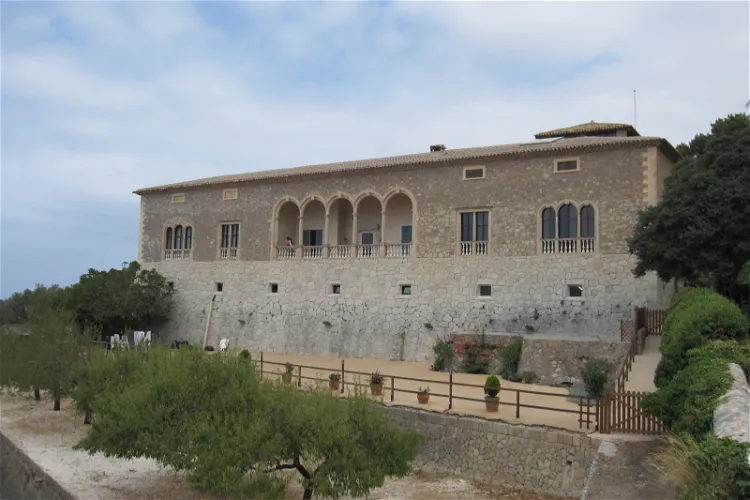
House Museum of Son Marroig
DeyáSon Marroig is a property located in the municipality of Deyá, on the island of Mallorca in Spain. This property is known for its inclusion of the imposing Sa Foradada peninsula, a natural landmark that adds to the beauty and uniqueness of the location. Visitors to Son Marroig can enjoy the stunning views and explore the natural surroundings that the peninsula offers.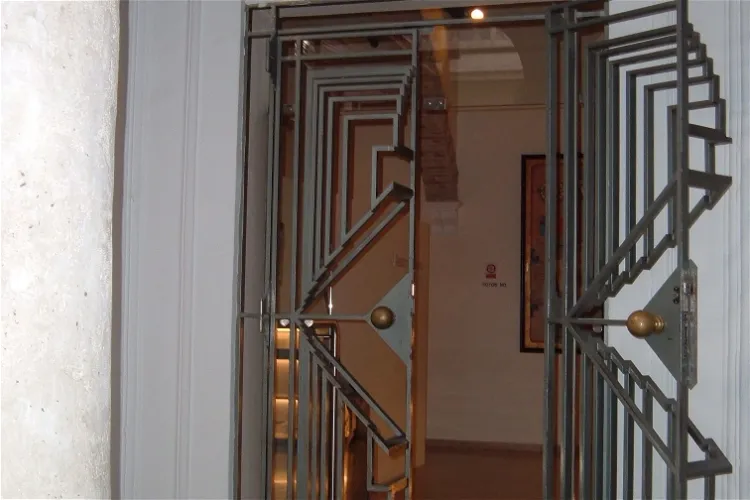
Municipal Archaeological Museum of Villena
VillenaThe Municipal Archaeological Museum of Villena, also known as the José María Soler Archaeological Museum, is housed in the Town Hall, a Renaissance building dating back to the early 16th century. This location adds a historical charm to the museum, making it a unique place to explore the rich archaeological findings of the region.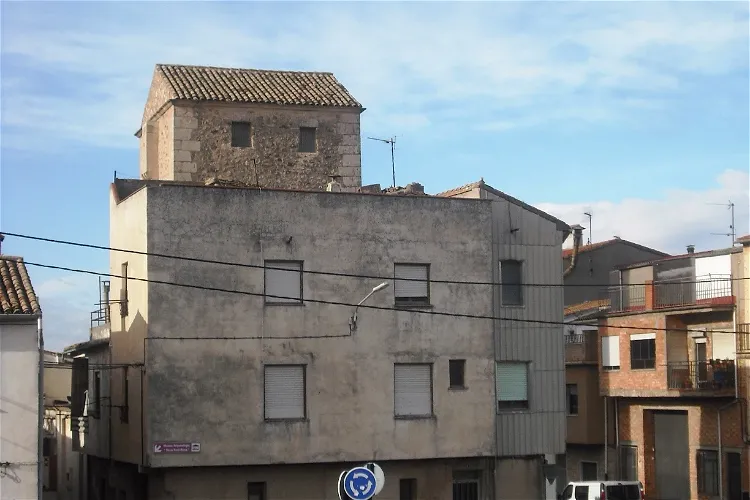
Archaeological Museum of the Tower of Font Bona
BañeresBetween 1991 and 1997, the Tower of Font Bona underwent extensive restoration. Today, it houses the Municipal Archaeological Museum, which showcases findings from numerous archaeological sites in the municipality since the 1960s.
Unamuno House Museum
SalamancaThe Unamuno House Museum is situated in the historic heart of Salamanca, Spain. This location makes it easily accessible for tourists who are exploring the city's rich history and culture. The museum is housed in a building that dates back to the 18th century, adding to its historical significance.
Balearic Museum of Natural Sciences
SóllerLocated in a 19th century mansion, the museum contains both permanent and temporary exhibitions.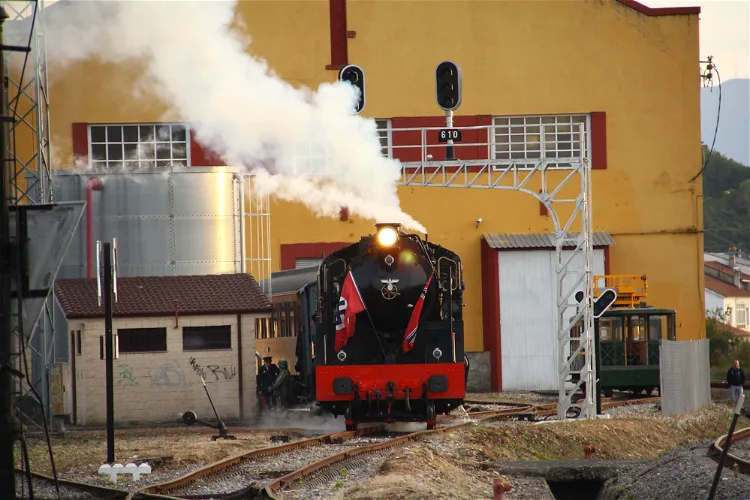
Galician Railway Museum
Monforte de LemosThe Galician Railway Museum, also known as MUFERGA, is situated in the city of Monforte de Lemos, in the province of Lugo. The museum was inaugurated in the year 2001 and has since been a significant site for railway history and heritage in Spain.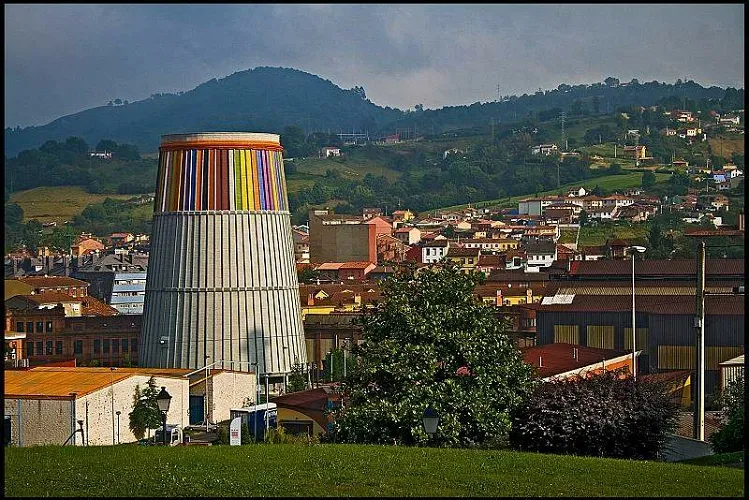
Iron and Steel Museum
LangreoThe Iron and Steel Museum of Asturias (MUSI) is a cultural center that was inaugurated in 2006. It is situated in La Felguera, within the council of Langreo in Spain. The museum is housed in part of the former La Felguera Factory, the first major integrated iron and steel plant built in Spain in the mid-19th century.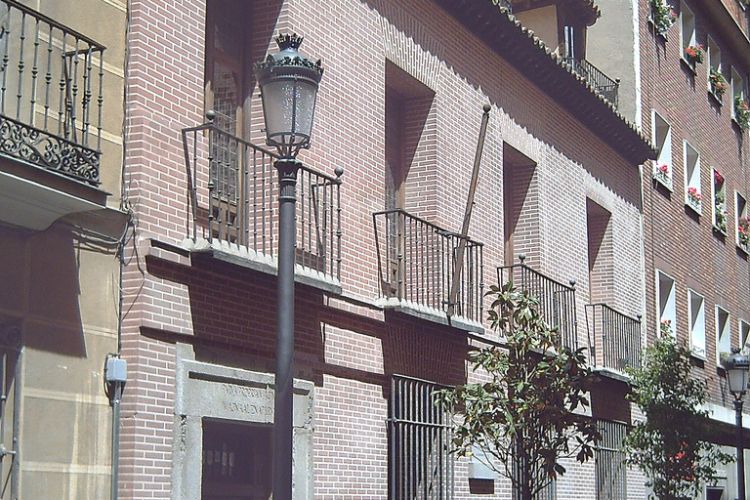
House-Museum of Lope de Vega
MadridThe House-Museum of Lope de Vega in Madrid is the house of the famous Spanish playwright and poet Lope de Vega who lived in the 16th century and became a prominent writer of the Golden Age. Rebuilt into a museum in 1935, its exhibition will guide you through both Vega's life and death, as he died in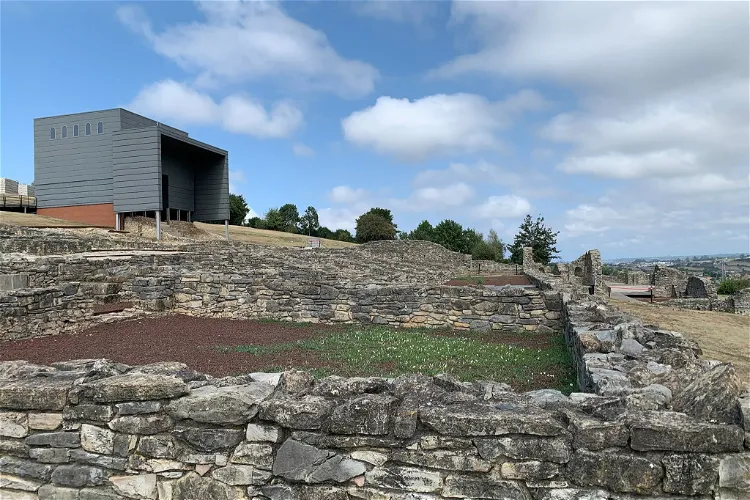
Roman Villa of Veranes
GijónThe Roman Villa of Veranes, located in the Veranes neighborhood in the parish of Cenero in the Asturian council of Gijón, Spain, is an archaeological site that offers a unique glimpse into the past. The site is home to the ruins of a Roman villa, which are interpreted and presented to the public through an on-site interpretation center. This allows visitors to gain a deeper understanding of the historical significance and context of the ruins.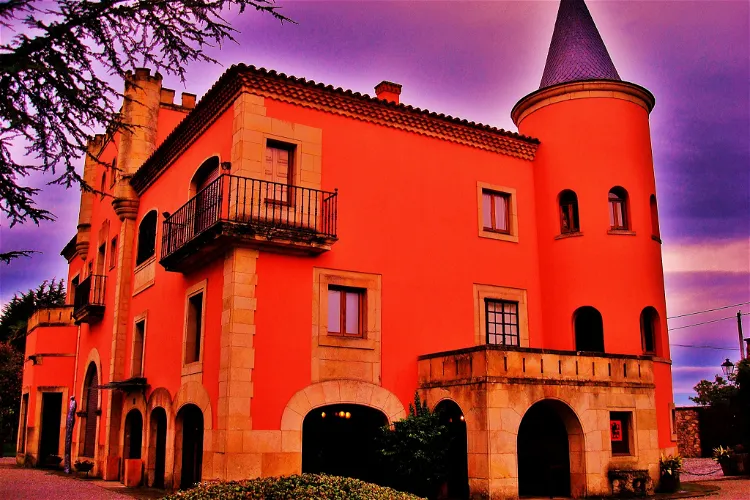
Evaristo Valle Museum
GijónThe Evaristo Valle Museum Foundation, located in Gijón, is a museum dedicated to the life and work of the local painter Evaristo Valle. The museum was founded in 1981 and officially opened its doors to the public on March 5, 1983. It serves as a tribute to the artist's legacy and offers visitors a chance to explore his artistic journey.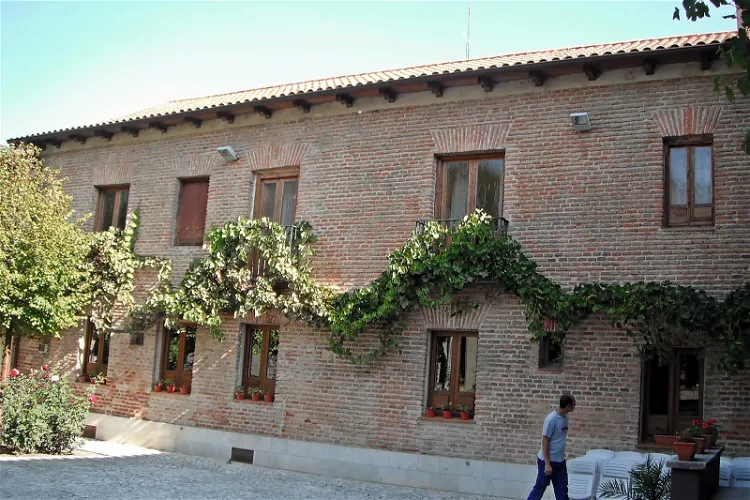
Zorrillas's House Museum
ValladolidThe Zorrilla House in Valladolid, located in the autonomous community of Castilla y León in Spain, is a significant cultural site. This property is where the renowned romantic poet, José Zorrilla, was born on February 21, 1817. It offers a unique opportunity to explore the birthplace of one of Spain's most celebrated poets.
Pedagogical Museum of Galicia
SantiagoThe Pedagogical Museum of Galicia (MUPEGA) is a unique institution that operates under the Department of Culture, Education and University Planning of the Galician Government. Its primary objective is to study, recover, and disseminate the pedagogical heritage of Galicia. This makes it a significant destination for those interested in the history and evolution of education in the region.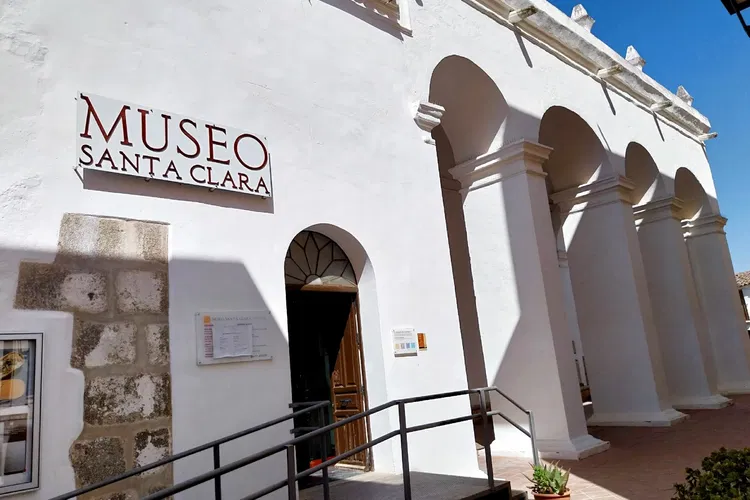
Santa Clara Museum
ZafraThe Santa Clara Museum aims to showcase the spirituality and simplicity of the cloistered life of the Clarissa sisters. It also highlights the patronage of the House of Feria and how the monastery has integrated into the city of Zafra and related to its people to the present day. These three thematic lines (convent, noble patronage, and city) are integrated into a monumental and historical exhibition space.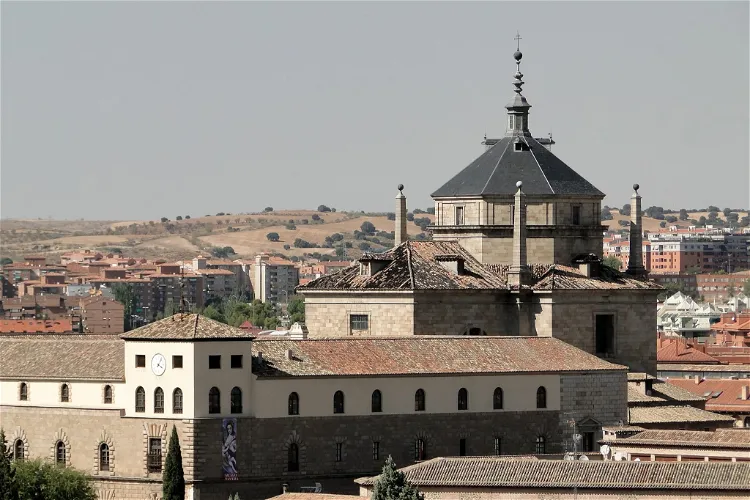
Hospital Museum of Tavira
ToledoThe Hospital de Tavera, also known as the Hospital de San Juan Bautista, Hospital de afuera, or simply as Hospital Tavera, is a significant example of Renaissance architecture situated in the Spanish city of Toledo. This historical building, built between 1541 and 1603, is dedicated to John the Baptist and also served as a pantheon for its patron, Cardinal Tavera. The building's design and construction were overseen by several architects, with Bartolomé Bustamante completing the work.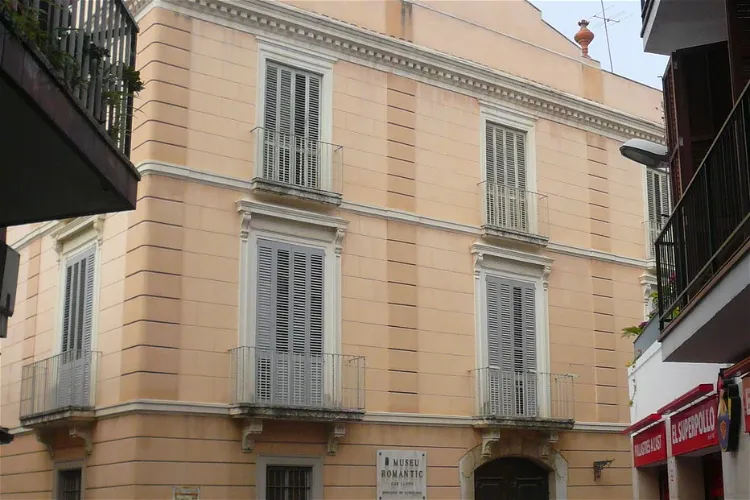
Can Llopis Romanticism Museum
SitgesThe Can Llopis Romanticism Museum, also known as Museu Romàntic Can Llopis, is situated in a Neoclassical-style building in the heart of Sitges. It is a part of the Barcelona Provincial Council Local Museum Network, making it a significant cultural site in the region. The museum is housed in the former Casa Llopis, a stately home built in 1793 that was once one of the most impressive residences in Sitges's new district.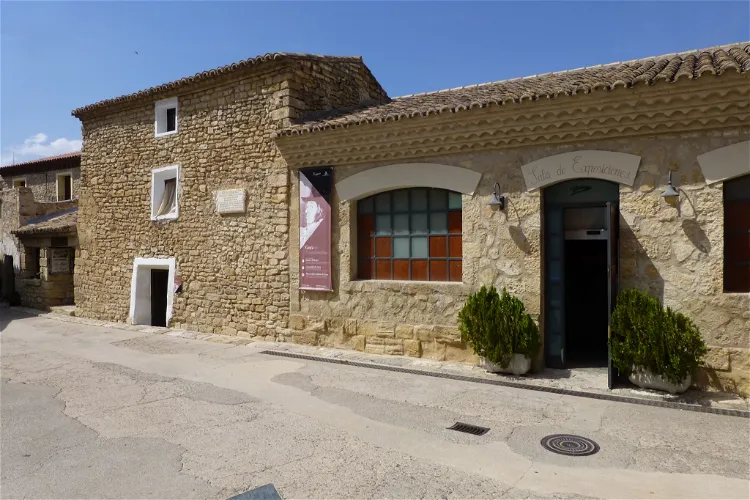
Goya's Birth Place
FuendetodosThe Goya Birth House, located in the town of Fuendetodos, is now a museum that visitors can explore. It showcases Aragonese style furniture, reproductions of Goya's works, and various documents related to the artist. This provides a unique insight into the life and work of one of Spain's most renowned painters.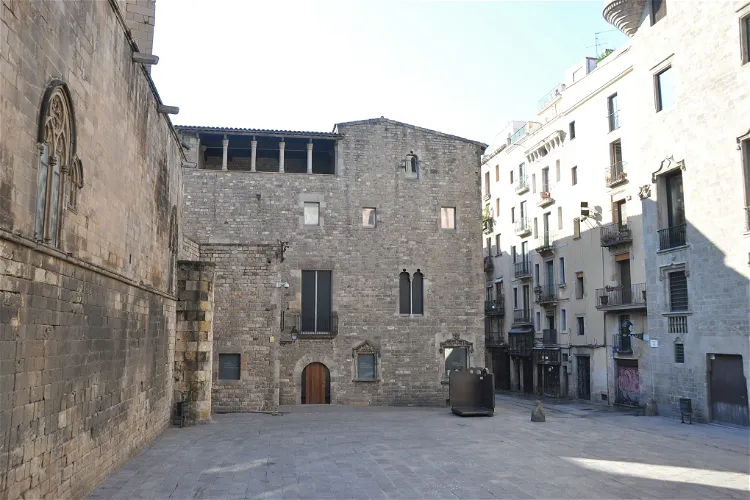
Museum of the History of Barcelona
La MasiaThe Museum of the History of Barcelona, also known as MUHBA, is a city institution that is dedicated to preserving, documenting, maintaining, and exhibiting Barcelona's cultural heritage from its beginnings to the present. The museum's collections include a wide range of artifacts and exhibits that provide a comprehensive overview of the city's history and cultural evolution. Visitors to the museum can expect to gain a deeper understanding of Barcelona's rich and diverse history.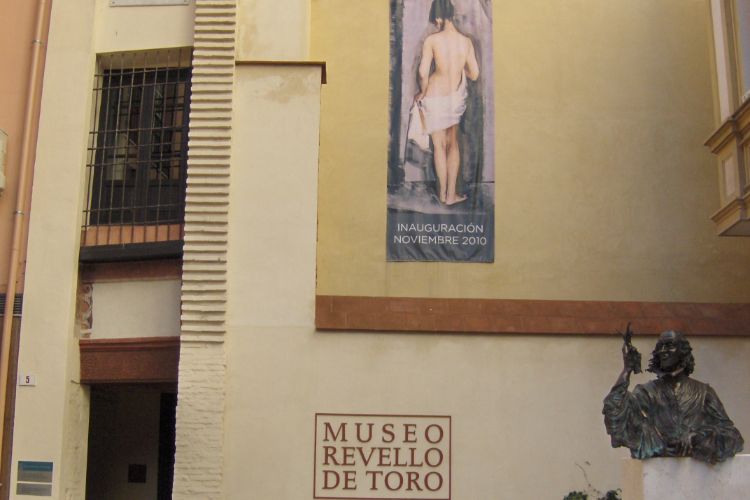
Revello de Toro Museum
MálagaThe Revello de Toro Museum, also known as Pedro de Mena's house-workshop (casa-taller de Pedro de Mena), is a pinacoteca in Málaga. The museum is located in the former home of Pedro de Mena. As its name suggests, the museum is dedicated to the painter from Málaga Félix Revello de Toro and holds a co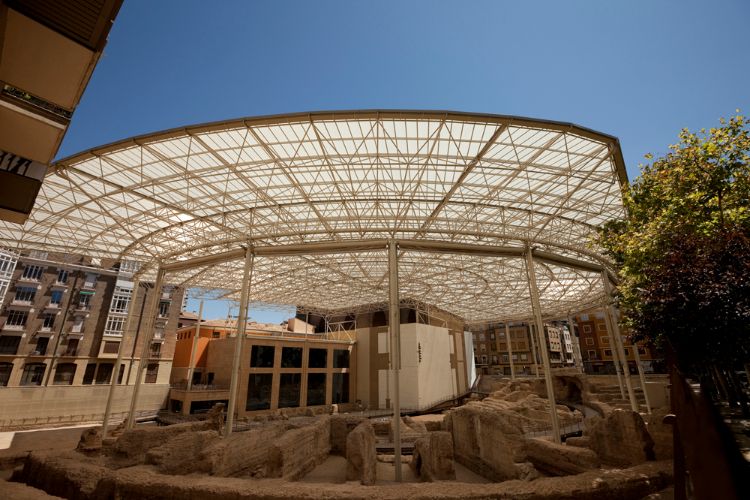
Museo del Teatro Romano de Caesaraugusta
ZaragozaThe Museum of the Theater of Cesaraugusta (Museo del Teatro de Caesaraugusta) is a space in which the ruins of the old Roman theater of Zaragoza as well as diverse archaeological finds and models of that time are exhibited. The Roman theater of Caesaraugusta dates from the 1st century and with its 7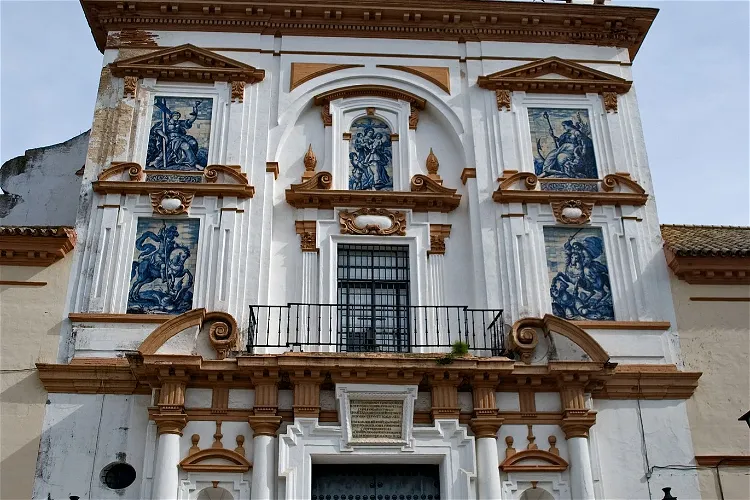
Hospital de la Caridad (Seville)
SevilleThe Hospital de la Caridad, located near the Plaza de toros de la Real Maestranza de Caballería de Sevilla, is a Roman Catholic baroque charity hospital. This historic building is a significant part of Seville's architectural heritage and offers a glimpse into the city's past.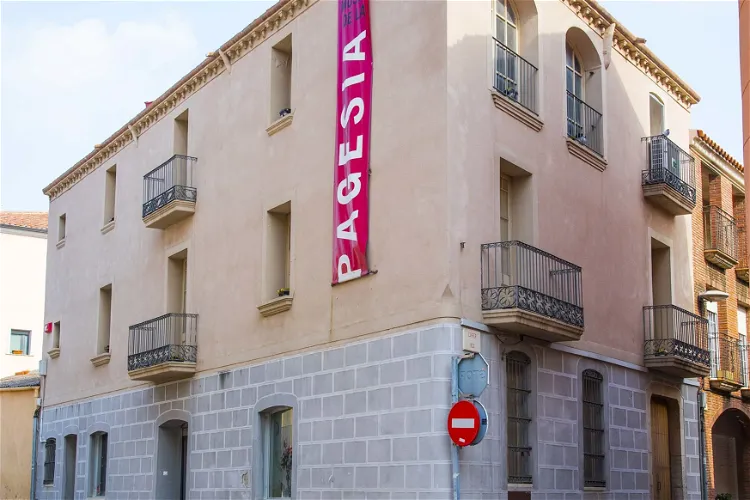
Museu de la Pagesia
CastellbisbalThe Museu de la Pagesia in Castellbisbal, located in the Vallés Occidental region, is dedicated to the preservation and promotion of the local cultural heritage related to the agricultural world. This museum provides a unique opportunity for visitors to delve into the rich agricultural history of the region and understand its impact on the local culture.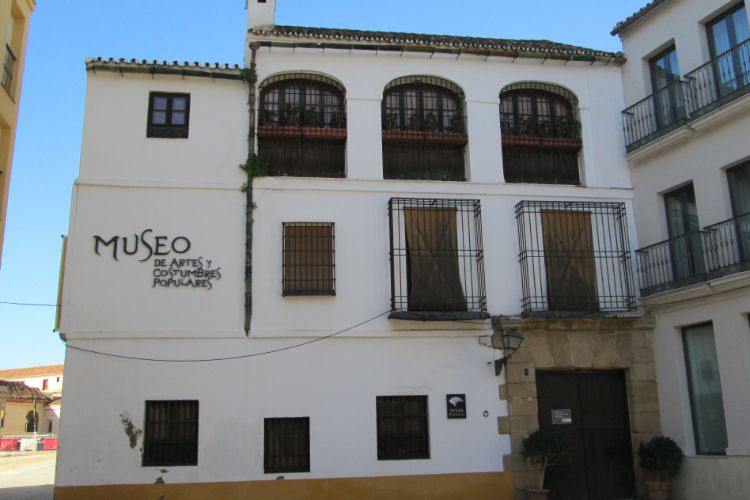
Museo de Artes y Costumbres Populares
MálagaMuseo de Artes y Costumbres Populares (The Museum of Popular Arts and Customs) is an ethnographic museum in Malaga. The museum is housed in the Mesón de la Victoria, a 17th century inn located on the banks of the Guadalmedina River. The museum exhibits its collection in nineteen rooms that represent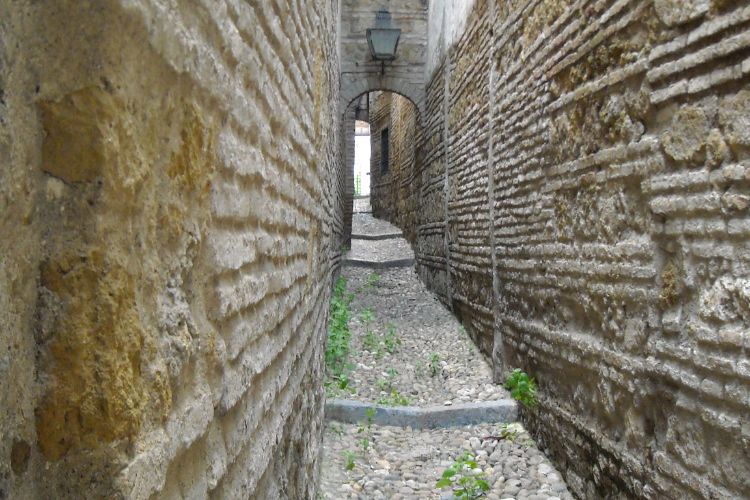
Casa de las Cabezas - Patios de Leyenda
CórdobaCasa de las Cabezas - Patios de Leyenda (The House of heads) is a manor house turned into a museum in Córdoba that is known for a variety of legends and stories that happened in the place, in addition to the typical courtyards of Cordoba.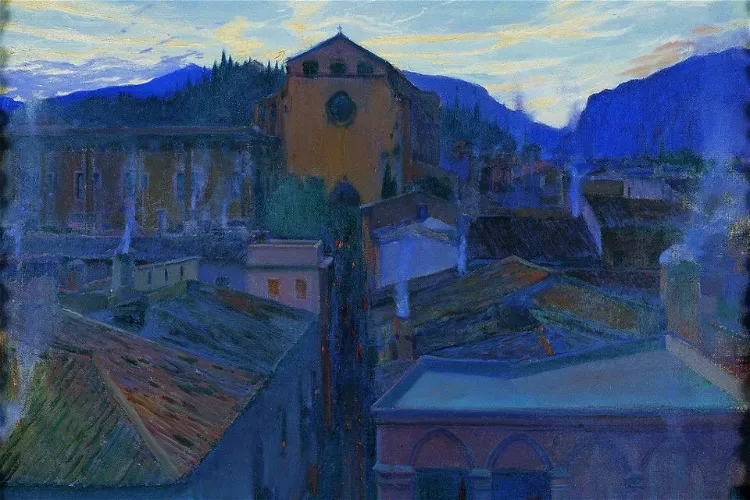
Pollença Museum
PollensaSet in a former Dominican convent, the museum exhibits prehistoric sculptures and contemporary artists.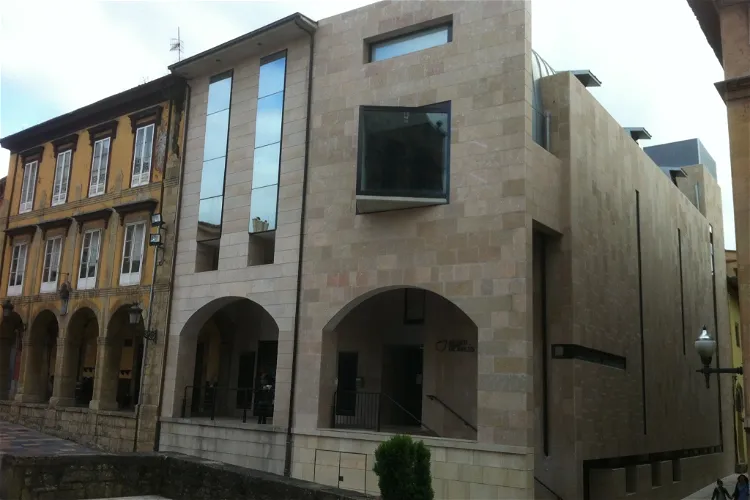
Museum of Avilés Urban History
AvilésThe Museum of Urban History of Avilés is situated within the city's historic-artistic complex. It is the first public space dedicated to the history of Avilés, a city in the Asturias region of Spain. The museum is designed to provide a chronological context of events that have shaped the development of the town over different periods, with a particular emphasis on the period from the granting of the charter by King Alfonso VI in 1085 to the present day.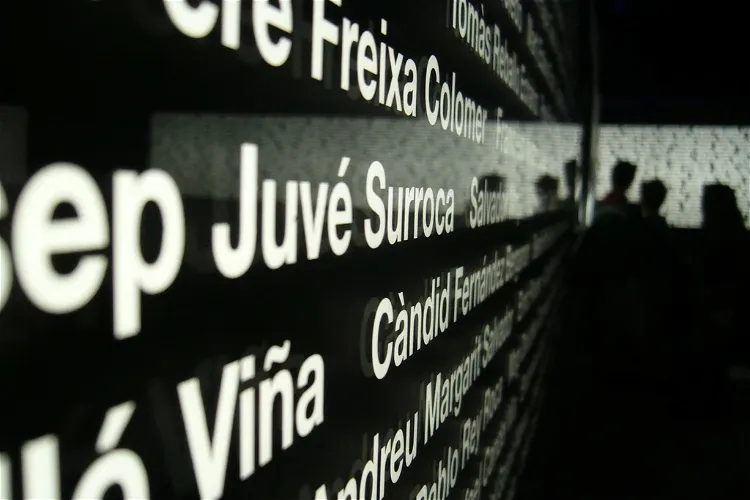
Museu memorial de l'exili
La JunqueraThe Museu Memorial de l'Exili, also known as MUME, is a modern documentation center that focuses on the Retirada of 1939 and the exile of Spanish Republicans. This museum provides an in-depth look into a significant period of Spanish history, offering visitors a chance to learn about the events and experiences of those who lived through this time.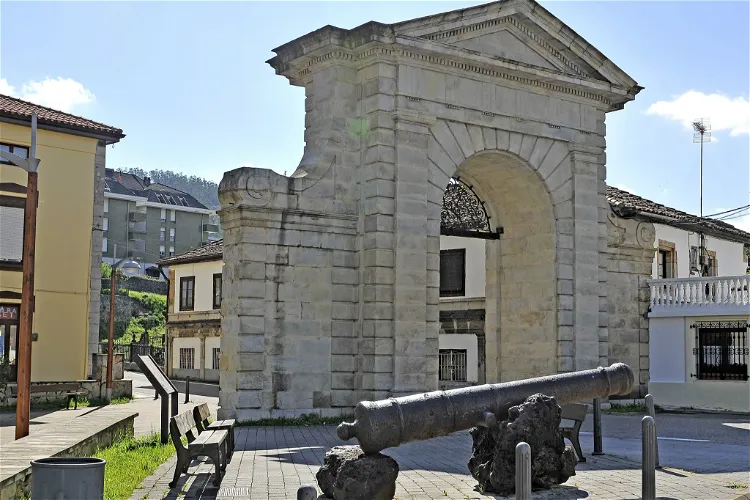
Royal Ordnance Factory Museum of La Cavada
RiotuertoThe Royal Ordnance Factory Museum of La Cavada is an exhibition space situated in the town of La Cavada, within the Autonomous Community of Cantabria in Spain. The museum offers a unique insight into the history of the cannon factory that was used by the Royal Spanish Navy and in the defense of the Empire.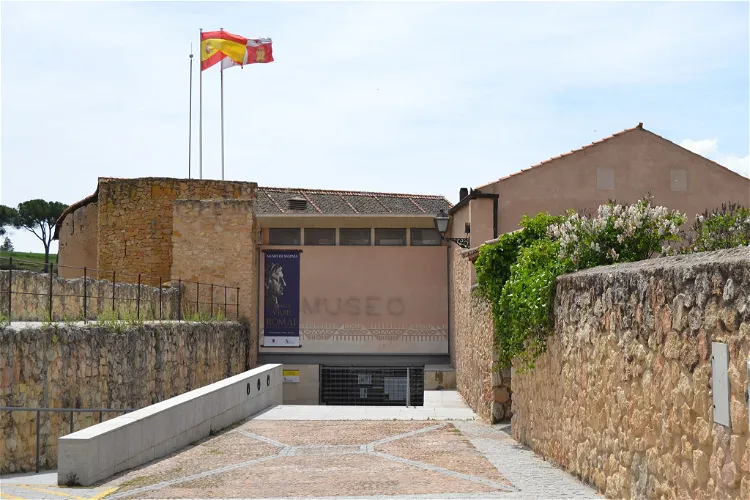
Museum of Segovia
SegoviaThe Museum of Segovia, located in the Casa del Sol in the capital of Segovia, is open from Tuesday to Saturday. The opening hours vary depending on the season. From October to June, the museum is open from 10 am to 2 pm and from 4 pm to 7 pm. During the summer months, from July to September, the museum is open from 5 pm to 8 pm.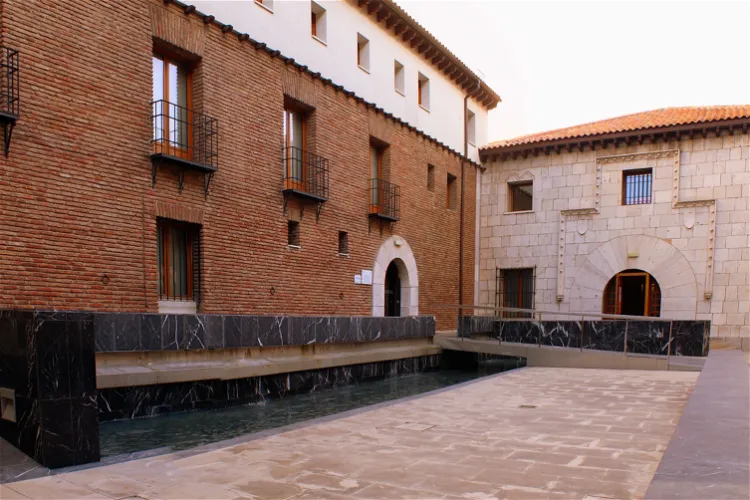
Christopher Columbus Museum
ValladolidThe Christopher Columbus House Museum, or La Casa Museo de Colón, is a museum situated in the city of Valladolid, in the autonomous community of Castilla y León, Spain. It is home to a collection of documents and memorabilia related to Christopher Columbus, the discoverer of America. The museum provides a unique opportunity to delve into the life and voyages of this iconic figure.